How to start a swimwear line
I share my tips for starting your own swimwear line, including considerations like fabrics, trends and manufacturing….
Swimwear seems to be the current fashionpreneur's product of choice. As a startup specialist I work with a lot of new brands and over the last year I've seen that pretty much every other request that arrives in my inbox is for a swim or active brand. So, I thought I'd write an article for starting a swimwear line and there will be an activewear one coming soon.
In terms of the general process of starting a swimwear brand, this would be similar to other fashion products, but with some differences - I’ll go through the key ones in this blog post. I also have more details in my free ‘How to Start a Successful Swimwear Brand’ Masterclass, you can click here to register free.
In this post, I'll be covering my tips for specific things to think about when starting a swimwear line. I've worked with around 60 (maybe even 70....) swimwear brands and these are the things I've found that people often miss, which causes problems for them later.
Think outside the box
There is a lot of competition out there. It's not all bad, competition shows there is a consumer demand, but it does mean that you need to work extra hard to stand out. I see so many brands who come to me wanting to recreate designs from other labels - you can't stand out if you're copying someone else! Plus, you'll always be on step behind (or even more). Sure, it's a well known fact that in this industry, brands take inspiration from each other, but outright copying is always a no-no. Not only is is bad for your brand and morally wrong, you can get very large fines when caught (and many big brands have teams of people looking out for copycats).
Starting a swimwear brand is an exciting opportunity to create something unique and have fun designing - take that opportunity! By coming up with something unique, you'll not only set yourself apart from the competition, but you'll also make it easier for yourself, when it comes to promotion. For instance, bloggers and influencers don't want to be featuring the same thing all the time; if your brand and pitch stand out, it's much more likely you'll get featured.
Specialised fabrics
One of the key differences with starting a swim brand vs a 'typical' clothing brand, is the fabric. A lot of people I speak to who are new to the industry are surprised to learn about how complex swimwear fabrics are. This is a specialist type of fabric, you don't want something which is going to go out of shape, get stained by chlorine or sunscreen or stretch so much it falls down, right? You need to make sure that any fabrics, including any decorative trims, such as lace are suitable for swimwear. The same goes for any hardware, such as zips, studs, clasps, fastenings, etc; you don't want those going rusty, or getting too hot in the sun.
You can also use fabrics as a way of adding extra value to your customers. For instance, there are swimwear fabrics available which are made from recycled materials, ones which resist UV rays and give SPF50 sun protection, or fibres which are quick drying, sand resistant and provide muscle control. Think about your customer and how these properties could improve their experience with your products and ask yourself if this is something worth considering for your brand.
Stay trend relevant
In my online course, I have a whole lesson on trend led vs trend relevant and go into detail on how it works. Essentially, you need to ask yourself if you want to be a fashion trendsetter, or be trend relevant. If you don't have a 'fashionable' brand, it's still worth being trend relevant. For 2 reasons, which are (in a nutshell);
Editors usually put articles together based on a specific trend. Even non-fashion magazines, like 'The Lady' or in the newspaper. If you're not trend relevant, you're less likely to be featured as your products won't fit in with the other items they're showing.
Customers are aware of trends, even if they don't follow them. Partly because of the point above and also because they'll notice retailers are showing similar themes and/or colours. If your brand is off on it's own, you're less likely to fit in with purchases the customer has already made and when people are going on holiday (often the reason for buying swimwear) they'll want things that co-ordinate in their suitcase.
Being trend relevant doesn't mean that you have to be a slave to trends, you can still put your own spin on things and keep your brand identity.
Trends also include consumer habits, which are important to be aware of. For instance, one of the leading industry magazines, Swimwear Yearbook, has highlighted sustainability as one of the key trends for SS22 and beyond. I even wrote an article for this issue, due to my passion for sustainability and I'm delighted to see that it's an issue consumers are taking on board. By being aware of these consumer trends, you can design a range which caters to your audience's current needs.
Build a range
I find that most swimwear brands that come to me think about their designs separately, rather than as a range. In my opinion (and also many others!), one of the best ways to make your fashion business profitable is to make 'add on sales' - essentially selling more than one item to each customer. If you're designing in a way that limits the customer's ability to buy an additional item, this can really hurt your profits. Rather than focusing purely on starting a bikini line, for instance, have you considered creating a beachwear line, so that you can include add on items like a sarong or cover up?
Manufacturing approach
First off, the important thing to realise that I'm not the only one who's noticed a sudden surge in swimwear labels. Manufacturers have too. The problem with this is essentially a supply and demand issue. Before, factories would work really hard to get business, they'd reply in a timely manner and answer all of your questions. Now, they are too busy to do this and if a brand doesn't come to them with the right information, they'll either ignore you, or worse, take advantage of you. So you need to be prepared with your tech packs, quantities and timeline, before you make contact. This way, they'll not only know you're serious (because you're prepared), but they'll also know it'll be harder to take advantage of you (because you've already outlined your expectations in a tech pack).
I've also noticed a rise in factories who offer 'ready made' swimwear, or designs that you can customise. While these aren't all bad, it's not something I'd recommend, for 2 main reasons;
First off, if you think back to tip number 1, thinking outside the box. How can you be unique if you're buying products that lots of other swimwear brands have access to?
Second, sizing. You're probably aware from your own shopping experiences that sizing varies a lot. One brand's version of a size 8 would be considered a 12 by another brand. If you're buying these 'ready made' sizes, you have absolutely no control over the sizing. I've worked with a few brands who wanted to make the switch from 'ready made' to creating their own designs and it was a nightmare. The sizing of the 'ready made' styles was all over the place and typically very small (because they were purchased from a factory in Asia which is typically much smaller than the UK market, where this customer was based). So we had a big job on our hands trying to create consistent sizing across the brand, without confusing existing customs with the size increase.
So, in my opinion wherever possible it's best to start off on the right foot and create your own designs and tech packs, so that you have more control over the sizing and quality.
I hope this post has helped you with starting your swimwear line. If you're interested in starting a brand, I have a free masterclass to help you launch your brand, manufacture your products and market them. Click here to register for free.
I hate spam too - if you sign up to this email list, your details won't be sold or leased to anyone else. I will email you from time to time with helpful content and occasional offers, which you can unsubscribe from at any time.
What is a Lab Dip and Why is it Important for Your Fashion Designs?
If you're working with custom colours for your designs it's really important to get a 'lab dip’. This post explores what a lab dip is + what you should know about it...
So, first and foremost, what is a 'lab dip'? A lab dip is a sample of fabric that has been dyed to your requirements, so that you can check to see if you're happy with it before agreeing for the full order to be processed. If you're creating a fashion range and having your own colours dyed, this is an essential part of the process. I would never arrange for a large order of fabric to be dyed without seeing a lab dip first and encourage you to do the same. As well as picking up potential problems, there's other things that you might notice on a fabric sample, that you wouldn't see on screen or in a colour standard.
What do I need to ask for?
Suppliers will vary in exactly what they give you and will often provide you with something that is most convenient for them. I like to request the following on all of my lab dips, as this gives me the closest representation to the real thing and therefore the most informed choice on whether I want to proceed with the design or not;
When arranging the lab dip, you will provide the factory with a specific colour reference. The way colour is communicated varies between companies, factories and dye houses and there's several different ways of doing things that all work well, so it's up to you to outline how you want to work. Some companies will use a 'Pantone' number (Pantone produce colour books which many people in the industry refer to for their colour reference), while others provide a swatch (small piece) of fabric which they like the colour of and want to match. Whatever you use, this will become your 'colour standard', which your lab dip will be DTM (dyed to match).
Use the correct fabric, i.e. the actual fabric I will use for the bulk order - there's no point getting a lab dip if it's in a totally different fabric. For one, different fabrications dye differently, so if you see a sample in cotton and the real thing is polyester, chances are the colours will look different. Also, the weave or knit of a fabric can play a part in they dying process and the appearance of the shading. For example, if a fabric is printed on a smooth fabric for the lab dip, but the final fabric is a cotton drill (which has noticeable grain and texture), the colour won't appear as 'flat'. Also consider if your final fabric is sheer or semi-transparent and how this will affect the colour.
Provide several samples. I'll admit, I'm pretty picky when it comes to lab dips, but I do like things to be done correctly. I started doing lab dips when I worked for Boden, who you may well have received a catalogue from. Catalogues can be great, however, the problem is that when they're sent, they're sent. For this reason, we always had to make sure that all of our lab dips were accurate, so that the photos from samples in the catalogue were the same as the final colours from the bulk orders. Nothing is more important than keeping customers happy and you need to ensure you meet their expectations at the very least. For this reason, I usually get a set of 3 lab dips from a supplier to select from.
An example of a colour standard printed on fabric, from Print and Press London
What should I look for on the lab dip?
When you receive your lab dip, take a close look at it and compare it to your colour standard. Keep in mind that lab dips are usually TINY, around 2cm x 2cm (less than 1 inch). You might be lucky enough to get a bigger sample, but usually they are super small, so you will have to look extremely closely.
This probably sounds strange, but look at the lab dip in different lights, in different angles, even hold it up against yourself and look at it in the mirror. In industry, we look at these in a 'light box', which control the 'type' of light being used. While these are helpful for lab dips, they're also very expensive and personally I don't feel they're worth the investment as a small brand. These are the things I always look out for and ask myself when assessing the lab dip;
Do I like the colours and if I've given a fabric reference, do they match? I do find in the industry, we can be over critical of colours and expect the closest match possible (myself included!). The most important thing to keep in mind is, if this colour is different, will it affect anything else in the range. If you've got plain fabrics, trims and accessories all matching the same colour, it's really important to ensure that the colour is a perfect match. Otherwise, when everything is sewn together, it can look 'off' and a bit cheap if the colours don't match well. However, if the colour is a one-off in the range, it can be good to take a step back and simply think, 'do I like this and will my customer like it'? If so and the colours are a bit out, it's perfectly acceptable to approve it in this instance.
Keep in mind that different fabrics dye differently, so you may notice colour variations across the same colour because of this. As with the point above, you want to think about what the lab dip is for and what the fabric will be used for. If there's 2 different fabrics, in the same colour on the same garment, you'll want to look at this closely. Do factor in things like a shiny fabric vs non-shiny. The way the light reflects off of a shiny fabric will always make the colour appear different, hence the importance of checking in different lights.
Is the quality as expected? The same colour can look great from one supplier, but awful from another, so it's always best to look at the details. Aside from the colour, the saturation is one of the most important things to check. The saturation is essentially how well the colour has taken to the fabric - is the application even, or is the base colour of the fabric showing through? The handfeel is also important to check, as some dyes can alter the feel or on some occasions, performance of the fabric.
How to give comments on a lab dip
First off, it's important to know that you don't have to accept the first lab dips the supplier sends (even if they send you multiple options the first time round). That said, do be aware of your timelines. There should always be enough time for multiple lab dips, but I know a lot of people (particularly, those new to the industry) tend to underestimate timings, so do double check that an extra set of lab dips won't affect your end delivery date. In terms of the comments themselves;
First off, if the factory gave you several options, choose the one that's closest to your colour standard
Depending on the type of supplier you're working with, you might be able to get away with a generic comment like 'Option A is best, but this is too dark, please revise' BUT....
Many factories will require (they might not ask for it, but you'll find you'll get better results from them) specific details. For instance 'Option A is best, but it's too dark and needs to have less black in it. The tone is also a little too yellow, so please reduce the amount of yellow'.
The factory might agree to make the changes on the bulk order. DO NOT accept this! You must see a revised lab dip to approve, before the bulk fabric is dyed, so make sure you ask to see one.
I hope this has helped you to understand what a lab dip is and why it's so important - don't commit to dying fabric without having seen a lab dip that you approve of!
If you're keen to learn more about the process of getting a garment into production, I have a free Masterclass available called ‘How to get Your Fashion Ideas Produced’ and you can click here to register free to watch.
A/W 2018/19 fashion trends; Historical Opulence
I love this trend for the Autumn/Winter 2018/19 season. Full of decadence, stunning details and lace designs, it’s sure to catch people’s attention…
I feel like every time I create a trend board, I'm telling you it's my favourite (although, I guess I do always pick my favourite trends, out of the many that are available, so I suppose it makes sense!). But I really think this time it is my favourite!
I've called it 'Historical Opulence' and it's for Autumn/Winter 2018/19 (Fall/Winter for our friends across the Atlantic). The trend is inspired by Royalty of the past, who surrounded themselves in luxury. For this reason, there's a lot of gold tones and beading used as well as rich, luxurious fabrics and high quality finishing. It's perfect for a high end range, but, it can also be tailored to more affordable ranges too.
For instance, lace can be pricey, so I've developed prints which give the feel of lace, but can be applied as a normal print, so you don't have to worry about using lots of expensive, delicate lace. You can also give the effect of sheer layers, by printing the lace design on a colour from your collection and also onto a nude tone.
This same technique can also be applied to embroidery designs; if you can't afford to have intricate embroidery, you can look at the option of having this printed, to give the overall feel of luxury, but in a more cost effective way.
If your brand can't support expensive beading techniques, you could consider using foil printing, to give the feel of opulence and gold, without the price tag. For example I used this method, alongside a small panel of gold, shimmery fabric, to add interest to this design;
I hope you like this trend as much as I do! If you're wanting to use some of the techniques I mentioned for brining costs down and you're looking for print designs, I'd love to work with this and have limited spaces for working with clients 1-on-1. I also have a small selection of pre-designed prints, which you can view on request. If this is of interest, you can get in touch by clicking here.
I hate spam too - if you sign up to this email list, your details won't be sold or leased to anyone else. I will email you from time to time with helpful content and occasional offers, which you can unsubscribe from at any time.
How to start a fashion label; planning for your new business
The next in my ‘How to Start a Fashion Brand’ looks at the importance of planning. Do you need a business plan? Perhaps not, but there’s still ways you can outline your business strategy to improve your chances of success.
If you're new to the blog you might have missed the first two parts in the 'How to Start a Fashion Brand' series. If you'd like, you can start with part 1, defining your customer, by clicking here.
So, first and foremost, what kind of planning are we talking about? You might be really relieved to hear that it's unlikely you'll need to create a formal business plan. These are only really necessary if you want to get some investment, or take out a loan. Essentially, the business plan is just for you at the start. Because of this, many people skip this part and just dive right in.
Please DON'T do that!
Why? Because that old saying really is true, a failure to plan is a plan to fail! There's so many reasons to make a plan before you start your new business, including;
So many new entrepreneurs come to me because they get stuck and can't figure out what to do next. By having a plan from the start, you'll always know the next step and will waste less time procrastinating and figuring things out.
Decision making becomes a lot easier; when you have a plan for your fashion line, you can make decisions based on what will get you closer to your specific end goal.
There's lot of different selling strategies when it comes to fashion. By deciding which methods you'll use from the start, you can design your range accordingly and make sure the collection fits in with the retail prices you want to offer to your customers.
In the first post of the series, we talked about the importance of the target customer. Each step of the business process, from the collection you design, to how it's made and marketed, should always have the customer at the forefront. By choosing a business strategy in advance, you can make sure that it's the right one for your customer and their expectations for the brand.
What happens if you don't make a plan? In one word. Stress!
Full disclosure, for my first business; I didn't make a plan. I was young, naive and thought I could 'wing it' (sound familiar?!). To my surprise, I actually made sales and even more surprising, I couldn't keep up with it. I didn't have a plan or systems and ended up working half the night, 7 days a week in order to keep up with demand. I was stressed to the max and couldn't see a way out. Not only that, but because I was wasting so much time because of bad planning and processes, I couldn't even develop my business with new products, so things kind of fizzled out. Long story short, I took time out to plan and reorganise and what do you know, my designs made it into the Vogue diaries AND I didn't have to work through the night. Win!
The moral of the story? MAKE A PLAN!
What do you need to know about yourself, before you can make a business plan?
Before you can make a start on planning, you need to ask yourself a few important questions. I encourage you to really think about this and actually write your answers somewhere to help you focus.
How much time can I spend on my business per week?
How much money can I afford to spend on my brand this year?
How much of a risk am I willing to take?
What do I want to achieve with my brand?
How do I want this business to affect my life (eg, do you want to have some additional income from something you like, do you want to solve a problem you've seen, do you want to make your business your full time job?)
Also, you can think about your target customer and the information you have on them;
Does the customer want unique pieces, or do they normally shop at mainstream brands?
How does the customer shop? For example, via social media, a website, or do they prefer to browse in store, or at an event?
Does the customer value the experience, are they willing to wait for their garment? Or do they want it right now?
In general, there's a lot of other considerations for your business, but these particular questions can help you to decide on which business model is best for your particular situation.
Making a plan is also about taking time to think about the type of business model that's right for you, your business aims and your target customers. After you've answered the questions above, take some time to think of the business strategies available and which would work with your answers.
So, what kind of business models are there?
Custom orders; where you make garments after a customer has purchased them. Often brands who use this method will offer some sort of customisation, for example they offer a range of colours or lengths.
Pro; Don't have to hold lots of stock
Con; Requires a lot more management
One of a kind, or OOAK; This could be things like vintage clothing, or upcycled/repurposed items.
Pro; Don't have to spend money on sampling
Con; Each item can only be sold once, so there's more work to do. Both creating/acquiring new stock to sell and also things like photography, if selling online.
Preselling; making samples to test your ideas and sell to customers, before you commit to a larger scale order
Pro; You can test your ideas before spending lots of money, or committing to a large order
Con; Customers will have to wait for their item to be delivered
One product; don’t feel like you have to launch a whole range to have a successful fashion business. If you’re on a budget, it’s possible to begin with just one, well thought out style.
Pro; Easier to manage as you don't have lots of styles in development at once
Con; It's harder to sell multiple items at once
Selling direct to consumer; this is where you sell directly to the end user, without a middle man. This includes things like selling on your website, via social media, or a pop-up shop
Pro; Higher profit margins and you're in control of your marketing and brand
Con; You have to have lots of customers in order to make a lot of sales
Selling wholesale; this is where you sell to a third party, who will then sell on to their customers. For example, you might be stocked in a local boutique, department store, or on a website like Net-a-Porter.
Pro; You can often get big orders from just one customer
Con; You make less profit and have less control over the marketing of your brand
Chances are, to get the perfect business model for you, you'll want to mix and match some of these concepts. They all have pros and cons, so it's all about selecting the one that's ideal for your situation. The pros and cons I've listed here are by no means an exhaustive list, but hopefully it'll get you thinking about what options are out there and how they work.
I hope this has helped you to understand why it's really important to have a plan before going into business and also helped you to understand some of the things you need to know about yourself and your brand, before you can make a start.
As I said, all of the business model options have lots of pros and cons, which I go into in extensive detail in my signature 'Fashion Startup Online Course'. There's a whole module on planning and business models, with over 3 hours of video content on this topic alone! You can learn more about the course, what's included and how it can help you, below;
I hate spam too - if you sign up to the email list, your details won't be sold or leased to anyone else. I will email you from time to time with helpful content and occasional offers, which you can unsubscribe from at any time.
S/S 2018 trends; Geometric Illusion
Looking for some inspiration for your next clothing or print range? In this post I talk about one of the key SS19 fashion trends....
By popular demand, this month I'm covering another SS18 activewear trend. Activewear is a huge area of growth and often a lot more fun to work with as you can experiment with bold and busy patterns, so it's no wonder so many of the startups I work with choose activewear! This trend creates an optical illusion from geometric inspiration. The geometry aspect comes from many sources, from modern glass buildings to insect wings, if it has interesting geometric shapes, it's in!
I've got to admit, I'm loving the colour scheme for this trend! Black, white and grey are typically bestsellers and I love the use of green in activewear, do you?
So far, I've made a start on one print. Stripes are always popular but I wanted to create something a bit out of the ordinary. I looked to geometric shapes in architecture to get the inspiration for the stripe layout. Then I looked to the softer references on the moodboard to colour the stripes in an unusual, abstract way.
There are a number of trends showing for activewear this summer and out of all of them I feel this one is most commercial, partly because of the colour palette but also because it's a familiar trend that people feel comfortable with. It's not cutting edge or completely new, more of a new interpretation on something that customers already know and love.
As a designer, it's exciting because there are so many different ways that you can take the design ideas - from busy overlapping shapes to simple stripe ideas, the options are huge!
I hope this post has given your some inspiration for your next range. This is the last trend for S/S18, next time on the blog, we're moving on to A/W 18/19 - how time flies! If you're still working on S/S18, (it's best to move fast as production will need to be happening very soon).
I hate spam too - if you sign up to this email list, your details won't be sold or leased to anyone else. I will email you from time to time with helpful content and occasional offers, which you can unsubscribe from at any time.
I hate spam too - if you sign up to this email list, your details won't be sold or leased to anyone else. I will email you from time to time with helpful content and occasional offers, which you can unsubscribe from at any time.
S/S 2018 trends; Textured abstract
Looking for some inspiration for your next activewear range? Then I have something for you.....
Trend information doesn't come cheap (and I mean seriously expensive, a WGSN membership is £10000 per YEAR!) and you may have noticed that there's very little free information available. Being trend aware can be really important for a fashion brand, as it helps you to keep you trend conscious customers happy and be relevant to the press. But, most of us can't afford £10,000 a year - I get it, so I thought I’d share some mood boards on the blog.
A while ago I posted some activewear designs and have been overwhelmed by the response (thanks, everyone!). It's clear that a lot of you are wanting to start an activewear label, which is great. It's a really exciting area to work in and if you love print, it's especially good as I find that you can be much more adventurous than you can with everyday wear. There's a number of activewear trends showing for SS18 and a personal favourite is the use of textures to create an abstract style. It's a little bit different from what we've seen in other seasons, as there's now an addition of watercolour style influences, which is a nice touch and gives a softer look than the fully digital styling.
I'm a huge fan of coral so I was excited to see this trending, along with the fresh green colour which I think compliments it well. Personally, I really like these colours on there own, but it is always good to include some of your bestselling colours in the range too, more often than not, black, grey and white. Of course, you could introduce one or two of these prints/colours into a monochrome range; this could be a way of being trend relevant, but still commercial.
As well as the activewear market, I also think this print could work really well for the swim market, I can picture this print design on a sporty, high neck bikini set.
If you're interested in having a print designed for your range you can get in touch here for more info about working together.
I hate spam too - if you sign up to this email list, your details won't be sold or leased to anyone else. I will email you from time to time with helpful content and occasional offers, which you can unsubscribe from at any time.
I hate spam too - if you sign up to this email list, your details won't be sold or leased to anyone else. I will email you from time to time with helpful content and occasional offers, which you can unsubscribe from at any time.
Print design trends; Paisley | How I created my Paisley print
A lot of work goes into creating an on-trend, commercial + high quality print. The Paisley trend looks set to continue for S/S2018 + this post goes behind the scenes to see how I created a paisley print....
For me, designing a new print or range is a long process. I come from a design background where speed is key + repurposing old designs is the norm, but in reality, this isn't my style. I really missed working on original designs, which is one of the reasons why I started my own business.
For the most part, I always start with a hand drawing or painting. I definitely don’t have a natural flare for sketching, but I find it helpful to get some ideas down on paper that can be refined later. Depending on the design, there might be some painting, dying, or another messy technique involved (marbling is a personal fave!) - l love experimenting with colour + texture. For the paisley print, I was working with a simple colour scheme, so I just did some initial sketches.
The next stage is digitising the print, in this case I used Adobe Illustration to start. After scanning in my sketches, I start to fix some of the imperfections in my hand drawings - I don't fix them all though, because I love to show a bit of the handmade quality in the artwork. This is the part where I wish I wasn’t a perfectionist. Despite a decade of experience with illustrator, it’s easy to get caught up looking at every tiny detail zoomed in at 500% + spending hours on something that no-one will ever see!
Once the shapes are complete, I start putting them into a repeat pattern. A repeat pattern means that you can basically print the design to infinity, without any lines or marks in the design - it lines up seamlessly. I think this is something that can take a lot of designers hours to work on and a lot seem to stick to ‘placement prints’ (where there’s no need to do a repeat). But, after years of practice and learning a few tricks, the repeat comes together naturally. I play around with lots of different options for colour, scale, layout + have fun putting the design together. In the end I never seem to be able to choose a favourite, so I generally offer a few options.
After some further changes to the colour + scale, the print was then ready to use. Although I'm a specalist in print for fabrics, I couldn't resist using this in a wedding stationary range, as it fitted the brief so well. Here's a few examples below of the print being used.
Want to learn more about working together on prints? Click here to get in touch.
Why do colours appear different when fabric is printed or dyed?
It may sound simple but colour selection and management can be a complicated issue. Find out why in this post....
It can be really frustrating to have taken the time to carefully select colours for your range, only to find that when your samples come in, the colour looks different from how you imagined it. Most people think that dying or printing a fabric to match a colour is easy, but actually it can be very complicated + may take a couple of months to perfect the colour. Theres a few factors that contribute to customers being disappointed with colours that a factory or supplier have presented to them;
- Sometimes, the colour hasn't been communicated well enough. For example, people who are new to the industry may just ask the factory to dye the fabric 'blue', or 'black', or 'yellow' and so on, but there are hundreds of variations of these colours and this information is far too vague. Look at the 2 pictures below. The first shows a colour book (see how thick it is!) and the other is a search for 'Black' on the Pantone website, which generates over 100 results.
- The colour may have been approved on screen. Keep in mind that on-screen colour can look very different, depending on your monitor settings. As a quick example that you can do now to see the difference, change the brightness settings on your monitor. Even changing this 1 or 2 places makes a big difference to how the colour appears to you. But, in the system, the colour details (that you may have chosen to print from) remain unchanged.
- The colour may have been approved on a different fabric, or perhaps on a paper printout. Different fabrications absorb dyes differently + also the texture/transparency of the fabric has a part to play in how the colour appears as well. Just because you like the way the colours looked when you printed it out on paper doesn't mean that you'll be happy with how it looks on fabric. Something else to consider is that if the fabric is slightly transparent, essentially colours in the background will be mixing with the fabric to create a different colour. For instance, on a transparent sleeve, the colour will look slightly different on people with different skin tones.
So, what can you do about it? There's a few things that you can do to have more control over the colour of the finished print. In general (as with much of the production process), a lot of the success comes down to communication + making sure that you + your factory are on the same page;
- Testing the colour is always a must, I would never confirm a fabric order without having seen a test. For dyed fabrics you can request 'lab dips' from the factory. These are small samples of fabric that has been dyed following your request, often they will send several options + you can choose the best one. Don't be afraid to reject the samples if you're not happy with the colour, but remember to give the factory detailed information on what you did/didn't like + what needs to change so they can improve it for you. For printed fabrics, you can request a 'strike off', this is a test print of fabric. There's a full post about strike off's that you can read by clicking here. Ensure that any tests are done on the correct fabric that you will be using on the final garment to ensure the best results.
- Give the factory a 'colour standard' to dye/print from. Different companies use different references for colour standards, but essentially this is a colour that the client gives the factory to print from. The colour is named + the factory know that (because you have briefed them well) every item with that colour name should be dyed to match (also written as DTM) the colour standard. You could give the colour standard as a swatch of fabric, digital colour code or Pantone reference;
- Swatch of fabric - this method is often used in industry, but do keep in mind as mentioned above that different fabrics do dye + can appear differently. If you use a piece of fabric make sure it's a single colour fabric (i.e. the threads are all one colour) + try to avoid using anything with lots of texture or grain as this will make it harder for you to match + compare the colour.
- Pantone - the Pantone reference system is an internationally recognised colour matching system. They sell various products, such as colour books (even ones with cotton swatches, ideal for the fashion industry) + most large companies + factories that you come across will also have a Pantone book. This makes things easier as Pantone is so widely recognised + also saves time as you don't have to send a sample to the factory, you can just email the number to them. Pantone numbers also have digital colour codes that can be used in the creation of digital artwork. In my opinion (+ the opinion of lots of others too!) Pantone's are the easiest way to work, but it comes with a price tag - an entry level fabric Pantone book is around $600US (approx £465).
- Digital colour codes can often be found in print artwork + some printers will give you a reference guide, printed onto fabric, that you can work with to get an idea of what the print will turn out like. You can see an example of one of those below from Print & Press London.
I hope this post has given you some insight into the complicated process of colour matching! You may wonder why this matters, but it can actually effect sales. I used to work for a big company who sent out lookbooks to all of their customers, over 1 million of them. In the lookbook, all of the colours looked as though they matched perfectly, so people would by outfits to match. However, as the colour didn't match they would return the items to us. Not only had we lost a sale, but we also had to absorb the cost of the postage (in the UK if someone returns an item within 7 days you have to refund the postage) + also the cost the packaging + paying staff to return this to stock. So it does pay to get the colours matching! As always, if you have any questions feel free to pop them in the comments below, or message me directly here.
I hate spam too - if you sign up to this email list, your details won't be sold or leased to anyone else. I will email you from time to time with helpful content and occasional offers, which you can unsubscribe from at any time.
How is an on-trend print is created?
A lot of work goes into creating an on-trend, commercial + high quality print. This post goes behind the scenes to see how print are developed...
You may have seen my post a couple of weeks ago on how professional designers create a moodboard (if you missed it you can catch up by clicking here). In the post I covered how I create my moodboard, that I follow when creating fashion + print ranges. This post covers the next part of the process, designing the print.
As we discussed in the last post, I created the moodboard below, by combining information from trend reports that I have purchased, things that I have seen happening in industry, for example at trade shows + trend seminars + also my own style preferences. I touch base with the moodboard all the time, to ensure that I keep on track, I always have it open when I'm developing new ideas.
For this example, I'll use my Neon Palms moodboard shown below. When I start designing, I also refer to other inspiration that I collected along the way, that may not have been a good enough fit for the moodboard, but still of use. For example, close up shots of palm leaves, neon light usage, colour inspiration + in this case, research I did on tropical scenes + palm tress. This 'primary' research is always so important, as it ensures that my designs are completely original. Lots of designers follow other designers for ideas. I personally don't do this, as I think it limits your own creativity and can make you feel a bit 'blinkered' (like you can only think of what you've seen + get stuck in a rut) I find that using my own photography + references really helps my design process.
The images below were taken at a light installation in a park. These shots are perfect for the Neon Palm theme, there's lots of different types of palm leaves/trees for inspiration + the lighting reinforces the neon aspect of the theme. I used these to sketch + paint from - I often start with traditional arts techniques, again to get my own personal style into each piece I create. I used these palm leaf photos to develp my own motifs. For the particular design I'm showing you, I decided to do a silhouette of the leaves which were hand sketched and digitised.
Below shows some of the motifs I created from the palm tree photos. I kept referring back to my trend reports + I liked the concept of mixing stripes with palm leaves + as you can see started to experiment with that. Then came the colour - a bright mix of pink + green, which I mixed in a more modern way than the simple stripe with palms overlaid. I love this bright colour, but appreciate it's not for everyone, so I've also made this available in black + white, plus a trend led but slightly more subtle green + purple option. Interested in getting some print designs done? You can click here to chat about working together.
What is a Strike Off and Why is it Important for Designs Using Prints?
If you're working with print designs it's really important to get a 'strike off' made. This post explores what a strike off is + what you should know about it...
So, first and foremost, what is a 'strike off'? A strike off is a sample of fabric that has been printed to your requirements, so that you can check to see if you're happy with it before agreeing for the full order to be printed. I would never arrange for a large order of fabric to be printed without seeing a strike off first and encourage you to do the same. As well as picking up potential problems, there's other things that you might notice on a fabric printout, that you wouldn't see on screen. I always encourage people to print a paper version as well, but seeing the design on the correct fabric and in the correct colours is really important.
Don’t forget that strike offs are a small part of the fashion production process! If you’re looking for an in depth step-by-step guide to manufacturing a fashion product from scratch, click here to check out The Fashion Startup Online Course.
What do I need to ask for?
Suppliers will vary in exactly what they give you and will often provide you with something that is most convenient for them. I like to request the following on all of my strike offs, as this gives me the closest representation to the real thing and therefore the most informed choice on whether I want to proceed with the design or not;
Use the correct fabric, i.e. the actual fabric I will use for the bulk order - there's no point getting a strike off if it's in a totally different fabric. For one, different fabrics dye differently, so if you see a sample in cotton and the real thing is polyester, chances are the colours will look different. Also, the weave or knit of a fabric can play a part in whether or not a print is suitable. For example, if a fabric is printed on a smooth fabric for the strike off, but the final fabric is a cotton drill (which has noticeable grain and texture), the print might not look as nice. Also consider if your final fabric is sheer or semi-transparent and how this will affect the colour
Provide a sample bigger than the actual repeat. There's 2 kinds of prints; placement prints, where the print is on a specific part of the clothing, for example a slogan print on a t-shirt and a repeat print, where the fabric is printed all over and the print lines up seamlessly. If you've got a placement print, you should ensure you receive an example of the full print. For a repeat print, you want a sample bigger than the repeat. This is so you can view the whole print design and check to see if you like it, but also so you can check that the repeat lines up seamlessly and looks nice.
If you have any specific colour references, make sure you let the factory know before you have the strike off printed. The way colour is communicated varies between companies, factories and printers and there's several different ways of doing things that all work well, so it's up to you to outline how you want to work. Click here to learn more about this. The printing type also plays a part in this too. For example, if a print is being screen printed, inks are usually mixed 'by hand' and therefore a colour standard or Pantone reference number is used. For a digital print, many companies often just use the digital print file to print the colours from, as there's often hundreds of colours in the print, which would take too long to assign a colour standard to. If there's a predominant colour that ties in with other items in your range, you may wish to provide a colour standard or Pantone reference for this.
Here's an example of a strike off I ordered and colour guide. Some printing companies will give you a colour guide printed on to their most popular fabrics, or you may be able to request this on the fabric you would like to use.
What should I look for on the strike off?
When you receive your strike off, take a close look at it and ideally compare it with a paper printout and also any colour standards if you've used them. This probably sounds strange, but look at it in different lights, in different angles, even hold it up against yourself and look at it in the mirror. These are the things I always look out for when assessing the strike off;
Is the scale correct? There are some print methods which only allow repeats of a certain size to be used, for example rotary printing. I've had experiences where the factory hasn't told me that they don't have the correct size equipment, so they just scaled the print up without telling me. The print came in and was huge and didn't look right at all, so it's always worth checking the scale, just in case
Do I like the colours and if I've given a fabric reference, do they match? The most important thing to keep in mind is, if this colour is different, will it affect anything else in the range? If you've got plain fabrics, trims and accessories all matching the same colour, it's really important to ensure that the colour is a perfect match. Otherwise, when everything is sewn together, it can look 'off' and a bit cheap if the colours don't match well.
Does the print work with this fabric? Sometimes you'll find that a fabric just isn't doing the print any favours, or vice versa. For example, you might have seen me working on the print below. On screen I was really happy with it and printed on a smooth fabric, I thought it looked great, perfect for a swimwear range as it suited swim fabrics and also chiffons for cover ups. I also wanted to try the idea of a cotton drill beach bag, so I ordered a strike off. I've put a close up photo below, so you can see what I'm talking about. As you can see on the left, the grain of the fabric is causing visible lines in the print and some of the horizontal lines even look white. However the original doesn't have any such lines, as you can see on the right image. From this strike off, I can see that this type of print and this fabric aren't really what I was looking for and I won't have any further prints done on this fabric. This is exactly why we have a strike off - much better that I tried it on a small amount and realised I didn't like it, rather than spent money on the full order!
Is the quality as expected? The same type of print can look great from one supplier, but awful from another, so it's always best to look at the details. Check things like the colour saturation (how well the colour has taken to the fabric - is the application even, or is the base colour of the fabric showing through?), the definition (are details getting lost?) and the handfeel (is the ink causing the fabric to feel stiff?).
I hope this has helped you to understand what a strike off is and why it's so important - don't commit to a print order without having seen a strike off that you approve of!
💌 Love this kind of no-fluff, high-value advice?
Then you’ll definitely want in on my weekly newsletter - Designer Diaries. It’s your behind-the-scenes pass to growing a fashion brand without the overwhelm. Think bite-sized strategy, creative inspo, and the kind of real talk your business actually needs.
👇 Sign up below to get it straight to your inbox every week….
Client success; Griarté
It's lovely to be able to share with you a great brand, aimed at the sports + streetwear market. You can shop Griarté's new range, here....
It's always so rewarding to see things come together + become available in stores, not just with my own work + designs, but also clients that I've coached or worked with in some small way. A couple of weeks ago I was happy to hear from a client who I'd done some custom print designs for a few months earlier. The brief was to encorporate the company logo + create some placement prints suitable for the streetwear market. The brand, Griarté, combines activewear + streetwear influences to create a range of products that aims to encourage people to live more active + healthier lives.
As you may know, I'm passionate about giving back, in any way you can. One of the things I love about Griarté is their philosophy, they have a foundation which receives 10% of all of their profits. The Griarté foundation helps a variety of people, with a focus on child education + health. You can read more about their work + donate via their website - www.griartefoundation.org
It looks as though this style has now sold out, but you can shop similar styles by clicking here.
I wanted to share a few images from the brand, you can click on the images to shop. These are the first few prints I've created + there's more to follow - I'll keep you posted! I'm really excited to be able to share what Griarté has achieved so far. If you'd like to know what custom prints can do for your brand, feel free to get in touch here.
I hate spam too - if you sign up to this email list, your details won't be sold or leased to anyone else. I will email you from time to time with helpful content and occasional offers, which you can unsubscribe from at any time.
How to create a fashion trend board
Ever wondered what professional designers are inspired by + how they create a 'moodboard' to work with? If so, then read on....
I often get asked where I find design inspiration + there's a couple of answers depending on what I'm designing. Generally speaking, if you're creating designs for the mass fast fashion market you would look to designer fashion + other successful labels for inspiration (note inspiration - don't copy as it's bad form + you can be charged thousands for copyright infringement!). In this instance, inspiration usually means looking at best selling items from other brands, who have a similar target customer + developing this to include your style + your customer's preferences. For example, you might note that a lot of designers are producing huge ruffle skirts in bold colours. You might not like the size or colour, but you could then develop the idea of ruffle skirts. A good way to work is to update some of your previous bestsellers to add some freshness for the new season. For example, you could redesign your bestselling pencil skirt to include a subtle ruffle hem.
If you're producing designer fashion + want to produce really original designs, the best way to work is not to include any fashion items on your moodboard. Yes that's right, don't include any fashion items at all! This is because viewing other fashion items can often limit your own ideas, if you take clothing out of the inspiration all together, it really pushes your creativity further. You've probably heard top designers speaking about their inspiration as being something random like horses or tribal tattoos, things totally unrelated to fashion + might wonder what they've been smoking (I did too at the beginning!). But truth is, it really works!
So, what do I put on my mood boards if I can't reference fashion items? This really depends on what you're inspired by! For me, inspiration can come in the most unlikely forms + you have to find what inspires you. Maybe it's travel, flowers, art, architecture, it can be whatever you want - I did my graduate collection on rock formations. Yes that sounds weird, but it worked, some of the designs I made in that collection went on to be bestsellers when I started my company.
The other thing I always include on my trend board is a clear colour palette, so that I can make sure everything, from the fabrics to the prints, to the promotional materials tie in together. I also include a 'colour standard', which is what I'll be sending to suppliers to match the colour of the items, this might be a Pantone code, or a swatch of fabric. I like to stay trend relevant + do research prior to each trend board that I create. Trend information can be expensive (+ by expensive I mean tens of thousands), which is why many businesses decide to work with freelancers like myself, as it’s more cost effective than buying their own trend reports.
To put the trend board together, first of all I do what's called 'primary research', I go out + take photos of something I find inspiring. Then comes secondary research, which is ideas I find in books + online that relate to my theme + also trend research. Often I find that I have one 'iconic' image that sums the collection up nicely. If you follow me on social media, you've probably noticed that my current inspiration is 'Neon Palms' - a bright, modern take on the palm tree look + while I was getting research, the scene above that I took a photo of turned out to be the perfect look. I ended up changing the colours slightly to tie in with the trends, but the overall feel is the same.
I also like to include some of my own designs or sketches on the moodboard, to use as a point of reference. In truth, my inspiration board starts off as kind of a mess, with lots of photos on my desk + as I start doing some painting, sketching or photoshopping, it becomes obvious which are the best ones to use for the board.
After I've had a play with concepts, I put a finished moodboard together which I then constantly refer to, not only through the design process, but also when approving colours, fit samples + creating marketing materials. Inspiration boards are also great to share with anyone you're working with, as it helps to keep everyone on the same page.
There's lot's of different ways to make a moodboard. I use Adobe Photoshop, but don't feel that you have to buy software, the learning process for Photoshop is long as well, so if you don't already have it, I wouldn't worry about getting it. There's lots of free apps that allow you to create your own moodboard (there's even one called 'Moodboard on the go'). There's also the old-school (and much more fun!) option of creating a collage, either on a piece of card, in a sketch book or on a cork board. This is definitely one of the best jobs that you'll do when running a fashion business, so have fun with it + be creative! I'd love to see any boards you create, so please feel free to send them over, or tag me on social media.
Want to work together on your moodboards, inspiration and trend research? Click here to get in touch.
How to start a fashion brand; part 1
If you're wanting to start your own fashion label, here's the very first step in making that dream a reality...
Lots of people ask me how they can start a fashion line and what’s the first thing they should do when creating their clothing label. Well, the best place to begin is the area that has the most impact on your business; the customer. Without the customer, there's not a fashion business - simple as that (in fact, the customer is so important that it’s a core part of my Fashion Startup Online Course).
There's a common misconception that you should build a business and find customers to buy your products, I (and a lot of others!) don't believe that. Why? Let's look at it this way. Business is hard, especially these days; everyone is on a budget and you have to work extra hard to get people to buy from you, so you can't afford to be 'liked' by people. In order for someone to make a purchase, they have to love what you're doing and what you're selling in order for them to part with their hard earned cash. It's a lot easier to find a customer and design something they will love, rather than try and sell a product to everyone (because you didn't target a specific customer) and somehow get them to love it.
How do I choose a target customer?
There's lots of different ways that you can select a target customer. Ideally, you want to offer a solution to a problem, or create a product there's a demand for, as it's a lot easier to sell to people if A. there's less competition and B. they have a genuine need for it. Therefore, a good place to start is by doing some market research, either yourself or by working with someone like myself to help you with this process.
If you're doing market research, it's a great idea to ask people to complete a short survey, you can set one up quickly and easily with many of the free online tools available. Good things to ask are;
Which brands do you buy from
How often do you shop
How much do you spend on clothes a year
Which brands would you like to buy from (if money was no object)
What size do you buy
Where do you get outfit inspiration
Do you shop instore, online or both
What clothes do you buy most often (e.g., activewear, workwear, casual)
A good idea is to use multiple choice answers where possible to make it easier for you to assess the results. For example when asking 'how often do you shop' have checkboxes saying 'weekly', 'monthly', 'annually'. Also, make sure you've written somewhere that your questions are in relation to clothes/fashion.
What do I need to know about my customer?
The more information you have on your potential customer, the easier decisions will be. I like to split my findings into 2 kinds of information;
Demographics;
Age
Location
Gender they identify as
Dress size
Income
Disposable income (i.e. the money left after paying the bills)
Family
Psychographics;
Style
Beliefs/ Values
Likes/Dislikes
Where they shop
Where they spend time in real life + online
Personality
Lifestyle
Behaviour
What should I do with this information?
Another area of this process that causes a split decision is the concept of customer 'avatars' (not the movie!). An avatar is an imaginary representation of your ideal customer - this doesn't have to be based on a real person, but is the culmination of your research and findings. The other option is to consider your target audience as a whole and use a range of details. For example, age. Your avatar would have a specific age, whereas a target audience profile would have an age range. Personally, I do both of these options for all of my businesses and review them each year. Why? I find it really useful to have a customer avatar and I create everything for them. Decision making is so much faster when you have one specific person in mind that you want to 'wow' and if you're working as a team it makes it easier, as everyone has a clear vision of the customer, as it's not a range of traits that are open to suggestion. I also like to have a target audience profile, because when doing targeted advertising, such as Google Ads, you have to enter a range of information - you can't be as specific as a certain age, for instance.
And that's it - the very first step towards launching your very own fashion brand! I really encourage you to spend time on this, it's definitely not something that should be rushed. I know you're probably excited to get started with your brand, but a job worth doing is worth doing properly!
If you're excited to get started and would like to get step by step help along the way, you might want to consider my Fashion Startup Online Course, which has 8 modules which explain the key steps when going from idea through to having your fashion range produced and sold. You can click here for more information on the programme.
Packages tailored to small + startup fashion labels
If you're a small or start up fashion label, I'm now offering packages completely tailored to you, learn more about the options, which start at just £40, here.....
One of the most important things you have to do in business is to listen to your customers, not only at the start when you're finding your feet, but throughout the life of the business. I often take time to review what my customers have been saying + take action - whether it's a small or large change. Over the last month I've been working on 2 major changes, an update on my print design offering + also packages that are tailored to specific customer needs. You may remember that I did previously offer packages, but the feedback I was getting was that it was a bit confusing to find relevant packages. After delving deeper into the feedback, I found that some clients are confident with industry terminology, they've already had their own range + are looking to make it better, whereas others are excited to start a label, but haven't got any experience + haven't really started a business yet. So, I've now split my offering into groups that are relevant for your situation, which I'll go into a little more detail below;
The new 'work with me' page has been simplified, as above. You can choose to get in touch with me (I'm always happy to answer questions, so if you'd like you can contact me here + tell me a bit about yourself), or view all of the services available at once, but the easier way to find what you need is by selecting which statement applies to you. All of the packages are cheaper than buying individual services from me + are budget friendly. I know that funds are tight when starting a business, but it's important to get the help that you need + I want to make sure that it's accessible to anyone who has a vision of going out + starting their own label, so my offering starts at £40 (approx US$52 at the time of writing). Here's a little more information on each of the statements + how they can help;
I have an idea for starting a fashion label
This category applies to people who don't have experience within the fashion industry + want to learn the basics and/or people who have ideas, but haven't started producing any clothing yet. This section will explain things in more detail, so you don't have to worry about not understanding terminology. It's also clear about what you get with each package, you can choose from only designs or designs + technical documents, both of which include one-on-one coaching sessions with me so that you can get the most out of the experience + improve your understanding of the industry. The startup packages can be found via this link.
If you're new to the industry + would like a handy reference sheet with definitions of fashion industry terms, you can click here to learn about my free ebook with fashion industry terms.
I want to get my designs into production
This is a common problem that my clients face; they love designing + know what they want to make, but have no idea to start, what they need or how to get the best prices. These packages are specifically for these people, who haven't started production yet + would like some direction. There's options for tuning your designs into technical documents that a factory would understand, as well as coaching help to understand the process of production + working with a factory. A personal favourite of mine is the option to have your fashion range reviewed + assessed for potential problems, so that you can minimise the risk of going into production. This includes looking at your designs from the perspective of a customer, buyer, the press, pattern cutter, merchandiser, garment technician + factory to make your range the best it can be. You can view all of the packages tailored to this type of business, here.
I want to increase my profits + expand
If this is you then, congrats! You've already launched your fashion line + although you may not be seeing the profits that you'd like, you've made a start! This section is for those who have already had a range produced by a factory or seamstress + either didn't see the sales they wanted, or the product wasn't as well made as they'd have liked, or, they're happy with the way things are + want to expand. Expand can cover a range of things, it may be getting into stores + selling product in more places, adding a new type of product to the range, or providing items for a different type of customer. These packages cover more advanced strategies + cover things like getting the most profit for the best quality, improving your product offering based on sales + building a better relationship with suppliers. All of these packages come with consulting sessions to ensure that you fully understand the techniques + strategies we talk about + to give you the opportunity to ask specific questions relating to issues that you're having, areas that you want to improve, or business development ideas that you have. All of these packages can be viewed here.
Want to learn more about working together? Click here to get in touch.
5 Mistakes to avoid when starting a fashion label
Wanting to start your own fashion label? This covers the top 5 mistakes to avoid when starting your fashion line....
Mistakes to avoid when starting a business - this post is specifically for the fashion industry (because as we know, the fashion industry always has to be a little bit different + a little bit harder than other industries!). So, here's my top 5 mistakes to avoid when starting your fashion label (+ you can trust me, because I've been there + made those mistakes when I started my own business many years ago, so you don't have to!).
If you want to start a fashion business but don't know where to start with manufacturing your clothing, you can click here to register for my free Masterclass ‘How to Get Your Fashion Ideas Produced, Without Wasting Time and Money’
1. Don't be vague
I understand there's a massive temptation to just design whatever you fancy, but the reality is that if you're to succeed in business, there needs to be plan + structure. The first step to starting your fashion business is to really think about who your customers will be + what you want your brand to be like (more on this in an upcoming post) + this is super important, as this will help you make decisions throughout your business. The products you make, to the quality, where you sell them + how you market them, will all be dependent upon who your target customer is + what your brand image is. For example, if you put a lot of time + effort in making a beautiful eveningwear collection + your next range is Men's board shorts, customers + stockists will be left feeling confused + you will most likely alienate most of your existing customers. I appreciate this is an extreme example, but you see what I mean! When working with pretty much any professional, you'll be asked details about your business, target customer + brand ideals (there's a free checklist in my resource library which covers all of the questions I ask my design clients. You can download it below for free if you'd like) + you'll get much better results if you can clearly + confidently tell them.
2. Don't try + please everyone
Tying in with point number one, when you've decide on your target customer, make sure you stick to them. It's great to do customer research before starting work on your designs + products, it's something that I'd recommend to everyone. If you are doing customer research though, do make sure that you get enough opinions + don't just ask 2 or 3 people. The reason for this is that you can't please everyone + you need to differentiate what ideas are genuinely in demand + which are the opinions of just one person. For example, a large retailer I worked for reviewed ALL of the customer suggestions that were sent in, this is great for both the company (customer feedback is absolute GOLD) + the customers were happy to have their say. But we didn't (+ couldn't possibly) follow all suggestions through. We had to look at the majority + as we had over 100,000 customers, we couldn't start branching out into dog beds because one person asked for it. The bottom line is that you cannot + will not please everyone + that's ok. It's much better to create products that your small audience will love, rather than a range that a lot of people will kind of like but probably not enough to be a customer.
3. Don't try + do everything yourself
This is the one that I'm most guilty of, it took me years to reach out to others to help me with things that I'm not an expert at + in hindsight I can see how much it slowed my business down, both because it took me so long to get things done (for example, my website, because I learnt how to build a website + then built it, rather than just hired someone to do it) + also because there were things that I simply didn't know about. I'm a self confessed control freak + I did find it hard initially to pass things over to others, or invest in training. I also had a fear of investing in the wrong thing + regretting the decision, but now I've invested in people, I can't believe I didn't do it sooner. Of course there's a cost associated with this + you have to weigh up the pros + cons, but I found that my investment in coaches (specifically for marketing, in my case) + software have not only improved my results, but they also save me a TON of time. And as we know, time is money! So it is worth considering getting help if you can, especially on areas that your not confident in, or things that others can do faster, so you can free up time for other tasks.
4. Don't do everything at once
This works across a lot of the business, from product launches, to marketing strategy + general business tasks. I'm a big believer in planning + organising things (but make sure you don't use it as a distraction + end up getting nothing done!). I set 5 year, 1 year + monthly goals at the start of the year + at the start of each month I go into more detail for the monthly goal + look at what I need to achieve each week. This may sound a little extreme, but it really helps me to focus on what is actually important + stops me from 'fluffing around' + doing things that seem important at the time, but aren't actually contributing to my long term business aims.
This also relates to marketing + products - it's much better to focus on one thing + do it really well, rather than trying lots of things + down an average job at it. For example, if you can't commit to doing a good job on Instagram, Facebook, Twitter + Pinterest, just focus on one. Build it up + branch out into something else when you've built a following there. The same goes for products - if you've got an activewear clothing line, give it all of your attention + make it amazing, before you branch out into selling yoga mats, for example. Yoga mats are a totally different ball game in terms of production, so you'll end up doing twice the work. Wait until you've established a good system with your clothing supplier, before working things out with a yoga mat manufacturer.
5. Don't underestimate the power of a business plan
This is essentially the culmination of points 1-4. Writing a business plan sounds very dull to most people wanting to start a creative business + is something that is often skipped. I really believe in the power of the business plan, because it helps you to focus your ideas + keep your business on track. If you're not looking for investment, the business plan will be just for you, so if you're more comfortable with pictures, you can use these to express your brand aesthetic + target customer. If you decide to work with a freelance designer or marketing professional, you already have something set up to show them, rather than having to fumble around getting something together for them. By investing some time in this at the beginning, it'll save you a lot of time in the long run. Of course, your business plan may evolve down the line, but by setting yourself some guidelines to follow, you'll feel more in control of what's happening + be less likely to fall for 'shiny object syndrome'! (Where you get distracted by new ideas without thinking it through!).
The other benefit of doing it business plan, is it will make you treat your business like a business. For example, you may not want to start selling wholesale right away, but if you've put it in your business plan for the future, you can work towards achieving that from the outset. Your pricing is a big thing to consider + if you're selling to boutiques, they usually expect a 50% discount, so you need to plan for this from day 1. No-one likes to hear there's been an unnecessary price increase!
So that's it, my 5 tips for mistakes to avoid when starting your fashion label! If you've found this useful + are now raring to go with your ideas, you might be interested in my signature course, which takes you from idea through to producing and selling your fashion range. It’ll help you to understand and avoid the pitfalls that new brands often fall victim to and save yourself lots of time and money in the process. To learn more about the course, you can click here.
As always, feel free to comment below with any questions, or suggestions for future posts....
How I create a tech pack for your fashion design
This post covers important decisions that are made on a tech pack, what to consider + why it's important...
If you've read my previous posts on tech packs, you'll know how essential they are + why it's so important for you to have them in your fashion range. If you've not seen those articles + aren't sure what a tech pack is exactly, you can read the posts here. This post covers decisions that are made in order to create the tech pack + why it's important for clients to provide as much information on their customer as possible.
A lot of clients come to me with only a design + don't have any preference on fabrics, trims + techniques, so I ask a few questions in order to establish what they are trying to achieve. This helps me to tailor the techniques + components to suit their brand. Of course, if client's come to me with their own ideas, I'm happy to work around those.
So what considerations are there?
What is the retail price range?
You're probably bored of hearing me say this, but I like to be realistic + treat fashion as a business. It's lovely just making what you want, but in the real world you're unlikely to last long with this approach. In fact, clients who don't treat their range as a business are more often than not the ones who's business experiences financial problems.
When I'm given a price range, I can then tailor fabrics, trims + techniques to suit this. For example, I'm not going to suggest silk for a range that retails at £30 as this will be out of budget. For expensive ranges, these need to have high quality finishes, such as neat seams without any raw edges visible (even inside), lining + beautiful fabrics - a cheaper range wouldn't be able to afford these. Another part of the tech pack that's affected by the price is the tolerance (the amount of different you're willing to accept between what you've requested + what the factory have made). If you're at a cheaper price point, + therefore cost price, the factory will be less likely to allow small tolerances. Whereas, expensive ranges will be paying a premium + therefore the tolerance will be minimal.
Who is the customer?
Again, something you've probably heard me say hundreds of times, but it's so important! For example, something key on the tech pack is the measurements. The factory will base the first sample on these measurements + of course the fit process will allow the client to perfect the fit over several sessions (related post; ultimate guide to fit sessions), but, the more information I have on the client to begin with, the better the first sample will be + the less changes you have to make. Let's take an example, if I know the customer prefers loose fit styles, I can create the measurements accordingly. If the customer is based in China, I know that statistically the measurements will be smaller than someone in the US, for example, + I can create the measurements relate to them. The measurements also control the styling, so it's good to know if your customers have any preference of sleeve length, how low the neckline is, etc + I can work accordingly. Although garment measurements aren't an exact science (you can learn more about the irregularities in sizing here), information on customer preferences helps to get the best possible results for your first fit sample.
What is the fabric?
As I mentioned earlier, I can make suggestions if the client hasn't selected a fabric already. I can suggest a fibre composition + finish as relevant + ask the factory to send options for the clients selection, so they can check the quality before purchasing the fabric. When making the tech pack, I consider the fabric type + how this will effect the techniques used. Most commonly, I look at stretch fabrics vs non-stretch fabrics, as the type of stitch used is very important + is different for both fabric types. On stretch fabrics, the stitches must be compatible with the stretch, otherwise the stitches will rip + a hole will be created.
What is the size range?
If the size range is small, for example size small, medium + large, usually there's only a need for one set of grade rules is required (the amount of difference between each size at each point of measure - you can download a quick reference glossary of terms below if you'd like). However, for a larger size range, perhaps size 6-18, 2 sets of grade rules would usually work best. Therefore, it's good for clients to make a decision upfront on what sizes they will be making, so the grade rules can be written accordingly.
Hopefully this post has helped you to understand more about what goes into a tech pack + how I tailor my service specifically to you. If you'd like to learn more about how I can help you, you can either view my list of services by clicking here, or get in touch via this link for more information..
There's lots more free fashion industry information coming up on the blog, including mistakes to avoid when you're starting a fashion label + the first steps to take when starting a new business. I welcome suggestions for future blog posts, so please feel free to ask for a particular topic in the comments below....
I hate spam too - if you sign up to this email list, your details won't be sold or leased to anyone else. I will email you from time to time with helpful content and occasional offers, which you can unsubscribe from at any time.
How many items should I have in my fashion range?
One of the most common questions I'm asked is 'how many items should be in my fashion range'. This blog post covers the things to consider when making this decision.
How many items should I have in my fashion range?
One of the most common questions I get asked is 'how many items should I have in my fashion range, how many styles + how many units? They often expect some sort of 'standard' or formula they can follow + unfortunately this isn't the case. I could just pick a number that I've seen other people use with success, but in order to really answer this question, the client needs to have a good understanding of their business plan + what they want to achieve. If you've read the blog before, you've probably heard me talk a lot about having a target customer + tailoring your offering to them. This also applies to choosing how many items to have. When deciding on the size of the range, there's a few things to consider. There's a few more advanced techniques in this post, if you're unfamiliar with some of the terminology you are welcome to register free for my Ebook 100 Must Know Fashion Terms. Click here for that.
Consideration #1 What products are you making?
For example, a company who only makes dresses will have a completely different strategy + needs to someone who makes a workwear range. On average, the dress company will start out smaller, as they only have one product category + and can launch with a few styles + test different fits/shapes with their customer. The workwear company will most likely need more styles as they have a wider range of products, dresses, skirts, tops, jackets, trousers, etc. There are more considerations, such as the ratio of the tops vs bottoms (in terms of sales this is very rarely 1:1), how the items are worn together + ensuring there are enough outfit options if you're wanting to do a photoshoot. In terms of having variety to offer customers, this could make the range larger as you test different lengths, for example.
Increasing your brands profits
One of the most successful methods of increasing your company profits is to increase the ATV. What does this mean exactly? Well, the ATV is a way of showing how much on average your customers are spending with you. Generally speaking, it's easier to convert one sale into 2, rather than having to find 2 separate people to buy something. Enter the 'add on sale', a key part of retail strategy. You want to make your range have complimentary items, so that a customer walks out with 2 or 3 items, instead of 1. For example, if you're starting a swimwear label, you might want to introduce a cover up, so that when someone comes in to buy a bikini, they also buy the cover up, thus increasing your ATV + profits. In terms of this relating to the size of the range, it may mean that you add some extra items into your original plan, to ensure there are some 'add on products'.
What is your budget?
I don't like to limit people's ideas too much with budgets, as I know it's possible to have a successful business with only a small initial investment. I started my own successful business with just a £150 investment (approx US$190 - you can learn how I did it in this post if you’re interested), so I don't like to prohibit people from doing things based on their wealth. If you are on a budget, of course there is a need to be cautious + order less initially. I'd still suggest trying a few different designs, but only ordering a minimal amount of each style.
What is the marketing strategy?
You might wonder what this has to do with the size of your range. Let's look at it this way.....if your business plan outlines a huge marketing campaign with lots of advertising, PR + influencer marketing, you will need enough stock to make sure you don't sell out. There's nothing worse than paying to promote a product that you don't have in stock. On the flip side, if you're going to keep costs to a minimum + concentrate on social media marketing, this will require much smaller levels of stock, as it takes time to build a following.
Another thing to consider is that if you want to do a fashion show, or photoshoot, it's in your best interest to have a lot of items, particularly for the catwalk show. Photoshoots + shows are very expensive when done properly, so you want to make sure you have enough product to showcase to make it worthwhile. For example, it'll be a very short fashion show if you only have 10 items + you'll have to sell a huge amount in order to recoup the thousands that you've spent on putting the show together. The other thing to consider is outfits, both of these options require full outfits to be worn, so you need to ensure there's enough options of bottoms vs tops to make this work.
How many sizes are you making?
You might have seen my post a couple of months ago about choosing a size range + the importance of identifying the best size break for your customers (if you've not seen the post you can read it here). The size range you're making also dictates the number of units to order, to an extent. You need to consider all of the sizes you're making + ensure that you've ordered enough stock for each item to be sent to each of your sales outlets, in every size. For example, online, stockists + stores. If you're only making 3 sizes, the minimum number of units you can order is much less than someone who is making 8 different sizes.
How many places will you be selling the range?
As with the point above about the number of sizes you're making, the number of places your stock is being sent to is also a factor in the number of units you order. For example, if you have wholesale orders, an online website + physical shop, you will need to split all of your stock between these outlets. You'll therefore need a lot more stock than someone who is only selling on their website. Do keep in mind that if you're selling on multiple outlets online, for example your own website, Not On The High St, Etsy, Amazon, you will need separate stock allocation for each of these sites + will need to order more than someone who only has their own website. A common mistake I see is people just allocating stock for 'online' + listing the same item on multiple sites, without having the stock to cover all of the sites. If customers order the same item on 4 different sites, you'll have to let some of them down, which is never a good thing.
At the end of the day, you have to decide what size range is best for you, but I hope this post has given you some things to consider + helped you to make a decision. If you're still unsure of how this applies to your business + would like some one-on-one help, my most popular coaching service is now available to book instantly online. This gives you a personalised consulting session with me on the phone, plus a summary email with all of the points we've covered + links to relevant resources if appropriate. If you're interested you can learn more by clicking here.
What is a technical drawing and why do you need one for apparel production?
This post explores what a technical drawing CAD is, the work that goes into it + why you need one to get your fashion designs made
What is a technical drawing?
First and foremost, what is a technical drawing, or CAD (computer aided design), as it's sometimes known? A technical drawing is the fashion industry equivalent to a blueprint, it shows the factory or pattern cutter the shape of the garment when laid flat, without any artistic flare or stylisation. It clearly shows the details of the garment, including things like stitch type, shaping such as darts or tucks, trims and fastenings. Most of the time, only a front and back drawing is required, but on some occasions an internal and/or side view might be needed. For example, a ski jacket would often need an inside view to show the position of internal pockets.
Need technical drawings for your fashion range? Click here to learn about how you can get them for your collection.
Why isn't a photo or sketch of the garment enough?
The first issue here is that they often show the garments on a model. While this can look very nice, this isn't very useful for production, as models are usually drawn disproportionately to a real human figure. This can cause confusion over what the actual proportions of the garment should be and can distort the width vs height ratio of the garment. AKA, your clothes won’t fit your customer well. The second reason is that the detail needs to be really clear, showing every seam, stitch, dart, rivet, etc and a sketch or photo can't offer this level of detail. The technical drawing is 'flat' which is also key as the factory will measure a flat garment to make sure the proportion is correct, so it makes sense that the drawing is the same as what the factory is looking at.
The technical drawing, in conjunction with the tech pack act as an 'instruction manual' for the factory, so they can make samples and quote a price to you. If you're not familiar with a tech pack, you can read more information in this article.
Here’s an example of some of my technical drawings.
2 Versions of the drawings is helpful
Ideally, there should be 2 versions of the technical drawing, a black and white version and a colour version. The colour version is great to refer to if you have a garment with more than one colour within it, so the factory can easily see which part of the garment is in which colour. This makes production easier for them and minimises confusion. The black and white version is also important, as it makes it really easy to see the stitches and details without the distraction of colour (especially if the colour is dark as it makes it really difficult to see the detail!). The black and white one is used in conjunction with the measurements in the tech pack. Arrows will be placed over the black and white drawing to show the factory exactly where they should measure. For this reason, I include a black and white version, plus colour versions in my tech packs as standard.
Here’s an example of some of my technical drawings in colour.
More than just a drawing
Is the technical drawing basically copying a sketch or photo into a CAD (computer aided design) drawing? Partly, yes, but a lot more goes into it than that. The CAD drawings may seem simple at a glance, but every detail has be be considered and importantly, the construction. For example, how will the edge be finished? Will it be left raw, single needle stitched, cover stitched, bound, faced, lined? Each opening (hem, neckline, cutout, etc) has to be considered and a technique relevant to the style and fabric has to be carefully selected. So while the drawings themselves may appear fairly simple, on the small example range above, options have been considered and decisions made for 39 edges! And that’s only the edges, not thinking about things like fastenings and other trims too!
You'll notice that there's some variation on the types of finish that has been used. This is a simple example, but many other things are considered, such as how you'll get into the garment, does it need a zip, are darts needed for shaping, will the seams work well or does it get too bulky, etc. A technical drawing is much more than a digital drawing and needs to be created by someone with a lot of garment making experience, rather than just someone who knows how to draw digitally.
I hope this post has given you an insight into the amount of work that goes into each and every technical drawing. As always, you're welcome to leave questions in the comment box below and I'll be able to answer them for you.
If you're interested in moving forward with your range and taking the first step towards having your designs made, I’d love to help you! You can learn more about my idea to factory ready service by clicking here, or you’re welcome to contact me here.
The harsh truth about the fashion industry, is it right for you?
So many people want to be in the fashion industry. But do you know what you're letting yourself in for? This post explores common misconceptions in the industry.....
A lot of people come to me for my coaching services + are looking for help in realising their fashion 'dream'. This usually involves designing clothes they love, promoting them with glossy photos on Instagram + becoming fashion world famous, which to a lot of people involves lots of shopping, front row seats at fashion week + parties. I hate to burst people's bubble, but at the same time I'm a realist + people come to me for my insight, so in the best interests of the client, I often have a bit of a reality check with them. In this post, I'm going to explore some of the common misconceptions of the fashion industry, some of the lesser know + 'unglamorous' sides of the business + also help you try + figure out if it's for you. Each role in the industry comes with different pro's + con's + I'll cover each of these in a future post. For now, let's look at the industry as a whole…
If after reading this you decide the fashion industry is for you, I’d love to help you launch your brand inside The Fashion Startup Online Course and Accelerator.
Misconception number 1; Fashion professionals go to lots of fashion shows
Let's think about this one logically. If you have a fashion brand, would you invite your competitors to your show, so they can see what you're doing? Of course not! As a fashion designer or business owner, it's very unlikely you'll be going to any fashion shows. They're invite only + places are limited, so brands only ask the media, buyers + essentially anyone who is likely to put money in their pocket, or direct others with money to them. Fashion shows, sadly, aren't a spectator sport. In recent years there has been a rise in ticketed fashion shows, these are fun to go to if you fancy it, but are by no means an industry event. In my 13 year career in the fashion industry, I've worked over 50 fashion shows, but have attended only 2 as a guest. Both of which were a kind twist of fate; the first was a chance meeting of a member of the Alex Perry team in Australia, the second with Burberry creative director Christopher Bailey, who visited the same University I attended (he's from the area originally). Aside from those 2 experiences, my view of fashion shows has been the stressful backstage area, doing damage control which has included sewing garments onto models, gluing them into shoes + many, many staples.
Misconception 2; When I've 'made it' I can design whatever I want
That would be nice, but sadly no. Sure, you could start designing whatever you'd like, if you wanted to, but the chances are that this wouldn't be good for business. For example, let's look at a large retailer I worked for. In the design team, we loved coming up with exciting new concepts and trying new things. We always made an effort to show some new + exciting styles in the collection. The press generally loved them, but the customer response was often lukewarm. Our bestsellers were the basics, classic styles that we had made for years. This is often the case - people have limited funds + often choose the practical items over the extravagant 'will be worn once' items. Not very exciting for the designer, but we have to work towards a profitable range. You may have also read in Wednesdays post about things that we have to consider as designers (if you missed that post you can read it here). These considerations of commercial viability, how the garment will be made + sold will always have to be followed if we want to have a profitable business.
Misconception 3; When I'm the boss, I can just do the fun stuff
Erm, no. While I'll admit I am somewhat of a control freak + take on more tasks than I should, there's a lot of boring, but important decisions to be made + I don't want someone else having that much control over my company. If you own a fashion brand you'll have a lot of seemingly dull tasks to do that you'd probably love to hand over to someone else, but you need to think about what's best for your business + also how you'd feel if someone else made the wrong decision. For example, quality control. This can be very tedious, but do you really want to give someone else the final say on what quality is acceptable for your brand? Another example is cost prices, a lot of people hate the thought of numbers + an excel spreadsheet, but do you really feel comfortable in paying bills for things you're not involved with? For one, there might be a cost saving opportunity that an employee (who doesn't have to pay the bill!) hasn't explored, or worse, a dishonest employee could be giving business to someone they know, rather than the person best for the job. If you can only commit to one boring job, it has to be finances. I've literally seen companies with large sales go into bankruptcy because the owner didn't have a handle on the expenses.
Misconception 4; I won't work any overtime
You must be dreaming! If you've worked in the industry before + know how much unpaid overtime is required, you may start your own company vowing not to do that to yourself. When I started this business, I myself had the same hope, that my own business would mean achieving that elusive work-life balance. No chance. When you have your own business, sure you can take time off when you need it, but at the same time you're never really off work. It's not an option to put an out of office on, without it having a detrimental effect on your business. The same goes for in industry, a friend of mine is at the very top of the chain, she's the Director of Womenswear + she gets calls, emails + video conferences at weekends + holidays. What I will say is that, working for yourself, there is the hope that it's all worth it in the end, as it'll be you who is benefitting from your hard work, rather than the shareholders or your boss (fingers crossed!).
Misconception 5; I'll host lots of glamorous parties
You could, but do you really want to pay for them? Not to mention have the stress of organising them, knowing who to invite without ruffling anyone's feathers + making sure the event is a success? It might be the right decision to host a party for your business, maybe a launch party to show press the new range, or a shopping night for your best customers. The thing to remember is this is unlikely to be a fun evening for you. There'll be an agenda + a reason that you're spending money on this party for your business. You'll need to stay focused, even if you've hired people to run the party in terms of food, decor, etc. It won't be an opportunity to relax + have drinks, you have to be on form, making a good impression + subtly encouraging people to do whatever it is your goal is for the night, be it sales, features in the press, or an increased brand awareness. If you're looking for a fun crazy party, I'd recommend calling your friends, rather than colleagues. Sorry to be a buzz-kill, but I warned you I'm a realist!
Is the fashion industry really for you?
Don't get me wrong, I love the fashion industry. I don't for a second regret giving up a law career + there's nothing else I'd rather do. But there are days I want to tear my hair out, other's when there's no chance to sleep (my current record is 38 working hours without sleep) + weeks where I've worked over 130 hours (I didn't realise there was that many hours in a week, either). I suppose I felt obligated to write this post to let you know that, behind all of the styled photos, mood boards, international travel + creativity there's a lot of hard work + always will be. It's not for the faint hearted + there will be times that you have to choose work over friends + family. A few things to ask yourself; 'do I love the idea of having a fashion career so much that.....'
I'm willing to stay up all night
I'm ok with checking emails on holiday
I will cancel plans with friends + family to work
I'll accept that there's always more work to be done
I'm ok with getting negative feedback from people
If you don't agree with some of the above, it might not be the best industry for you to work in. If this is the case, it does't mean you have to give up fashion all together. You could have a fashion business as a side income, so there's no pressure to make a living from it. Or you could keep it as a hobby, which might not be what you want to hear, but if you value your free time, this might be for the best.
I apologise if I've scared you a bit with this post, but I feel that it's best to be prepared, so a few years down the road you're not wondering what you've let yourself in for! If it's had the opposite effect + you can't wait to get started in the fashion industry, but not sure what step to take next, I might have just what you need. My Fashion Startup online course walks you through the process of going from fashion idea through to garment production, step by step. You can learn more about The Fashion Startup Online Course by clicking here.
What goes in to my fashion design service?
Think a design service is someone drawing pretty pictures? Think again! This post covers the many things that go into a design, from financial considerations, to trends and manufacturing...
On the surface of it, you might just think 'oh, design service. Someone will design pretty clothes for me'. I wish it was that simple! The scary thing is that this is a common misconception about the fashion industry, even from designers who haven't worked in the 'real' side of fashion. It is a business and as such, absolutely everything you do has to be business focused. It would be lovely to just design whatever you'd like, but the reality is that each item must sell for a good profit, otherwise you'll find yourself bankrupt in little to no time. Even the multi-millionaire daughter of a Beetle, Stella McCartney, has to design around a business focus in order to sustain a brand.
I've been fortunate enough to work in lots of different areas of the fashion industry and this has led me to work in a different way to many others, because I foresee the production problems while still in the design stage. If you've never been a pattern cutter, sample maker, or production manager and have always stayed in design, it's easy to keep passing your designs on, blissfully unaware of the nightmare that you're causing the factory. So when I'm designing a range for you, what do I take into consideration?
1. Who am I designing for?
This is where you, as a client, can be very helpful. The more information you provide on your target customer and the type of brand you're trying to create, the more I can tailor the designs to you. I provide a designer briefing sheet to help you get your ideas and customer across, be as detailed as you can with this. I'm sorry if it feels like I'm giving you homework, but it's for the best, I promise! Let's take an example. A customer approached me to design a new swimwear line and sent some examples of string bikini styles they liked, but didn't want to tell me anything about their customer. So I took inspiration from the string bikini. They later told me that the range would be available in plus size cups.....had I known that before, I would have told them why a string bikini isn't a good idea for this market and would have designed accordingly. I wouldn't have expected them to know this, 'you don't know what you don't know', but if they had been open about they're customer I could've created better designs, suitable for them in particular.
You might feel that some of the questions on the sheet are a bit useless, but in all honesty I developed that sheet after years of experience and can assure you that each question is totally valuable, so the more you can tell me, the more I can work for you specifically.
2. What is the price range
One of the questions you might find odd is 'retail price range', you might be thinking 'well, the price will depend on the price I get from the factory'. Please never think this and don't allow the factory to dictate your retail prices! I'll be covering this topic in more depth in an upcoming blog post. You, or your market research should determine the retail price. For example, if you'd like me to design a range to sell for £10-£50, the fabrics and techniques I choose will be very different to one that sells for £70-£300. To the client, it may look as though the price doesn't really affect the deigns, but this isn't the case at all. Subtle variations, such as construction and fabrics can make a huge difference to the price, all of which are considered when I design. I like to present designs to clients that are commercially viable and it's no help to anyone if I present 100% silk styles to someone who wants to sell for £30 - they will never be able to get this into price.
3. How will this be manufactured?
Each design I submit has been considered from a pattern cutter, sample maker and factory perspective, even if you're not getting any technical services from me. I see so many designers submitting work, which ends up coming to me for correcting, as the designer hasn't considered how to make it and later realise it's not actually possible. Let's take a simple example, a customer came to me recently for a consulting session. Someone had done designs for her, but the factory we're really struggling to understand what they were making. The answer was simple; the designs didn't have a back view, an individual view (coats were covering the tops, so you didn't know if they were long sleeve, short sleeve, etc) and as they were presented as fashion illustrations, they were disproportionate. I love fashion illustrations and think they could be a great addition to branding, marketing, social media accounts, etc. However, in the manufacturing world they are very confusing. Fashion illustrations are usually disproportionate and are essentially 'stretched out' about 20%, so the legs and torso are much longer than on a real body. This makes it hard for anyone trying to produce the garment to identify the true proportion. That's why I always present my work as 'flat' CAD drawings that are easy to understand and provide a front and back drawing as standard. I appreciate this doesn't look as exciting as a fashion illustration, but you have to ask yourself if you want exciting, or if you want to actually get a finished piece of clothing.
I also consider things further down the track, into pattern cutting and production. This is something that you won't see in the designs, as basically I won't send anything to you that'll be really hard or impossible to produce. This makes it easier for clients, as they don't have to consider their factory, they can just make selections based on personal preference.
4. When is the range for?
Another question I ask is, when are you launching the product. This is both so that I can take into account any trends and also so that I can choose suitable fabrics and make sure the collection is seasonally appropriate. Something important to note about trends; I don't believe in being a slave to them and the use of trends will come back to the target customer. I believe there's a big difference between 'trend led' and 'trend relevant'. For example, if I'm designing for a fast fashion company appealing to 16-25 year olds, trends will play a key part in the design process. If, however, the range is evening wear for the over 50's, trends will still be considered, but they won't be the driving force. In most cases, unless the client requests differently of course, this type of design would be something I call 'trend relevant', meaning the designs fit in with the season's styles, but also have a timeless quality and won't date quickly.
5. How will this work together as a range?
'Range building' is one of the most important things to get right, in order to increase the company ATV (average transaction value), UPT (units per transaction) and generally lead to greater profits in the business. By making sure that the collection works together as a range and is interchangeable, you can encourage customers to make additional purchases. For example, they might be looking for a top, but could end up adding the trousers and/or jacket to complete the look. Or, they might buy the kaftan that compliments the bikini set. The other thing to consider when designing a range, is how many of each category (e.g; top, bottom, dress, etc) and also the price (again!) structure. I look into sales data for various market sectors and will use the one relevant to the target audience I'm working with to decide on both the breakdown of categories and also how many items are low, medium and high priced (whatever those prices may be according to the client's retail price range). This can all get a bit overwhelming (sorry if I lost you at ATV), but essentially, I can worry about this so you don't have to.
6. How will this be perceived by the press and buyers?
Another thing to consider is how the collection will look to professionals. Of course, the range will be customer focused, but in order to get the product in front of customers, it needs to get some publicity. This is also a reason to keep the range trend-relevant, even if you're not interested in being trend focused, as magazine editors and bloggers will be working to a specific theme. Press are also inclined to seek 'special' pieces, known to designers as the 'press piece'. The press piece isn't usually the bestseller, but it gives the brand exposure and publicity and is a style that customers aspire to own; more on this topic in a future blog post. Buyers will of course consider price, but also how the clothes work together and how they can be merchandised (displayed together for maximum impact and profitability) in store. I, therefore, also consider these things in order to produce a fashion range that can appeal to press and buyers, as well as your customer.
I wanted to clarify that all of the above is included as standard with any designs that I create. Essentially, you're getting advice as I'm considering all of these things for you, but we're not necessarily having a discussion about it. This allows you to choose designs in confidence, based on your personal preferences without having to consider all of the above. If you want to make some changes but not sure if they'll work, I'm more than happy to tell you if they're suitable and achievable.
I hope this post has given you some insight into all of the decisions and considerations that go into each and every design I create. If you'd like to ask any questions, you can send me a message here. There’s also a full list of the services I provide, which you can view by clicking here.
I hate spam too - if you sign up to this email list, your details won't be sold or leased to anyone else. I will email you from time to time with helpful content and occasional offers, which you can unsubscribe from at any time.


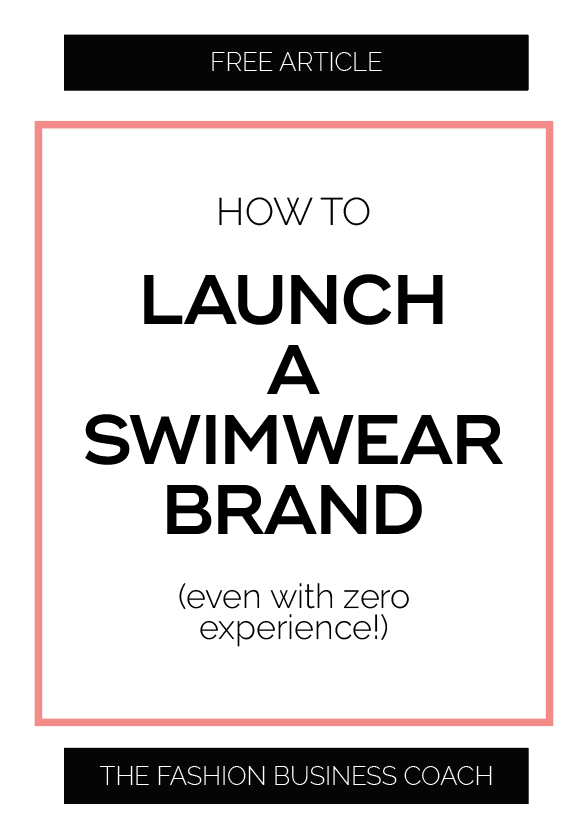
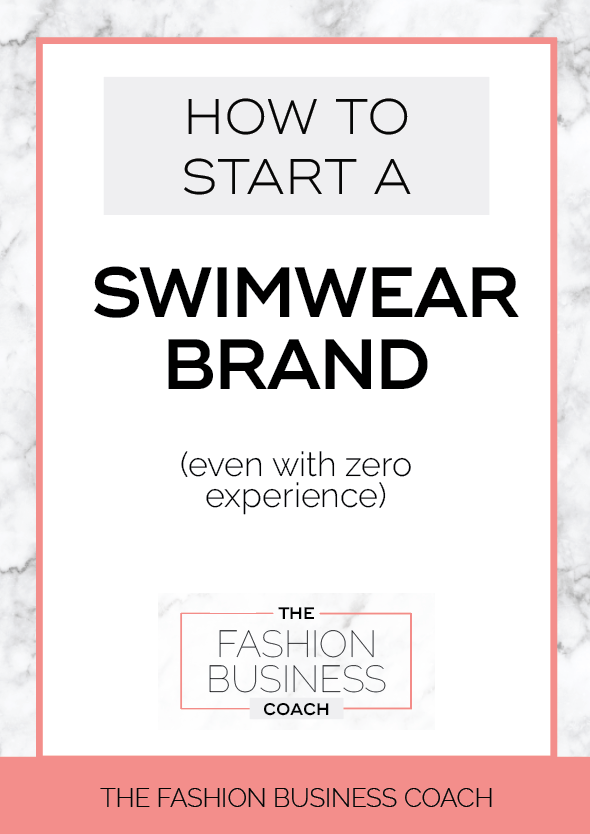
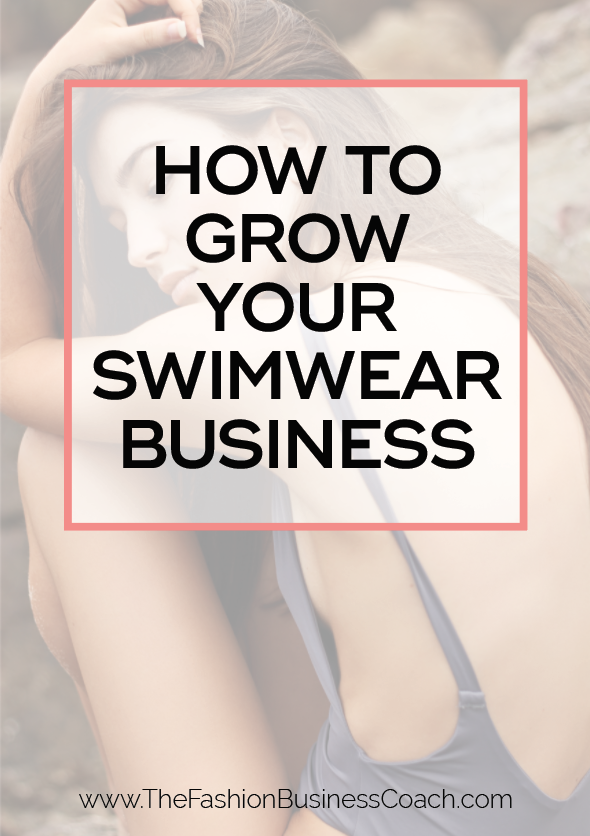
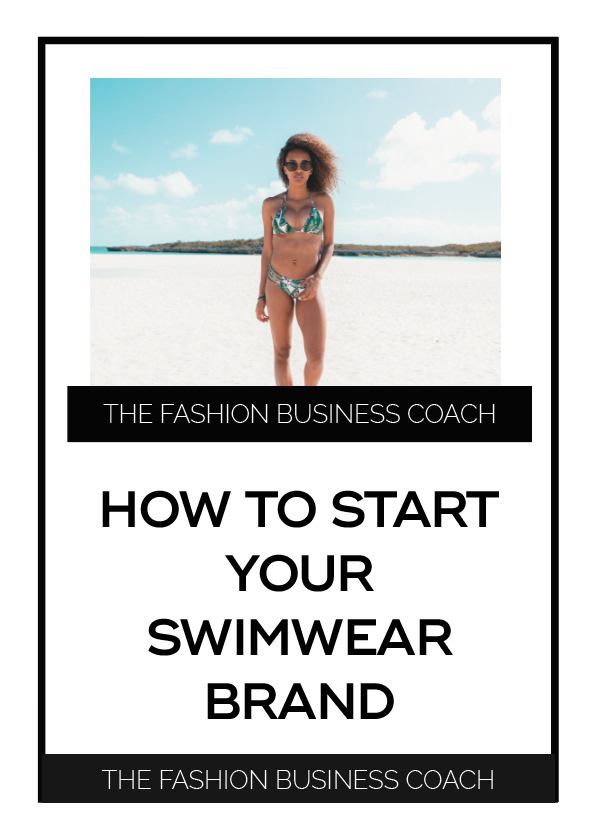
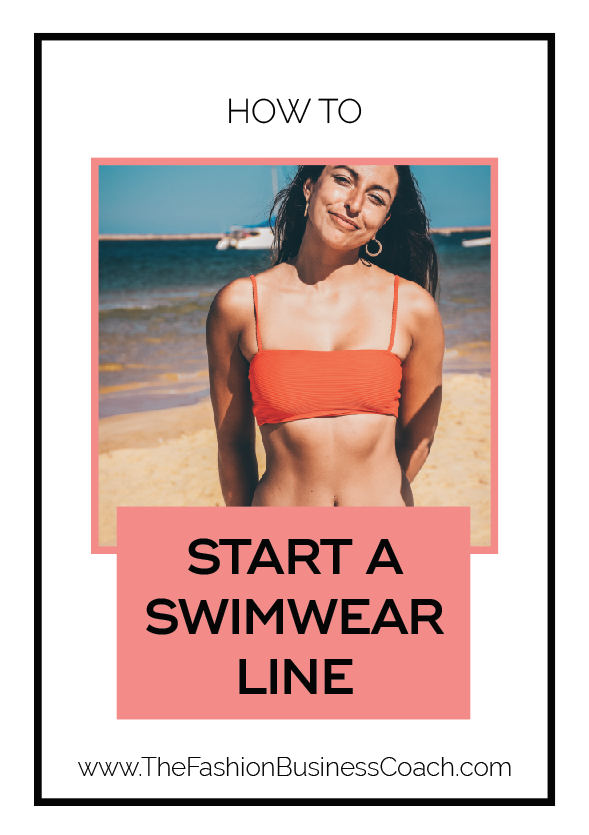
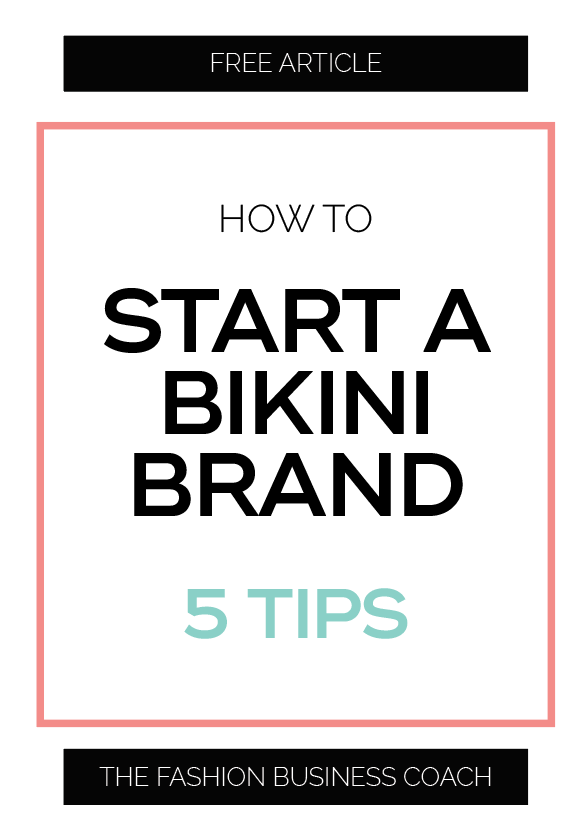
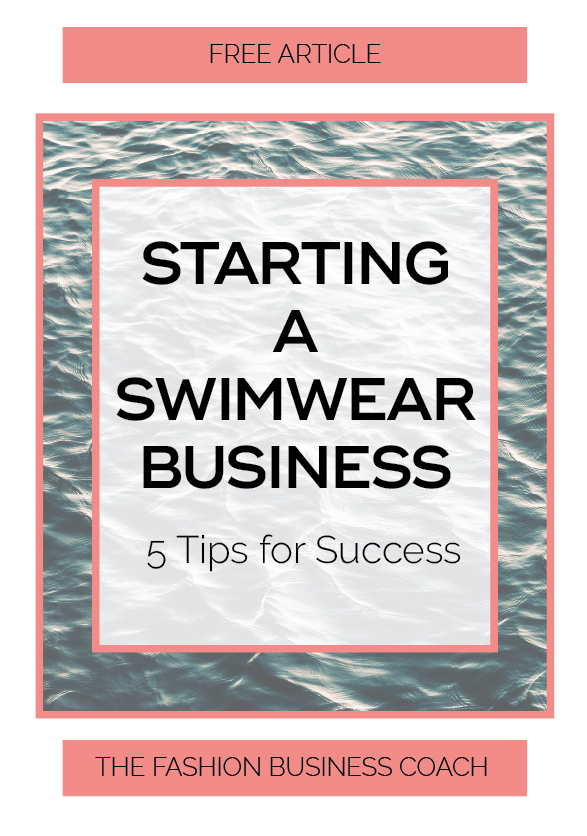


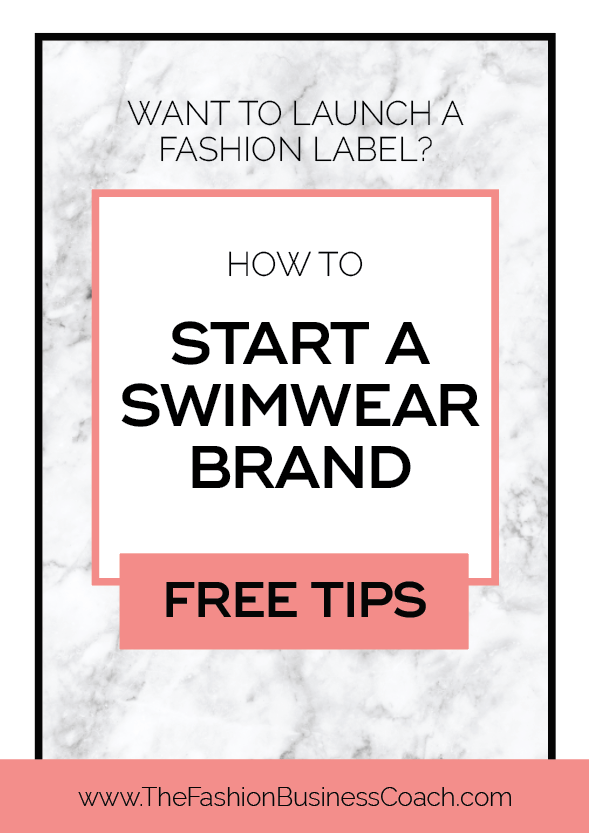




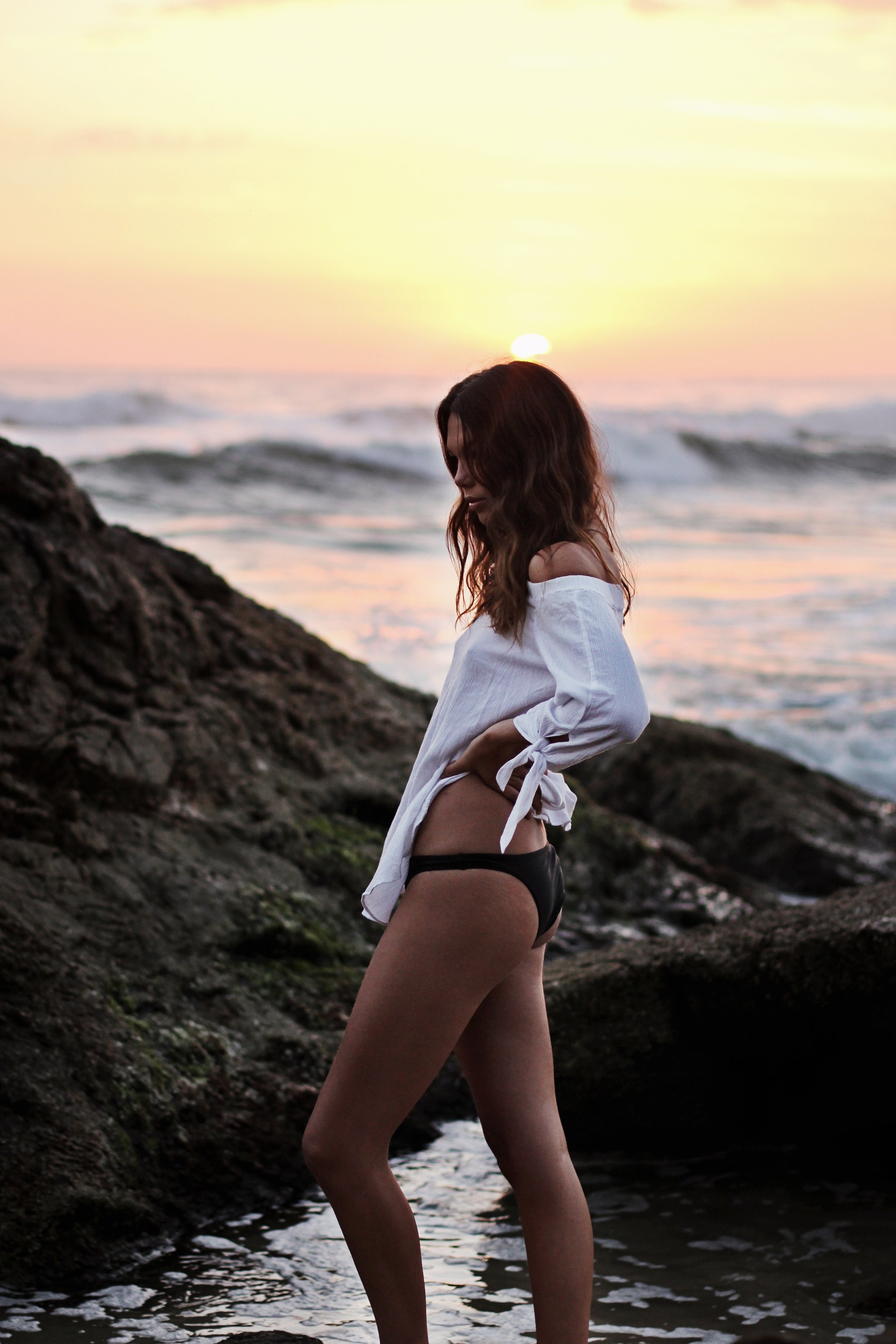












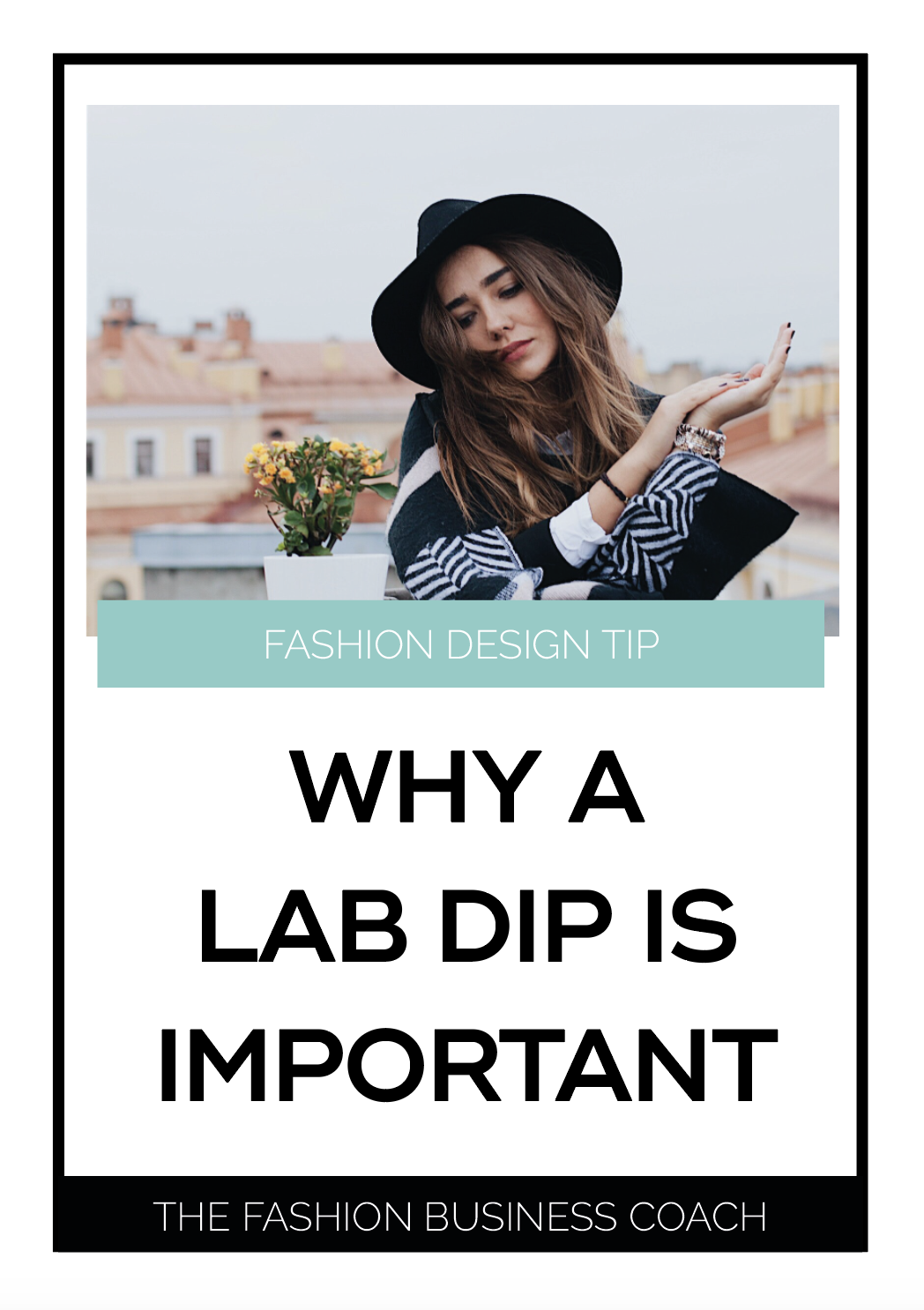
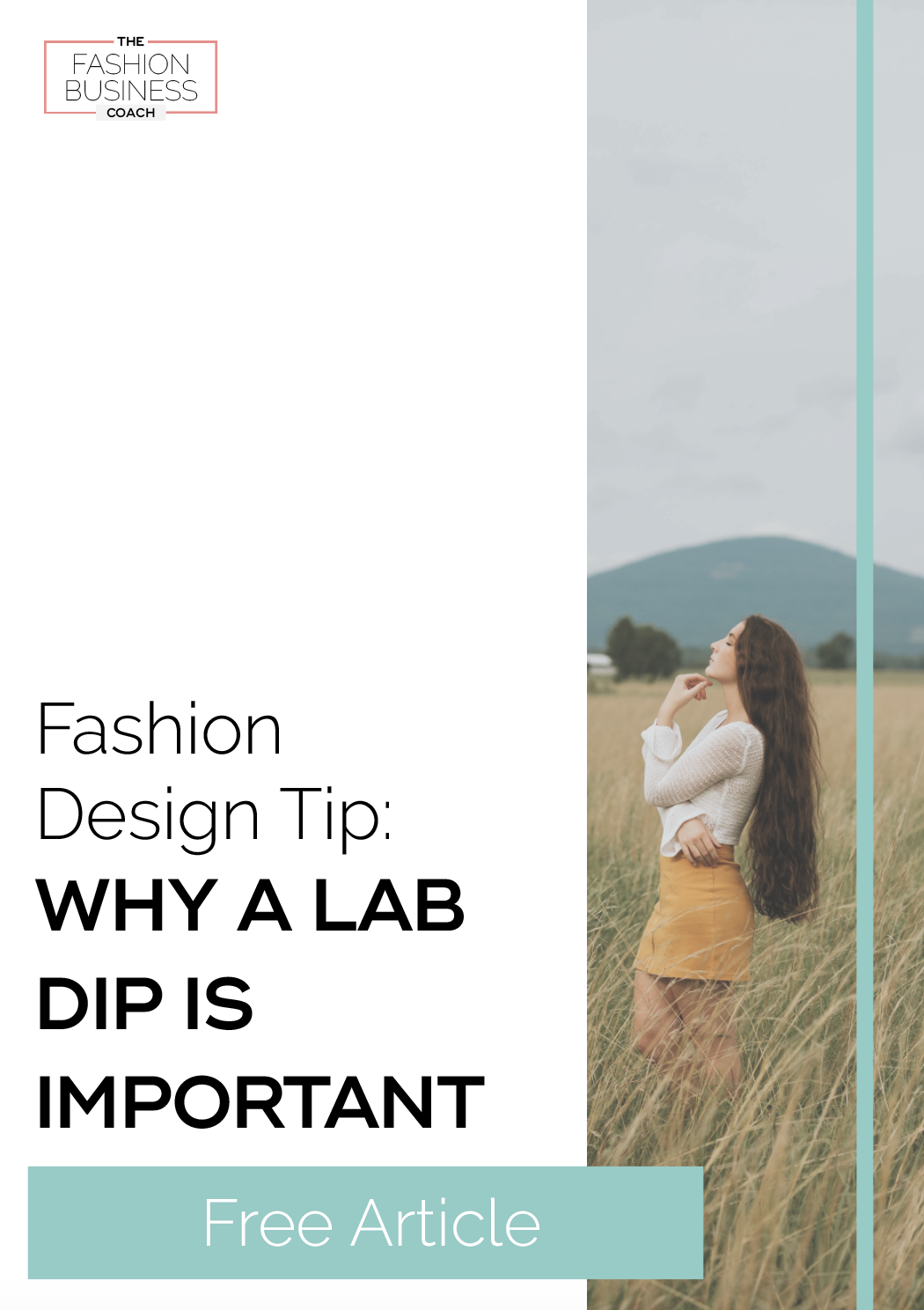
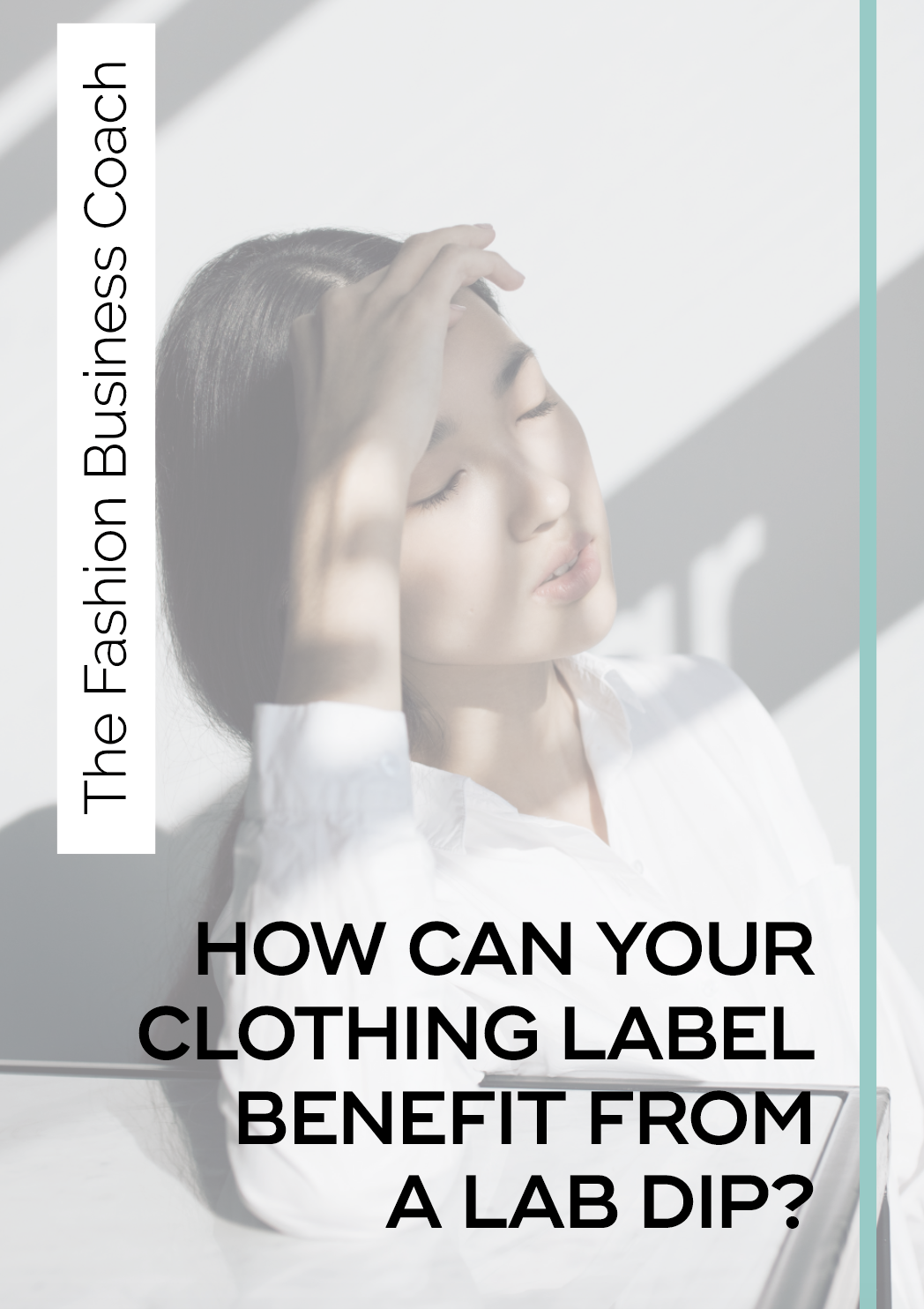
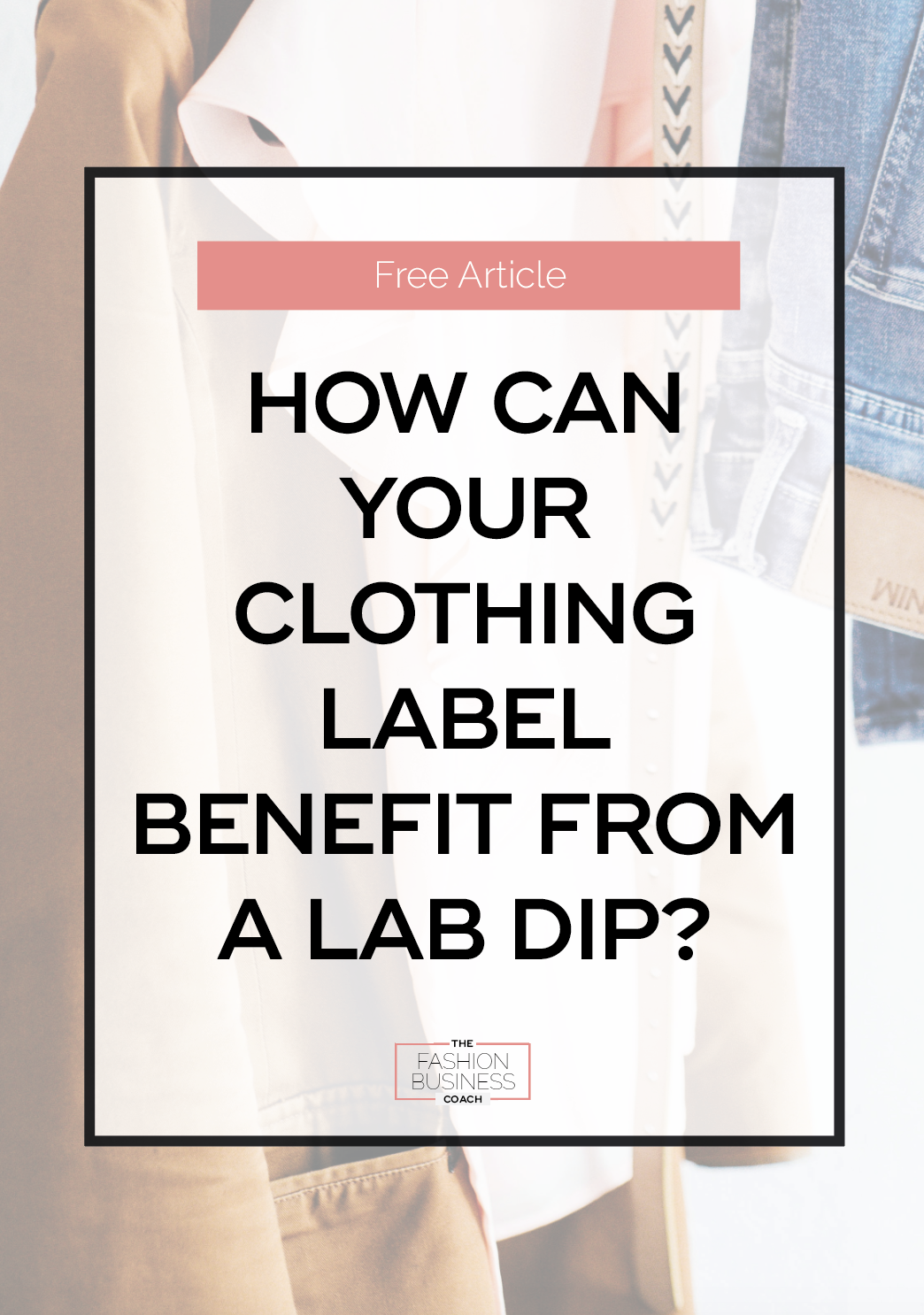
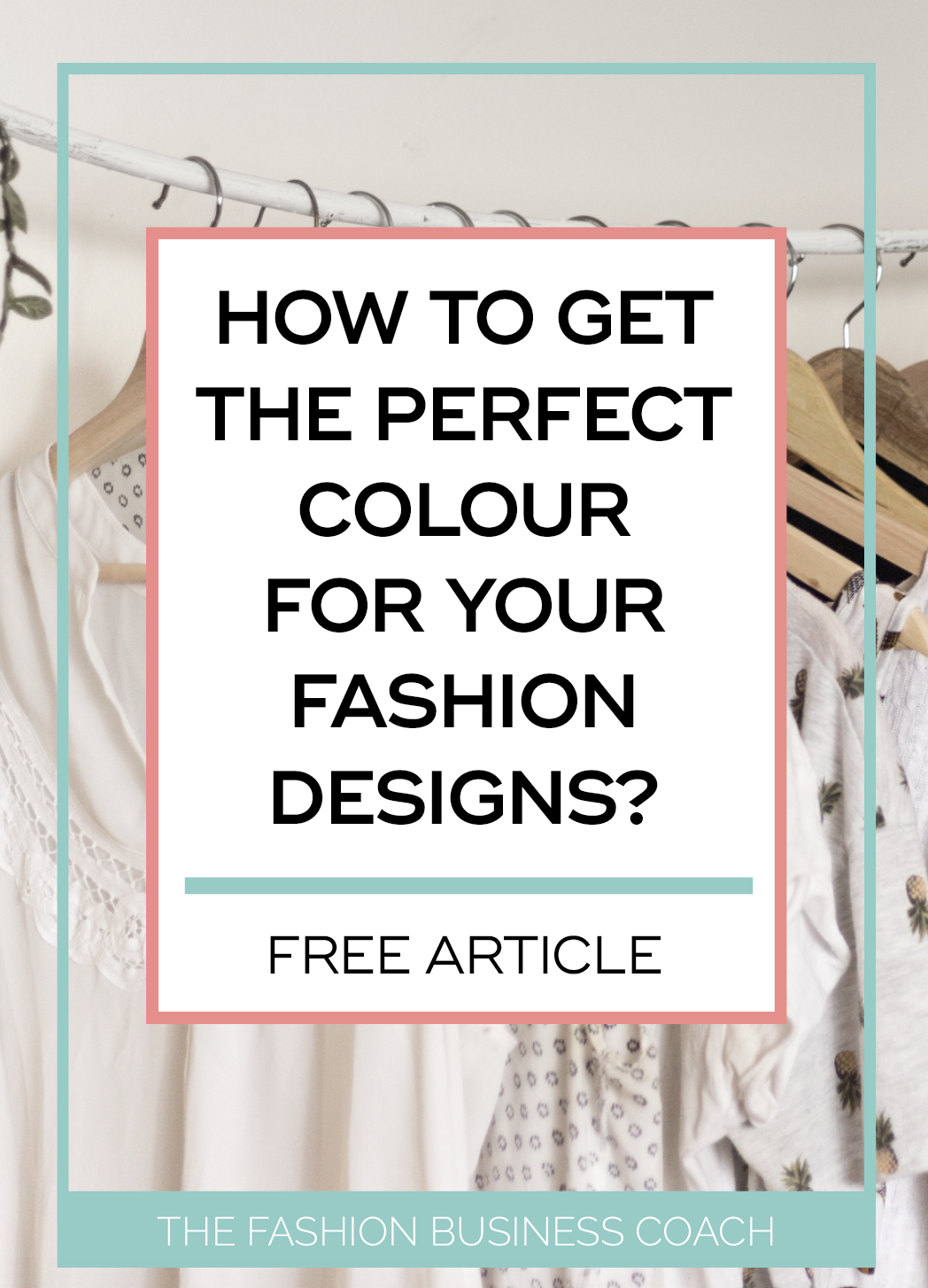
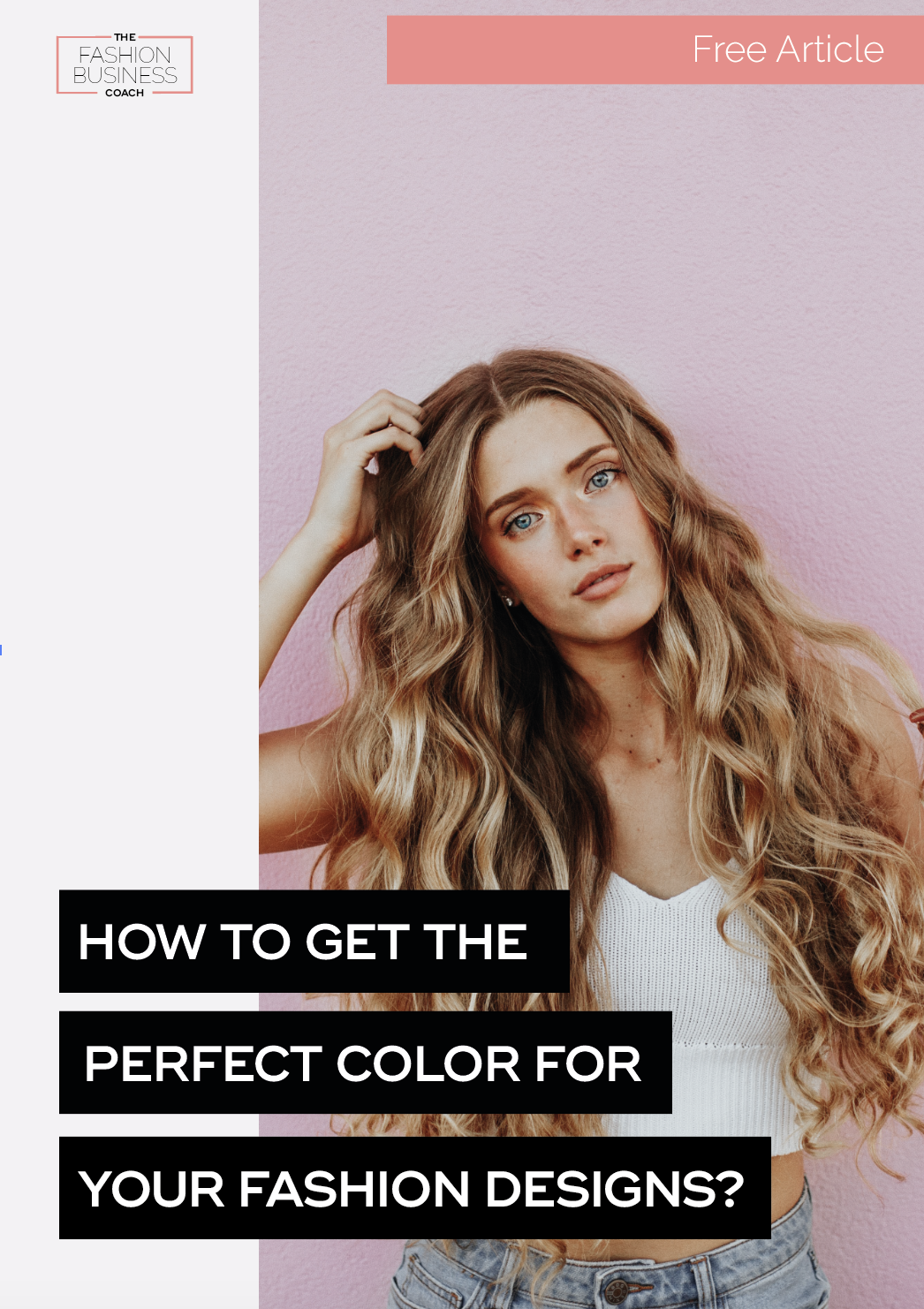
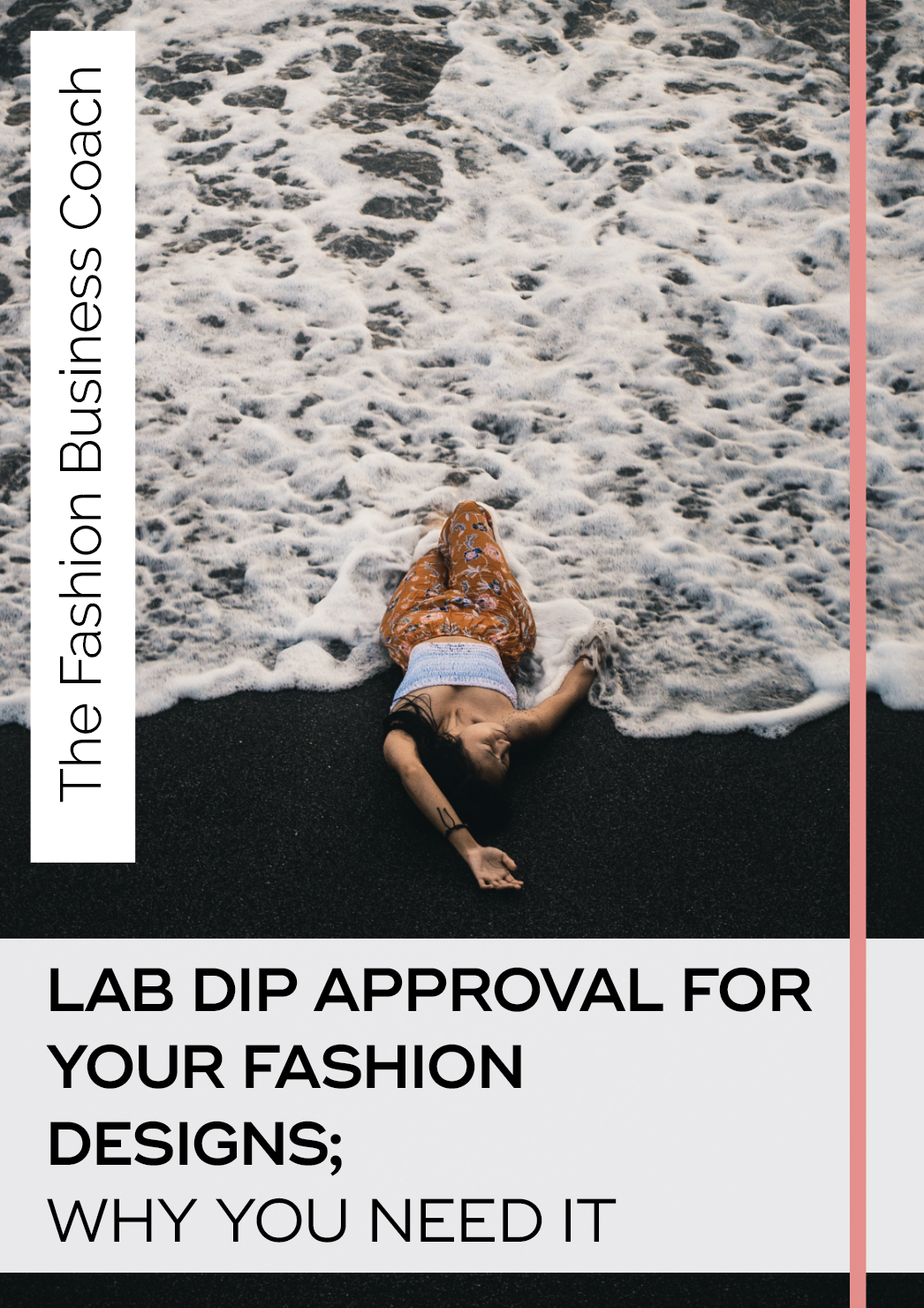
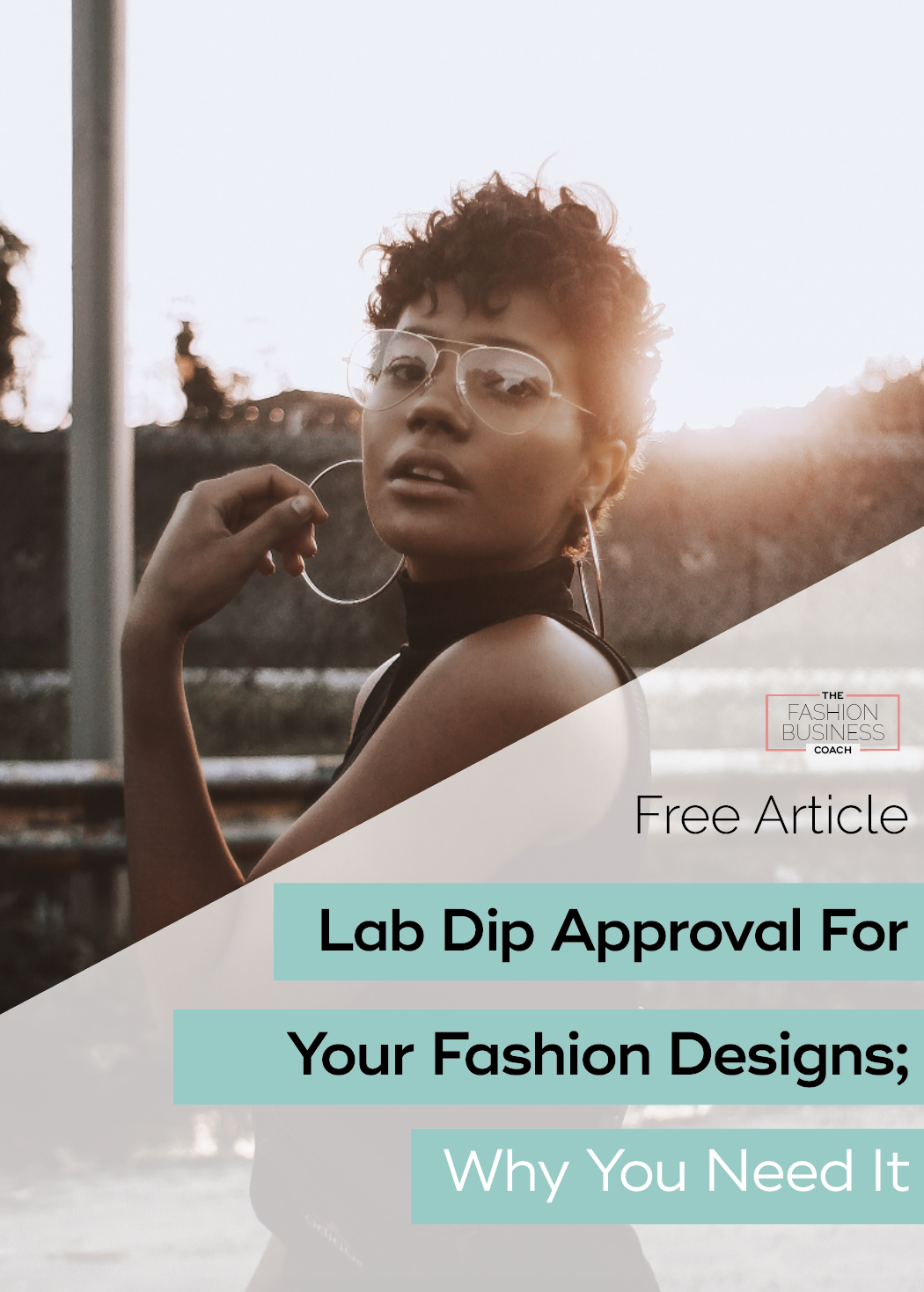
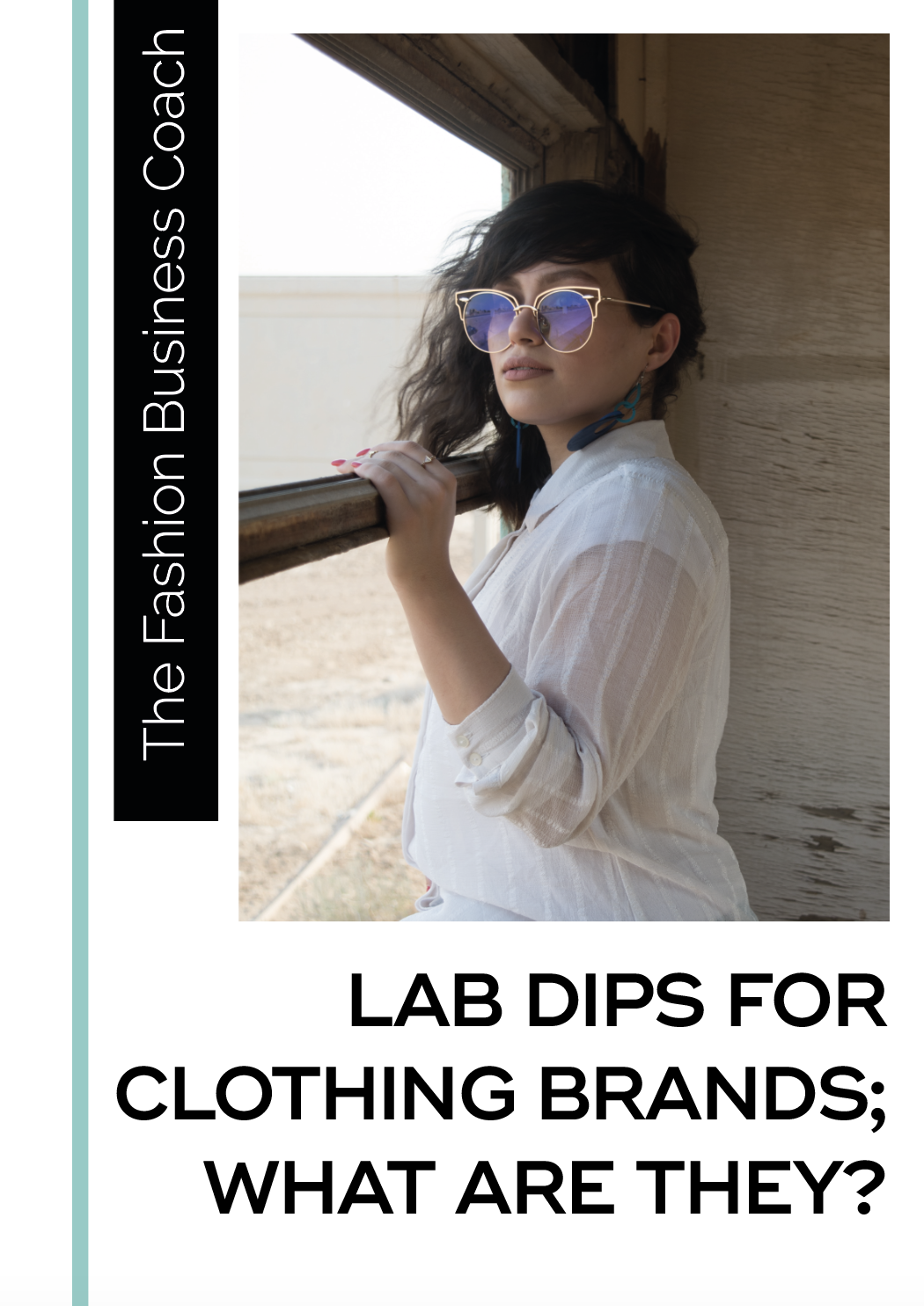
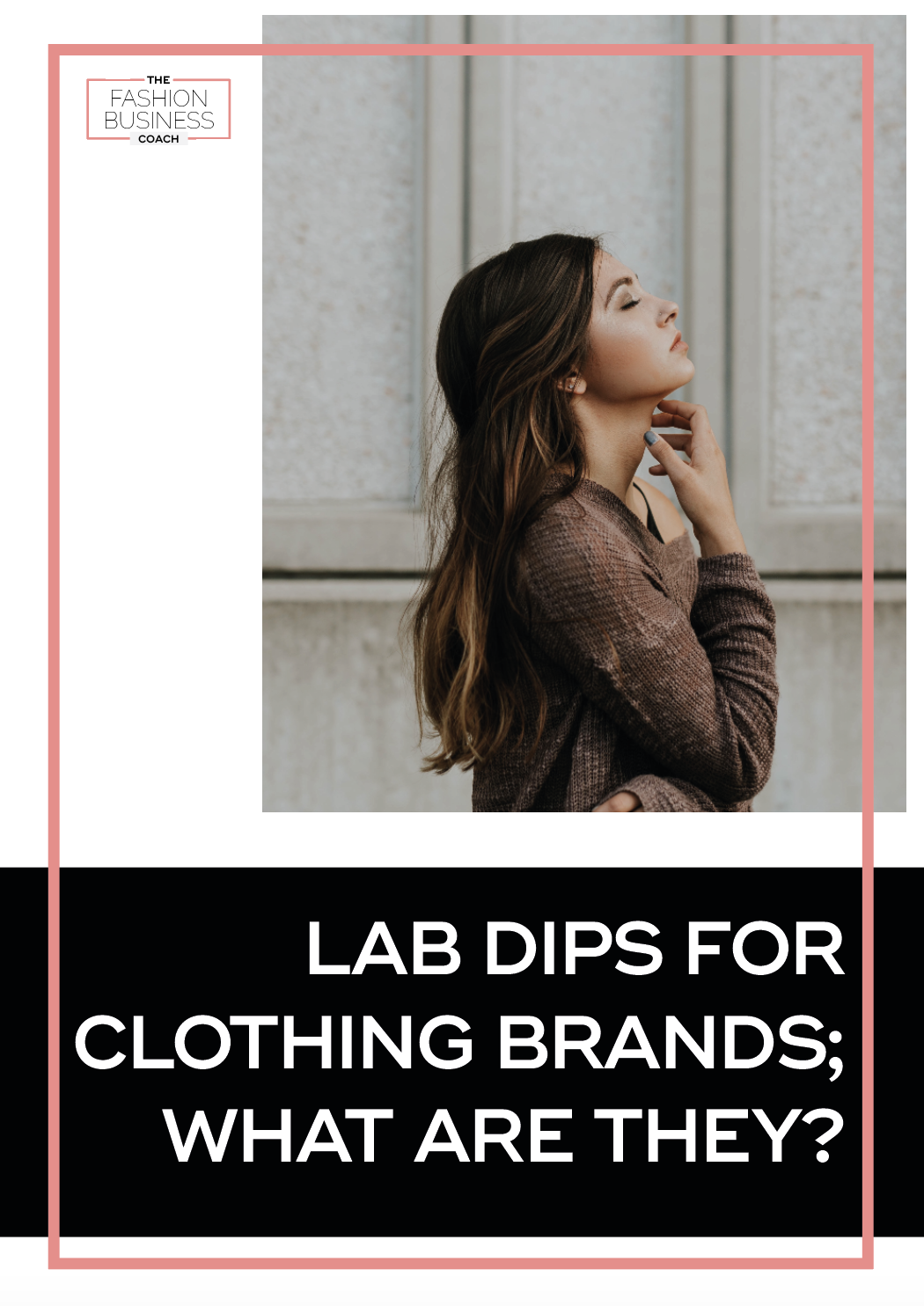








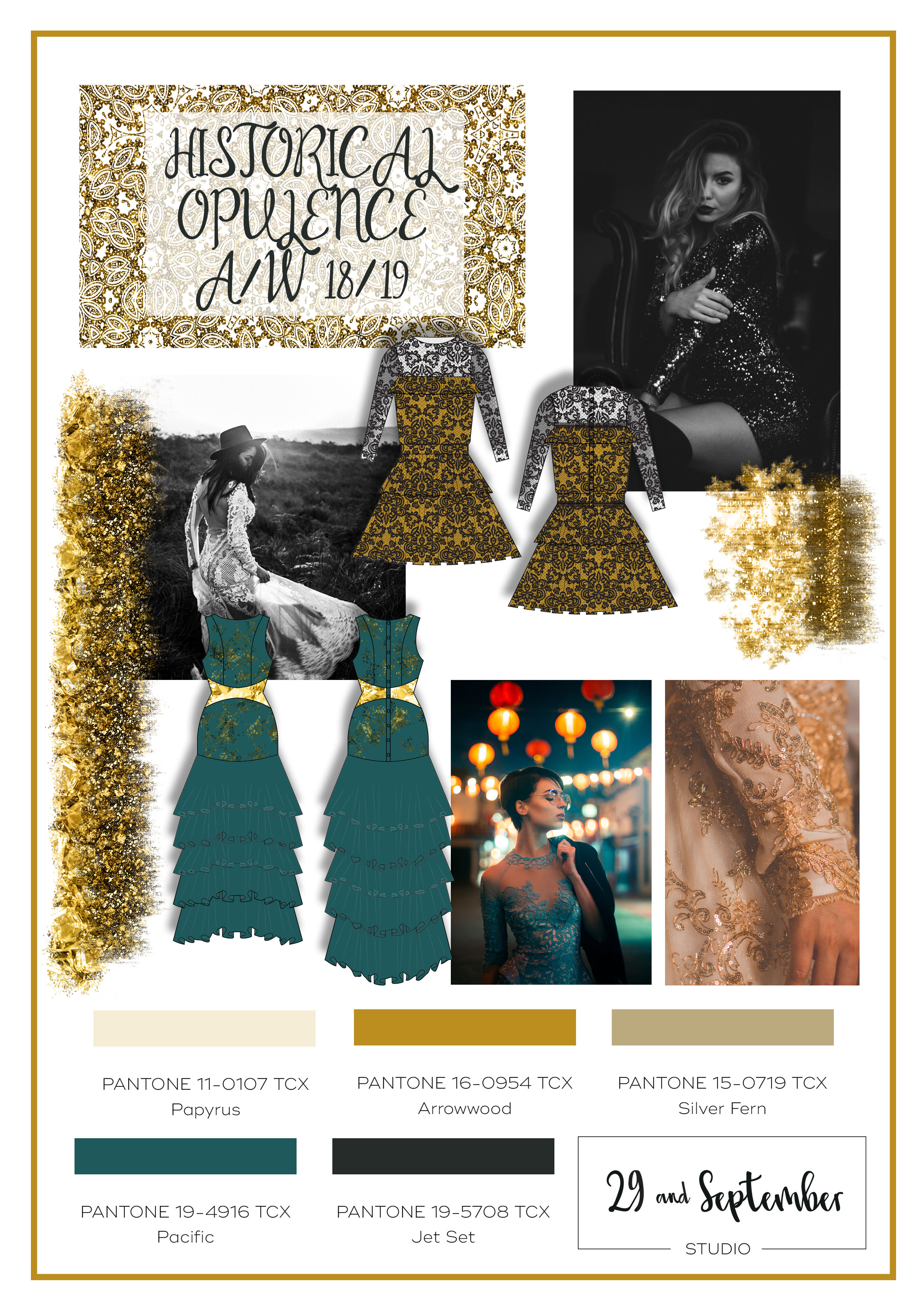















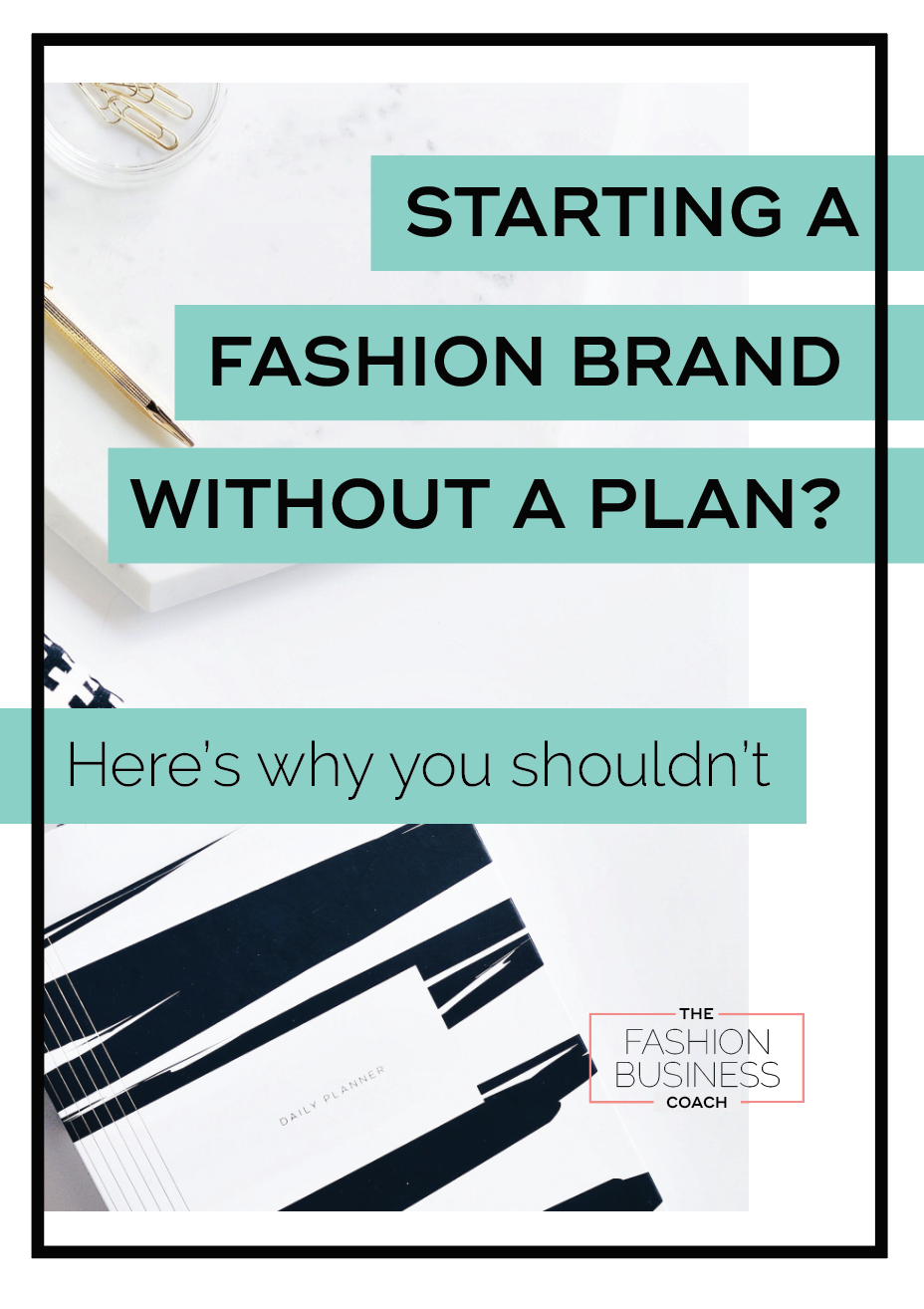
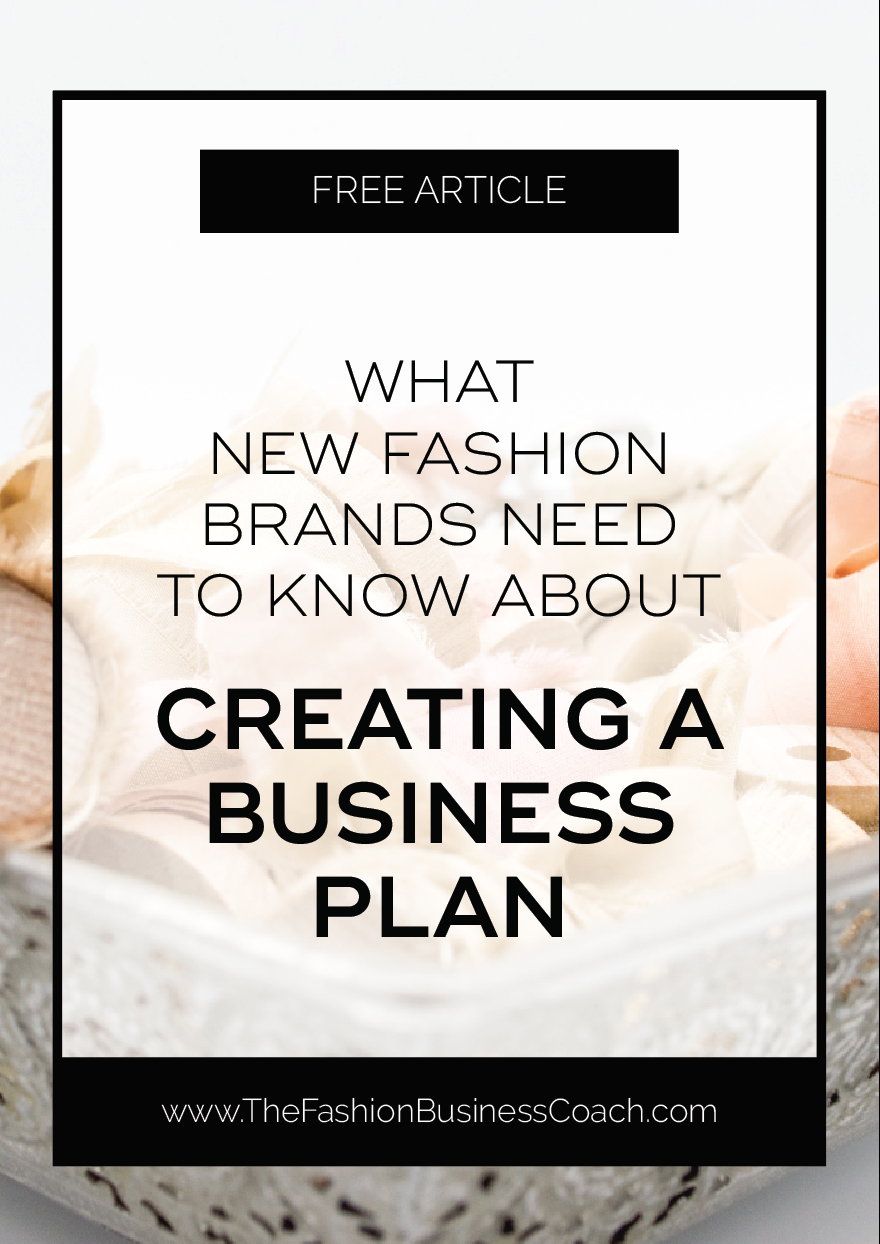
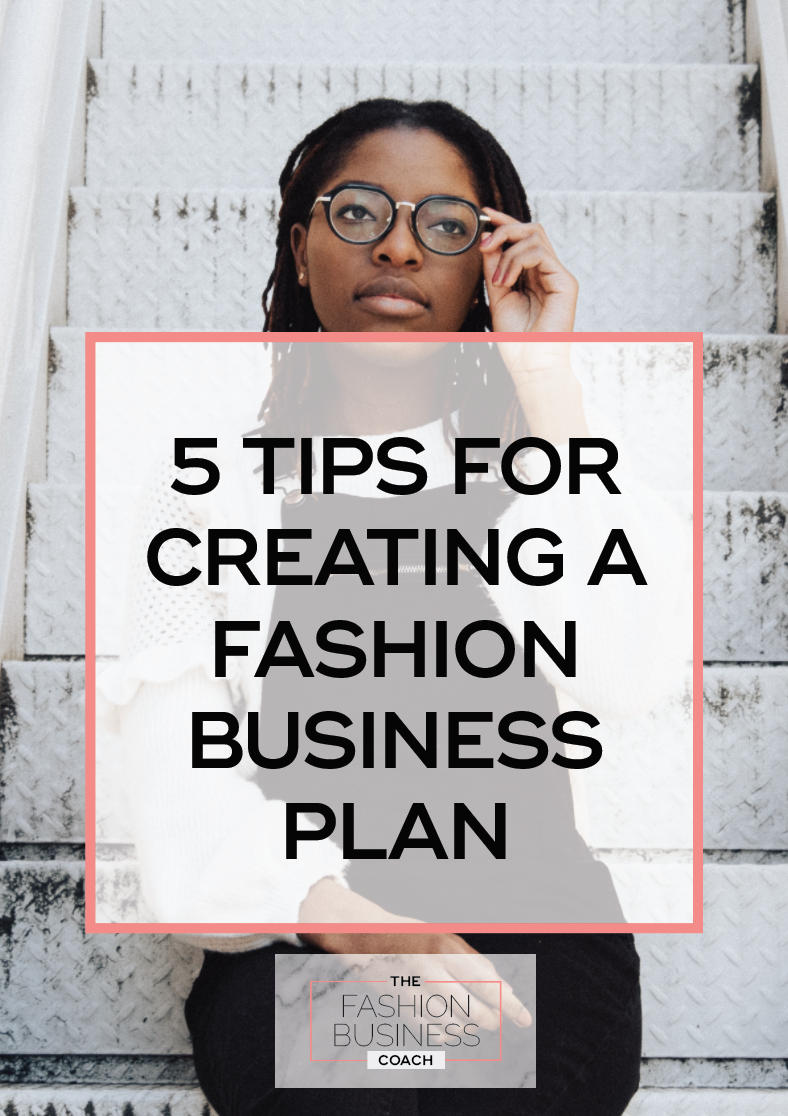

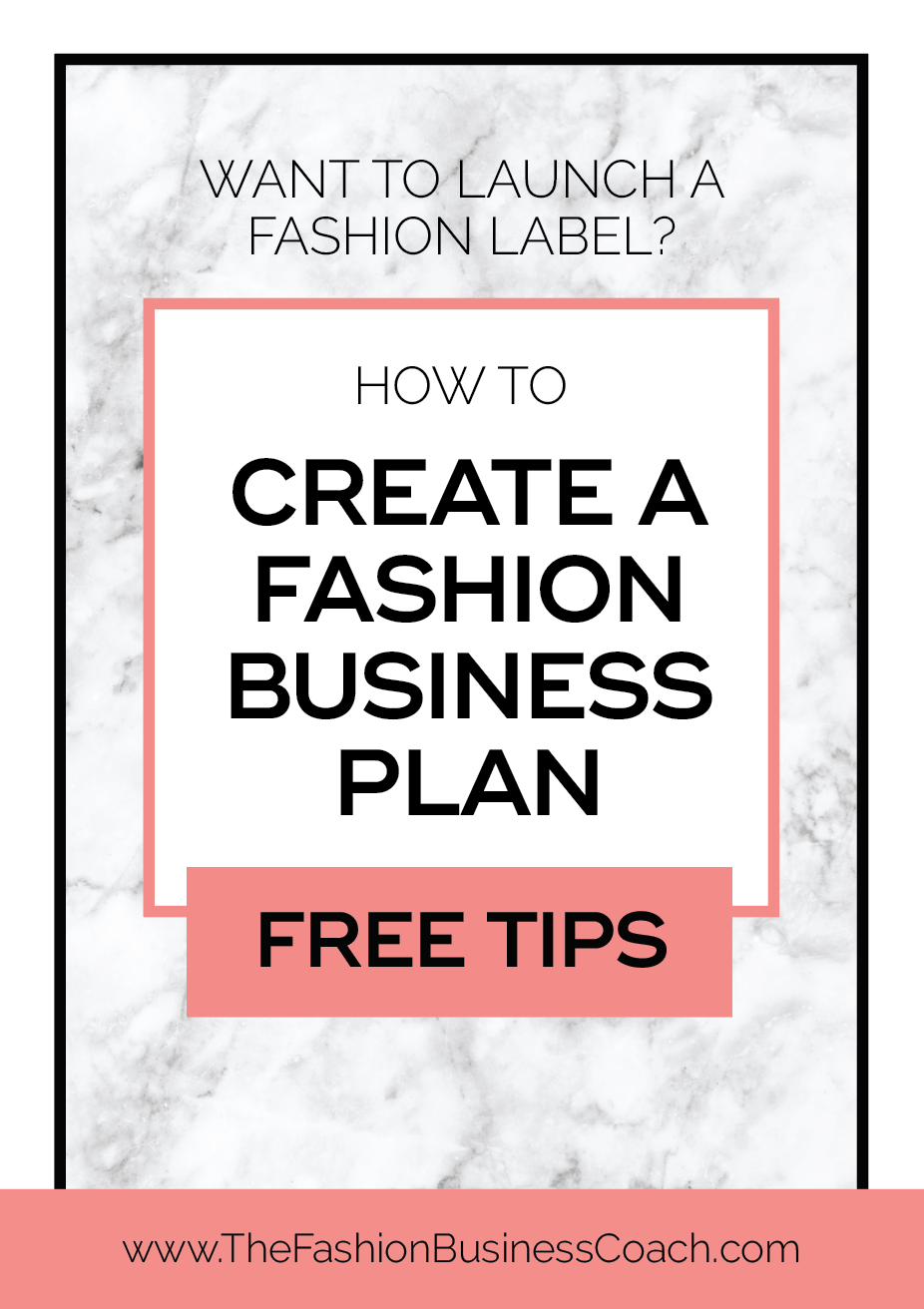

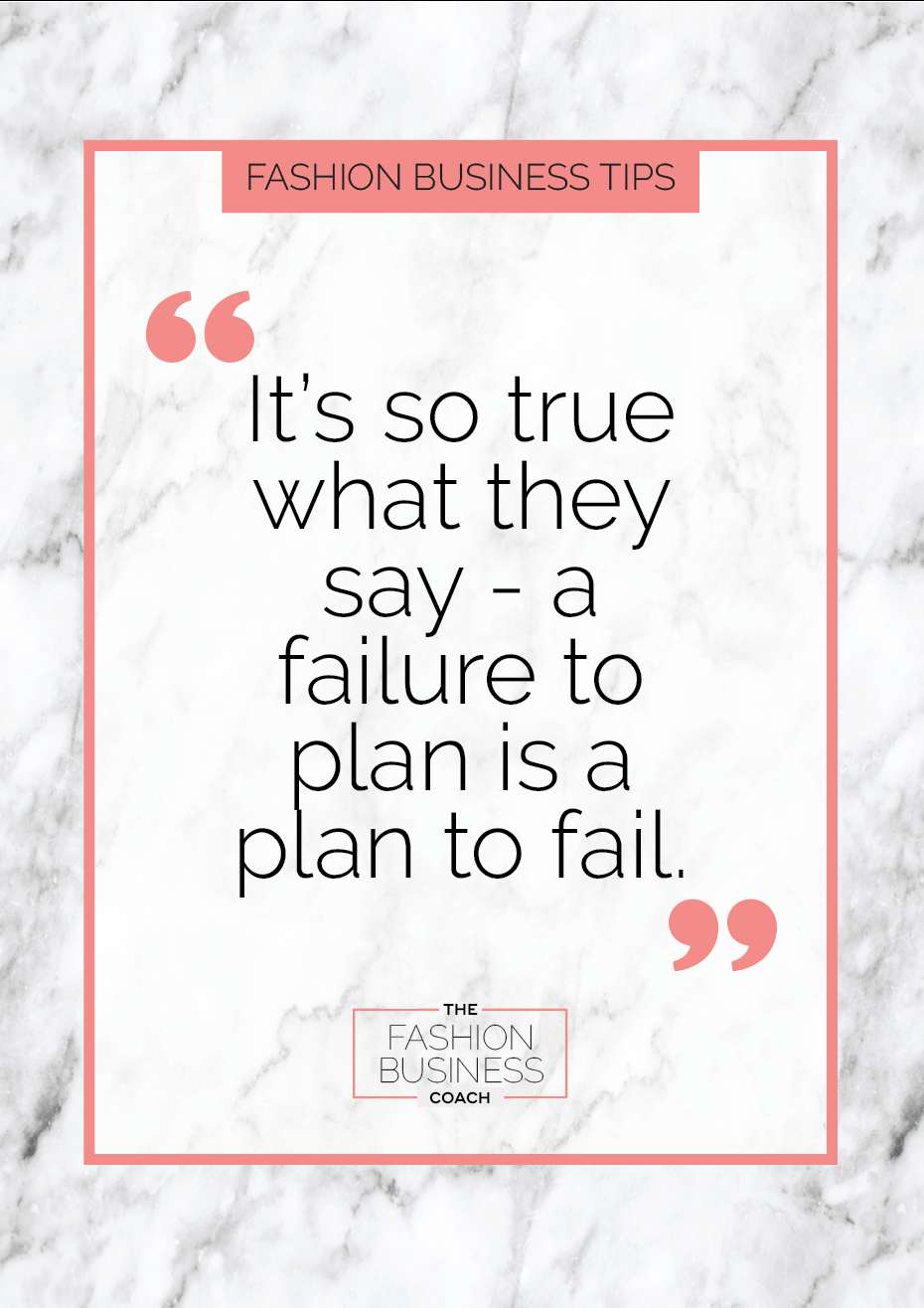
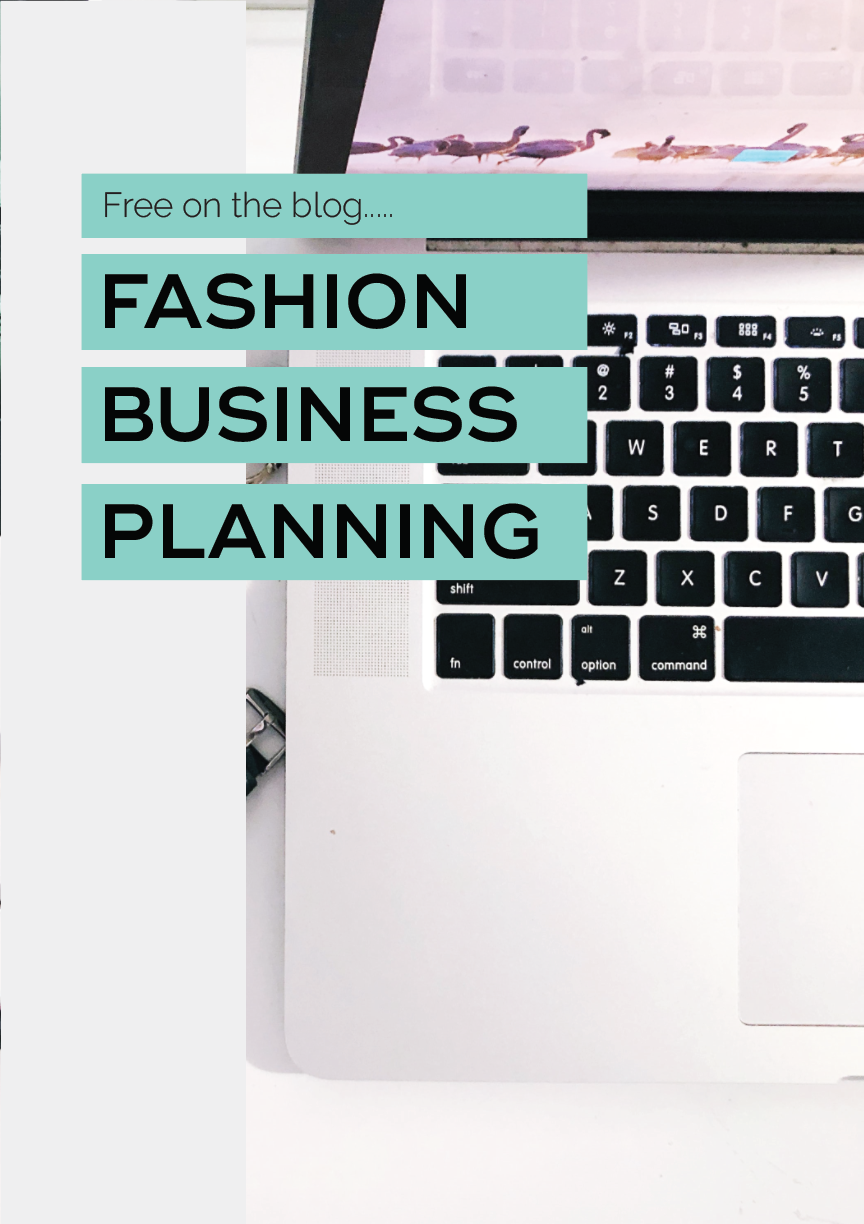
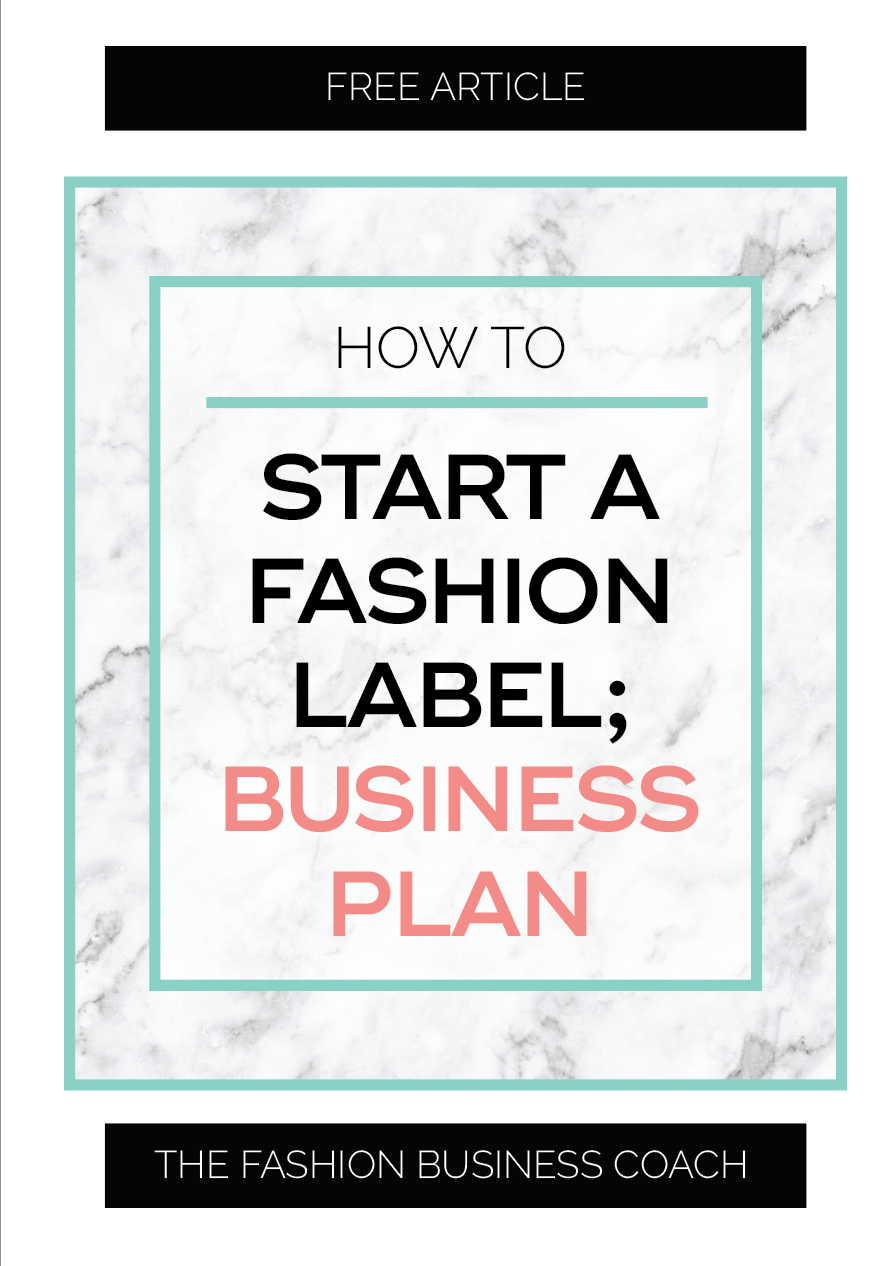
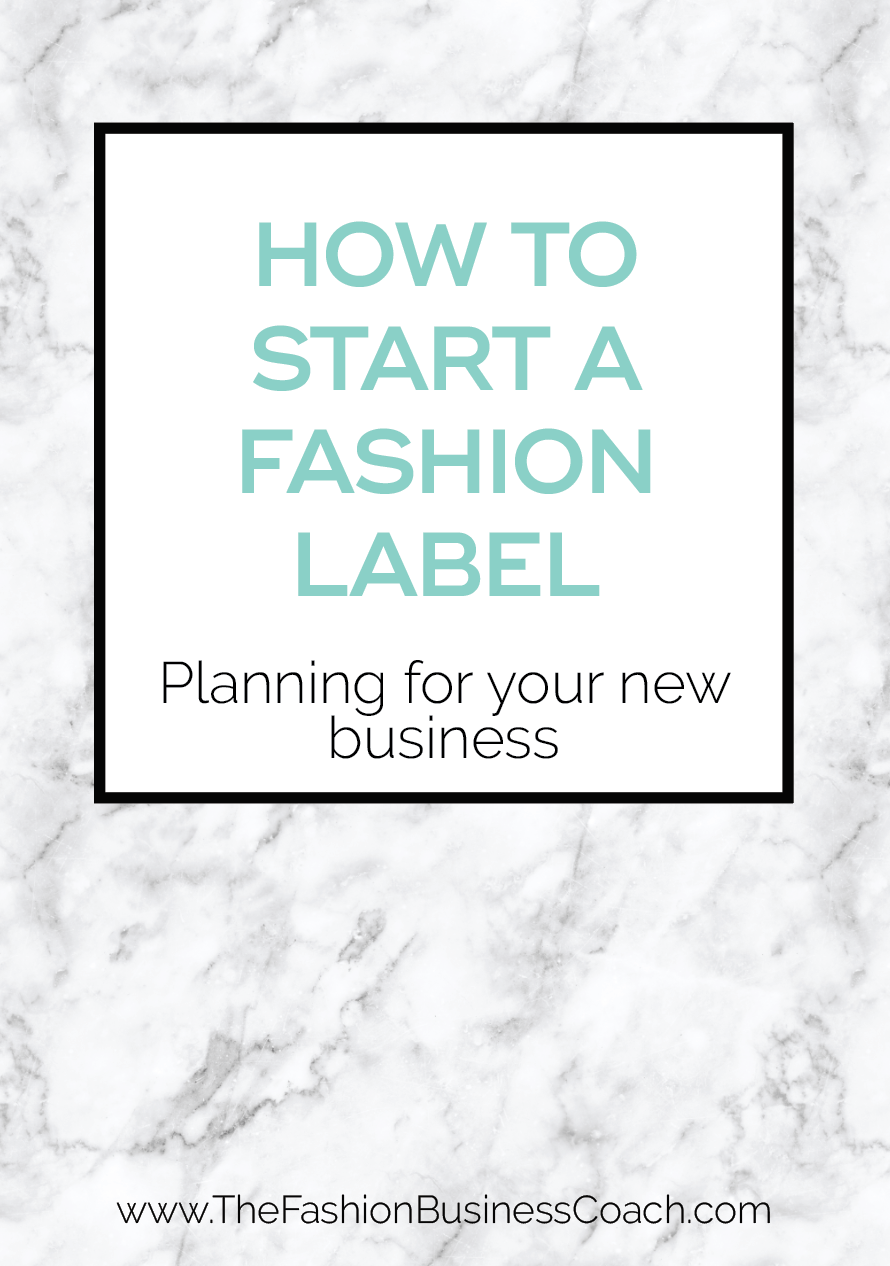











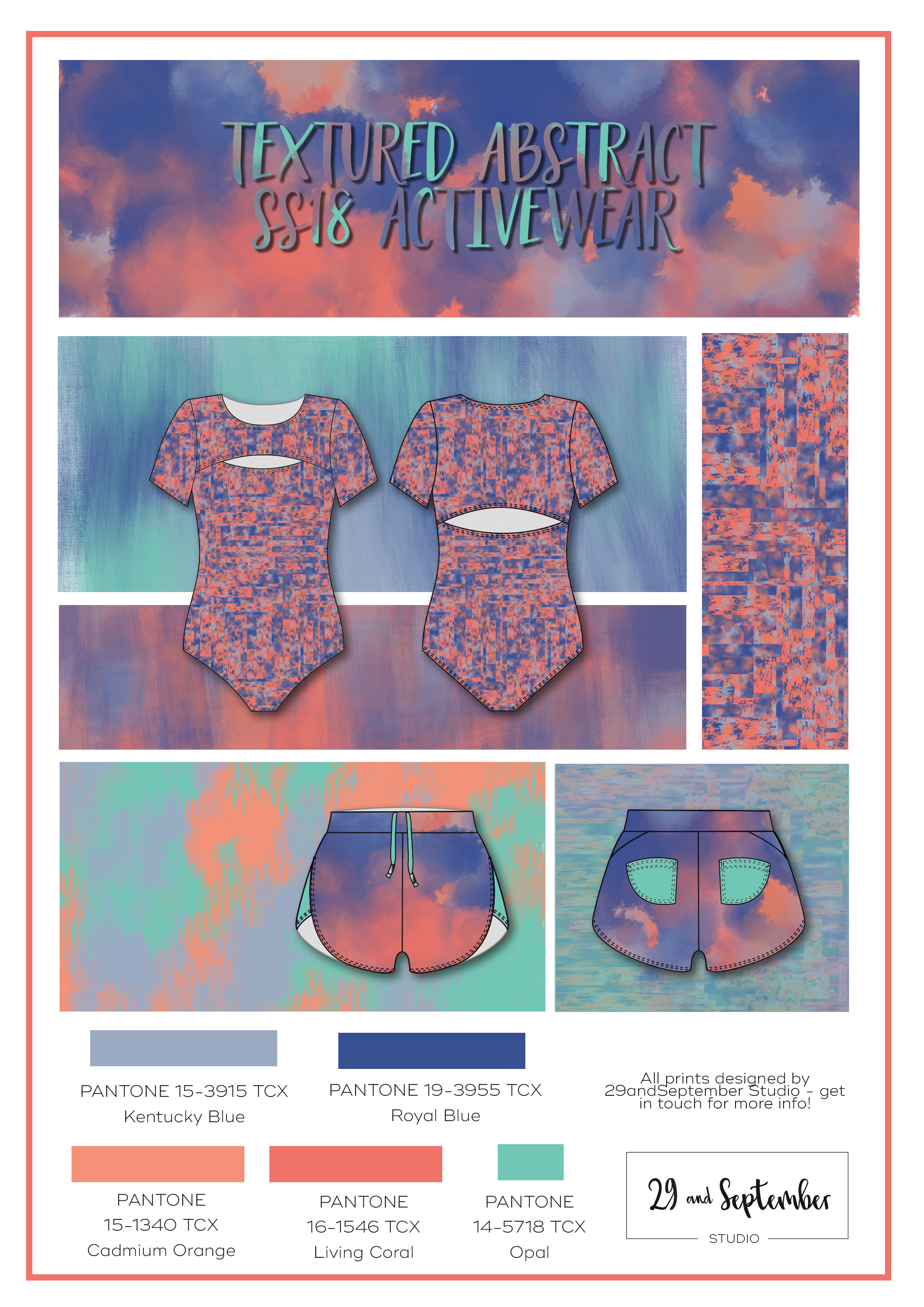
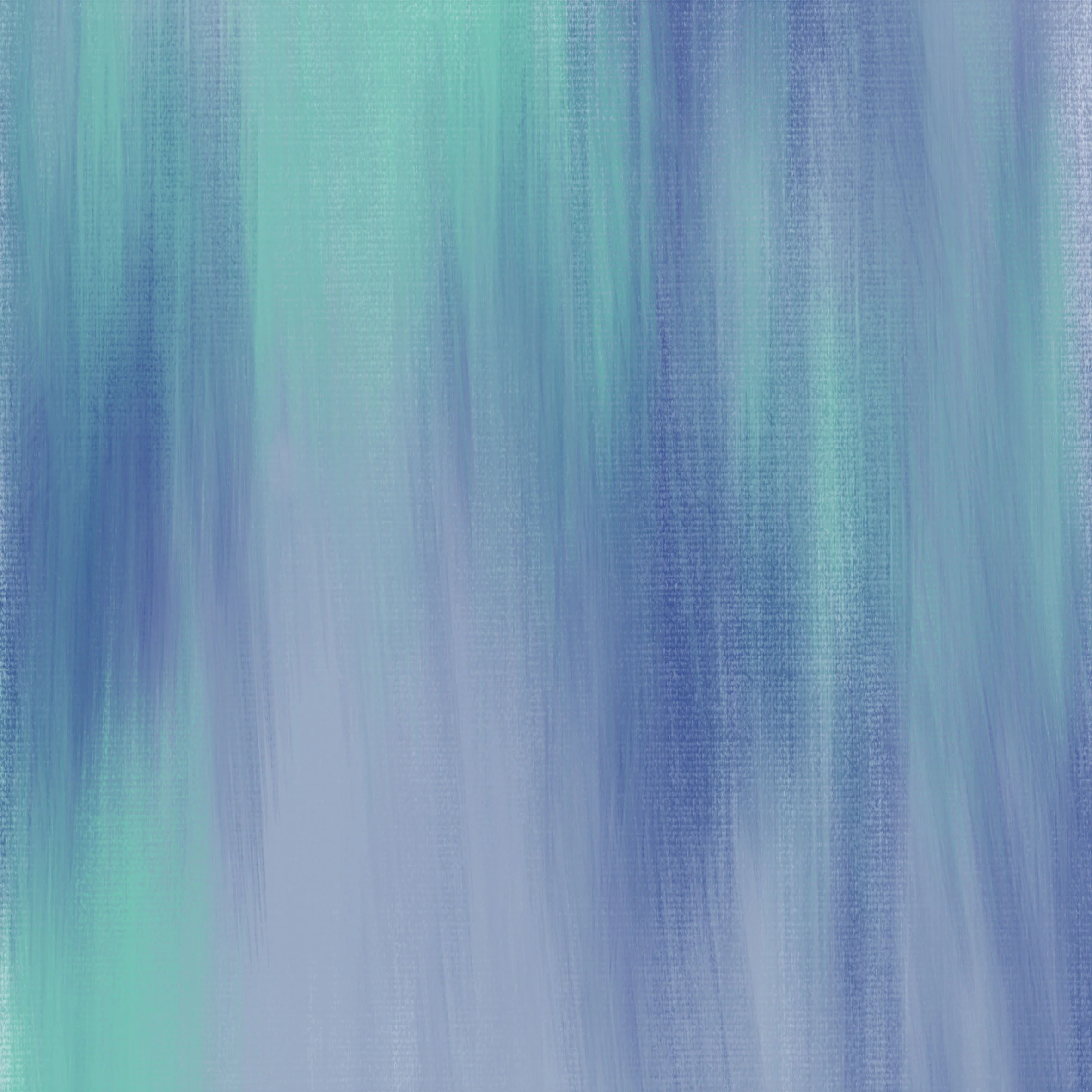





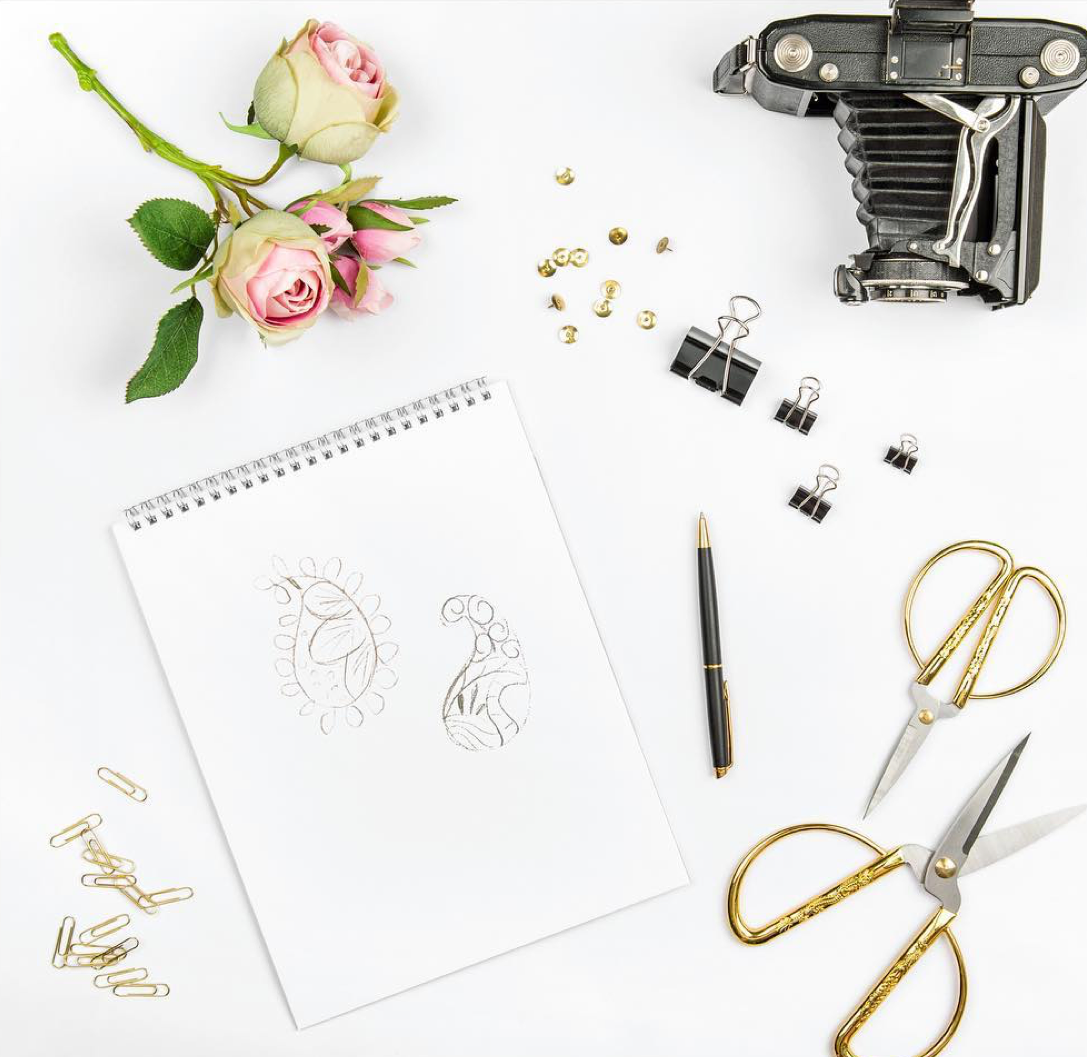














































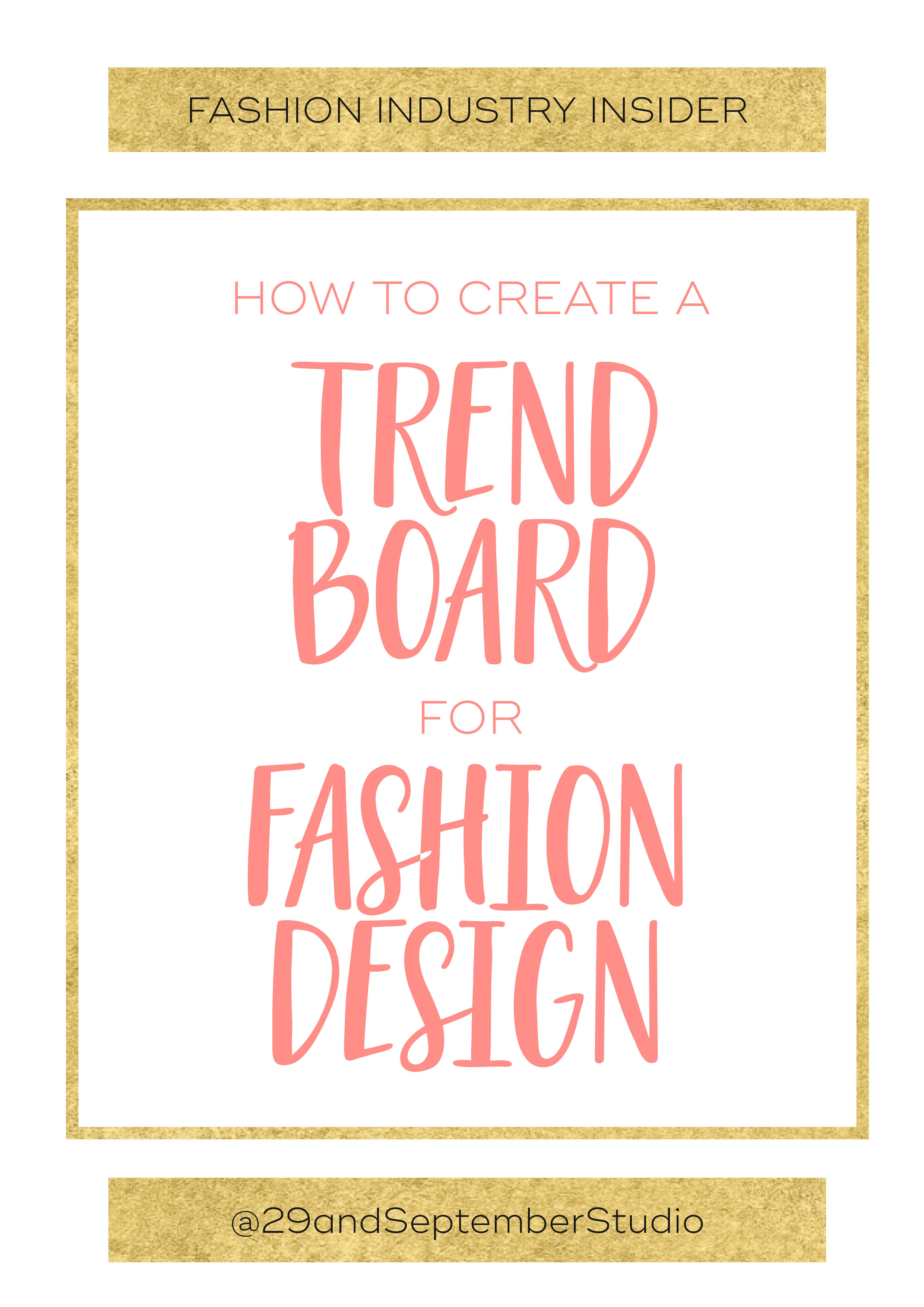








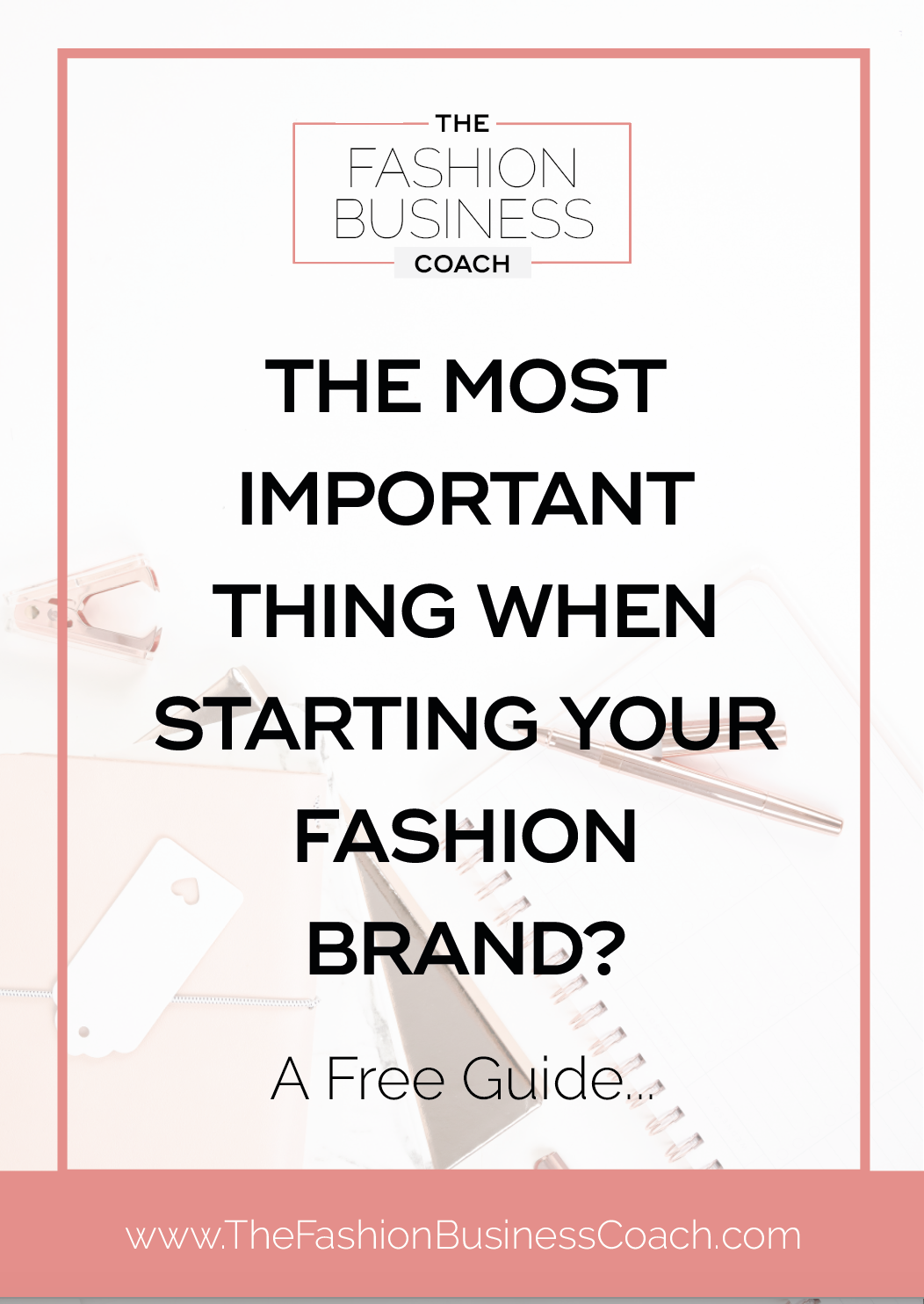
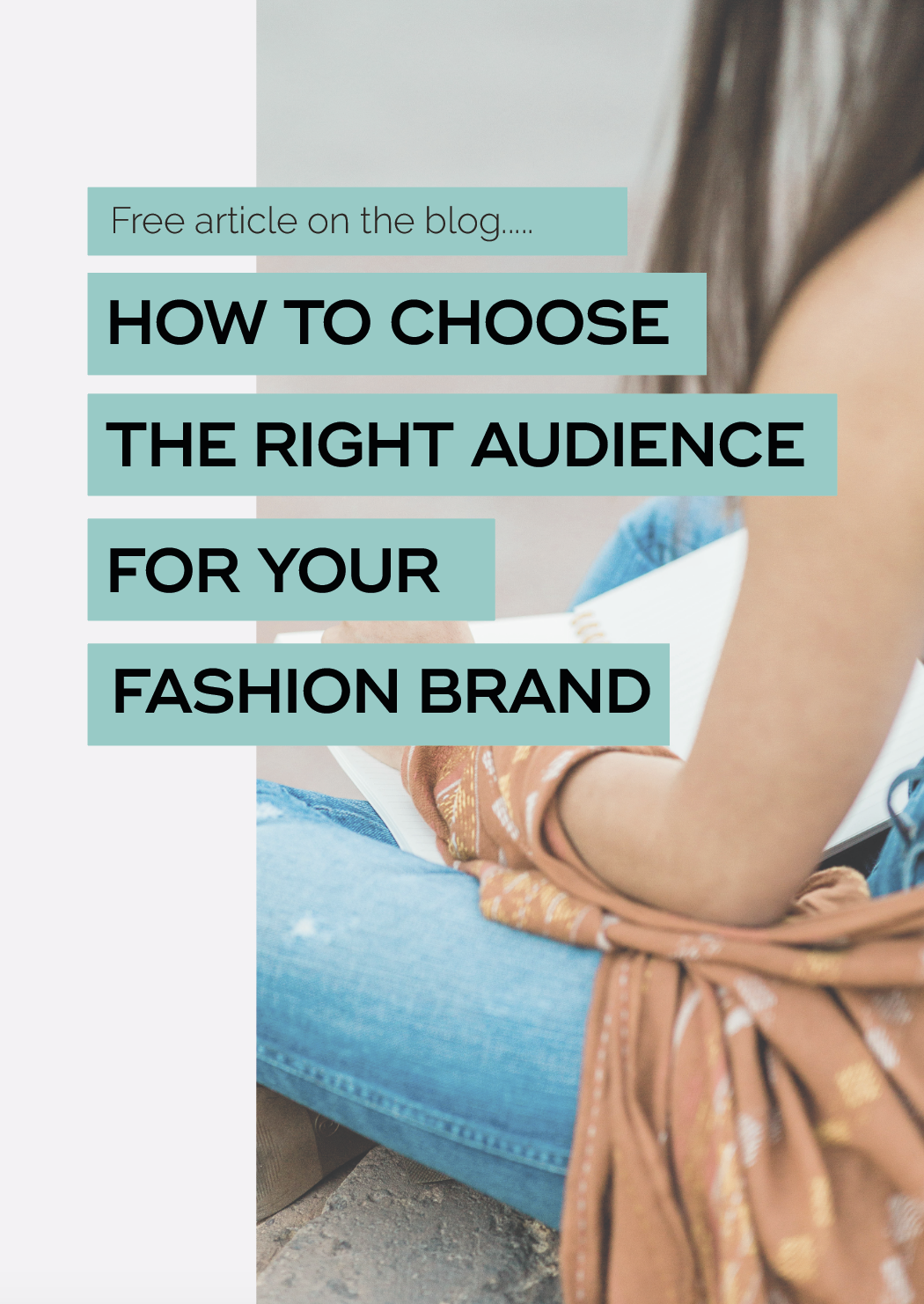

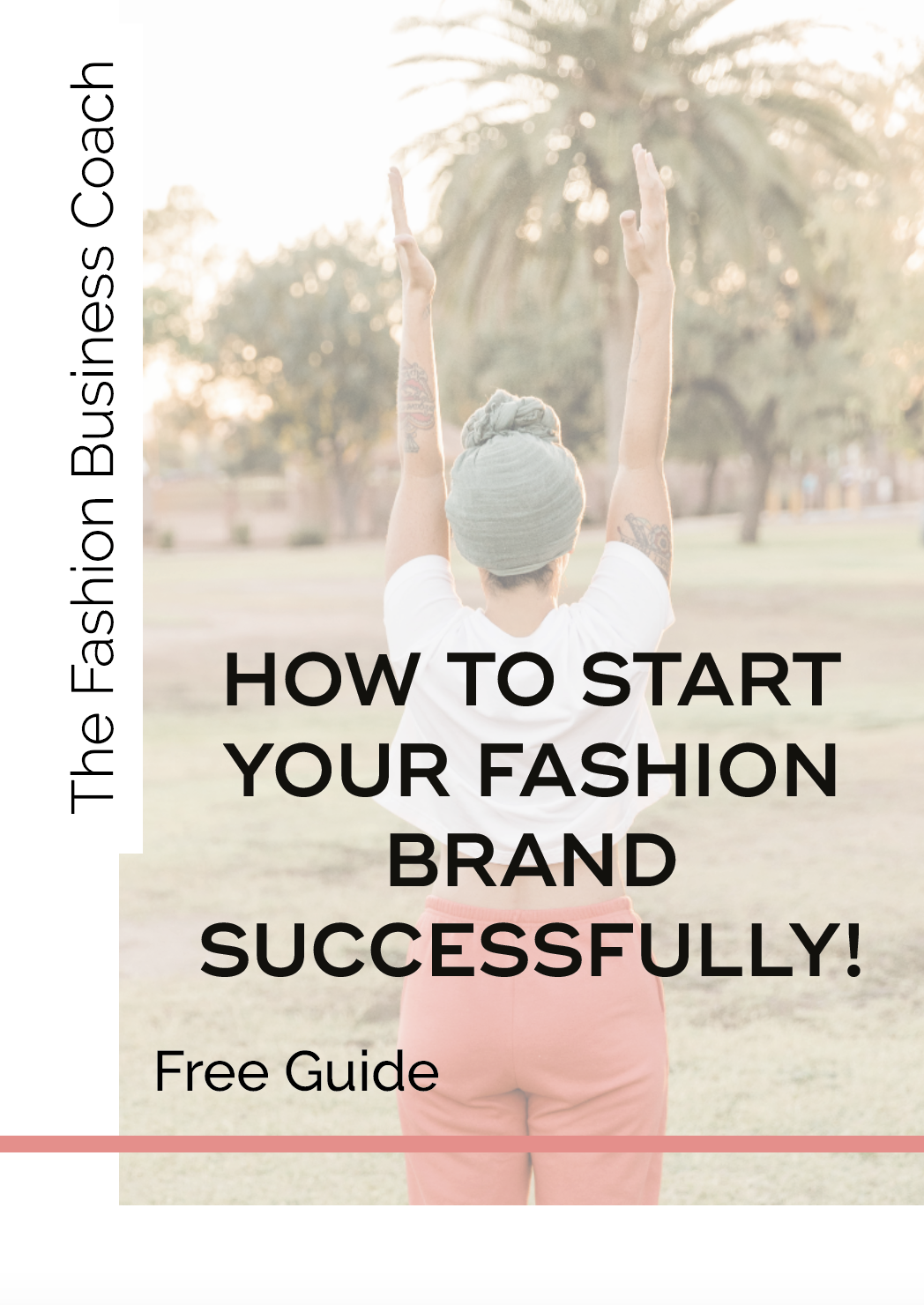
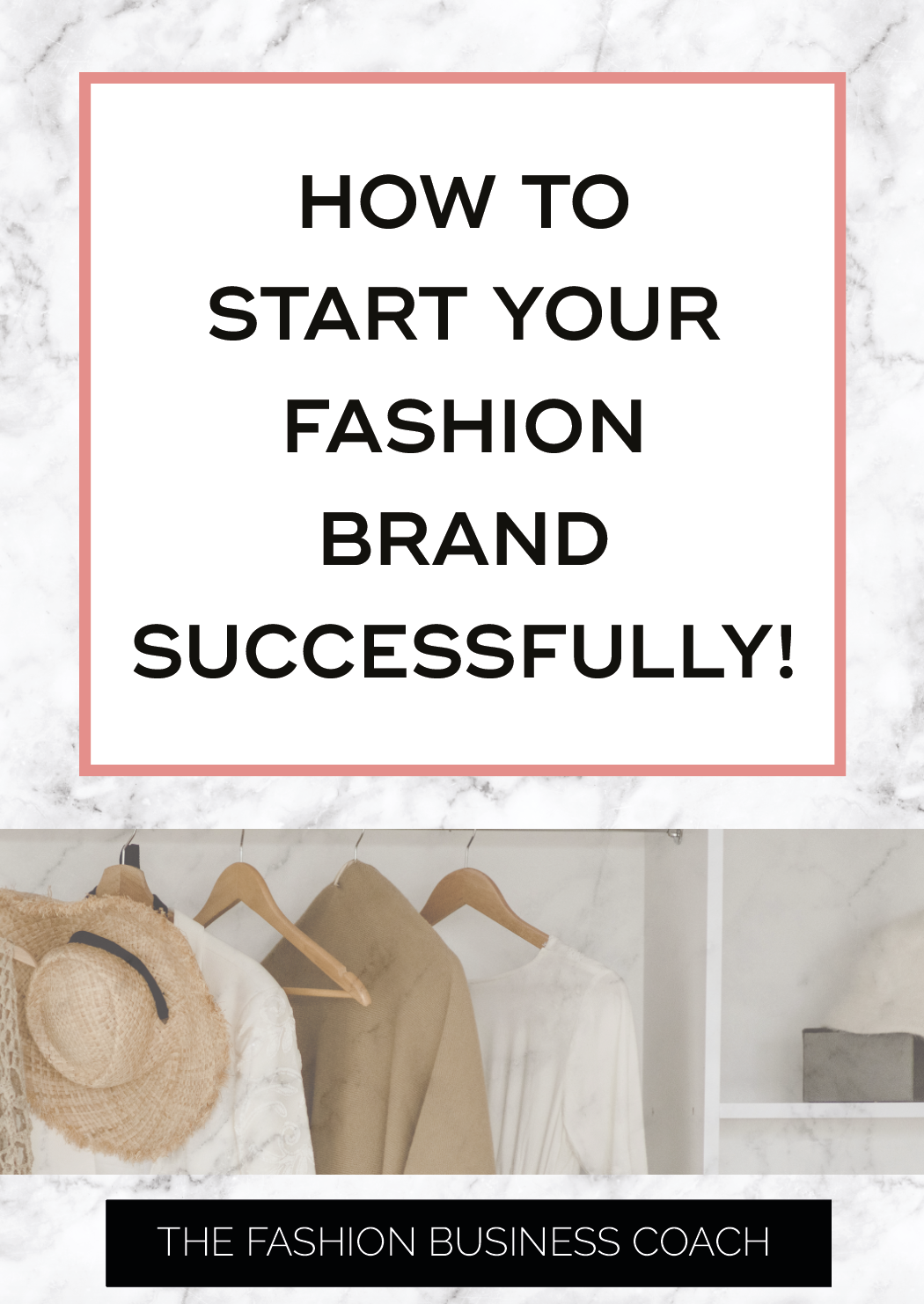
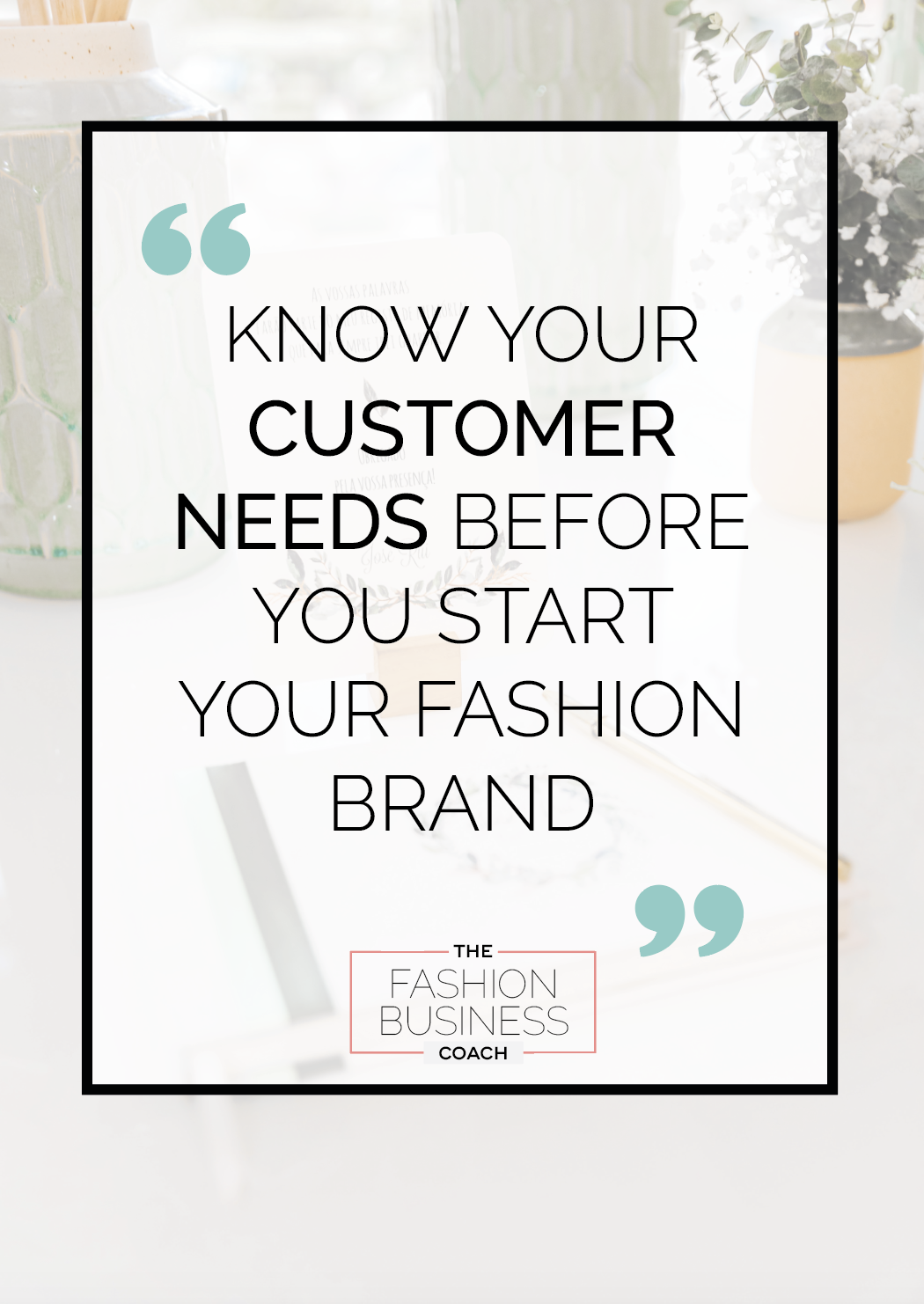
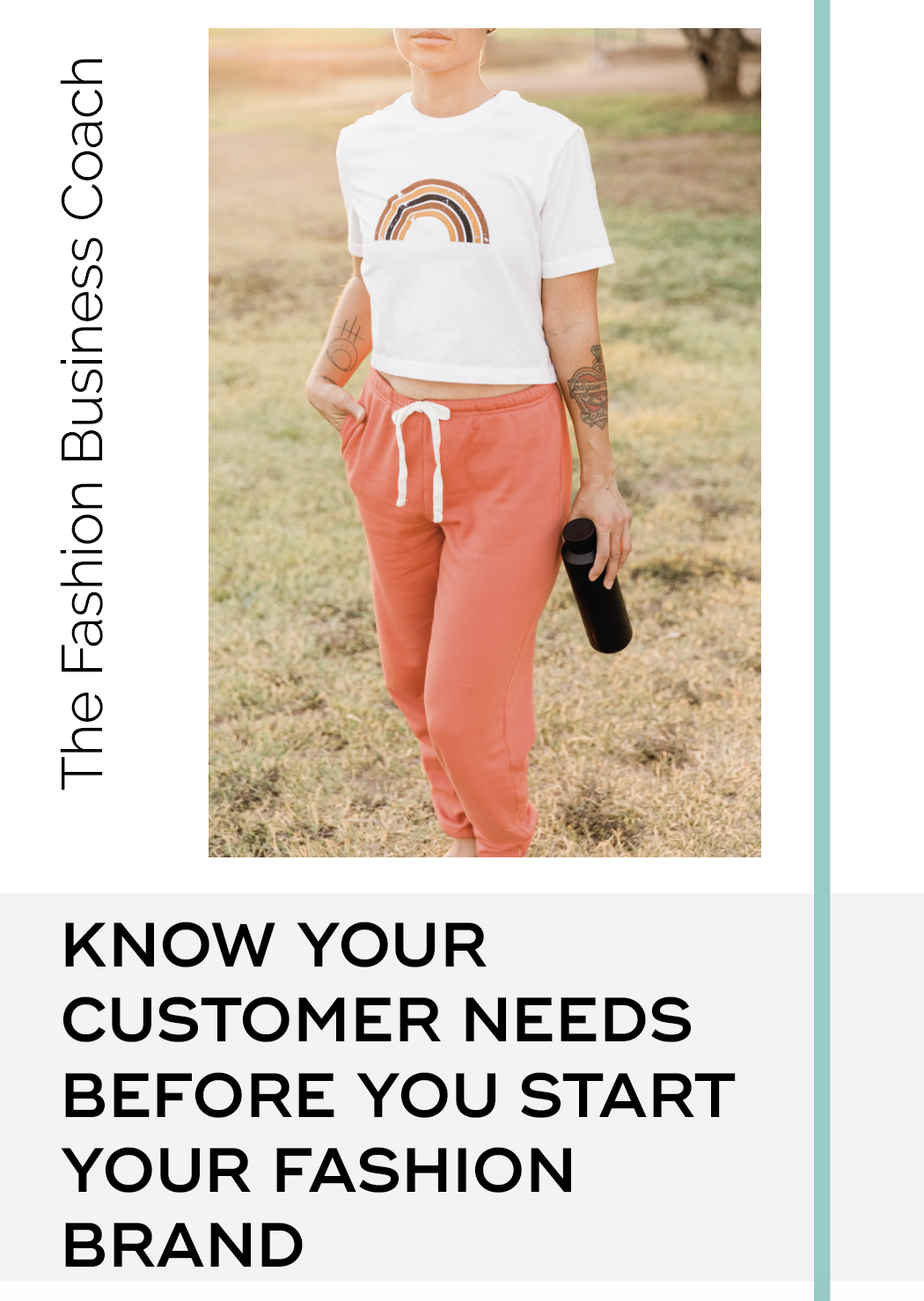
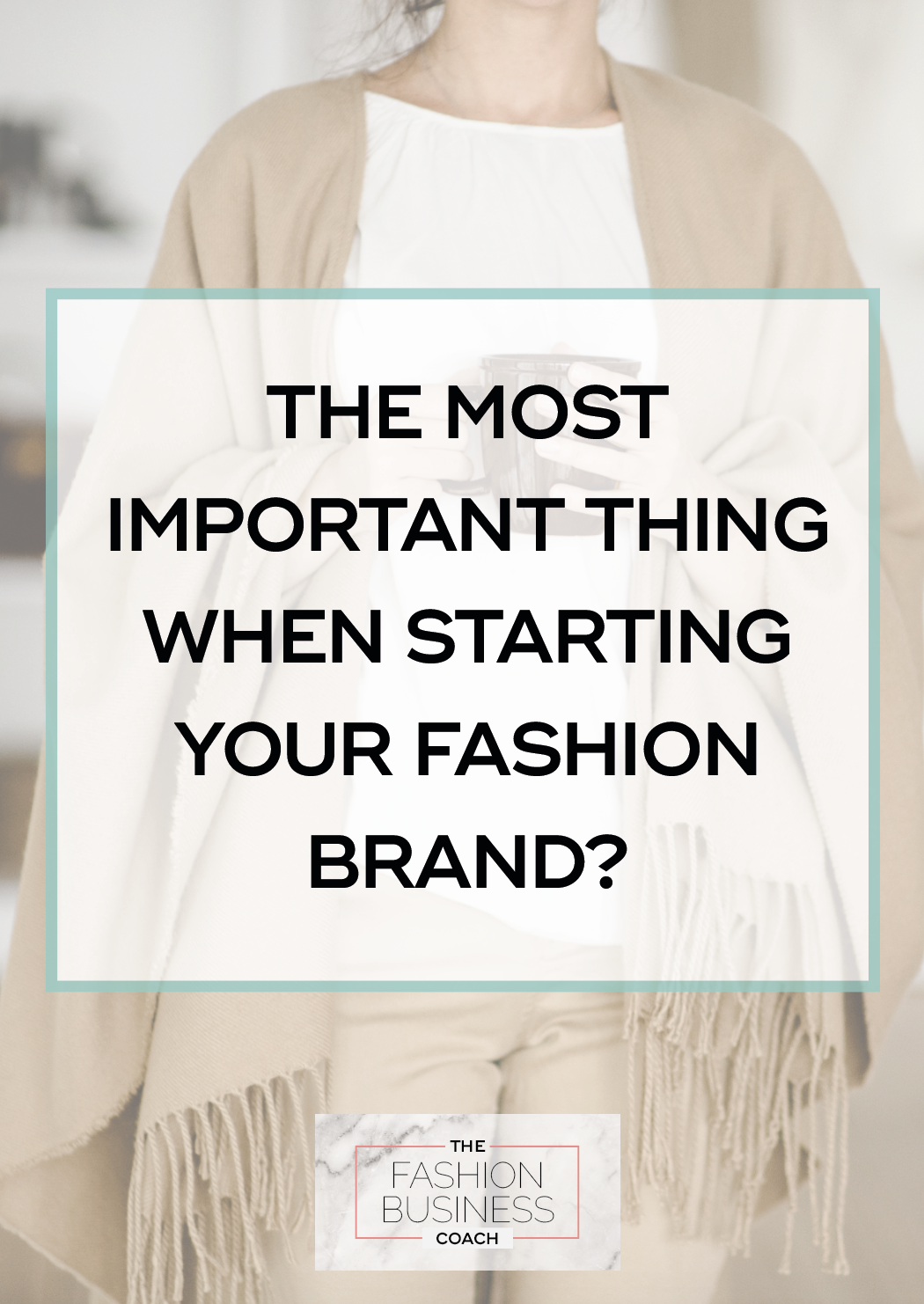
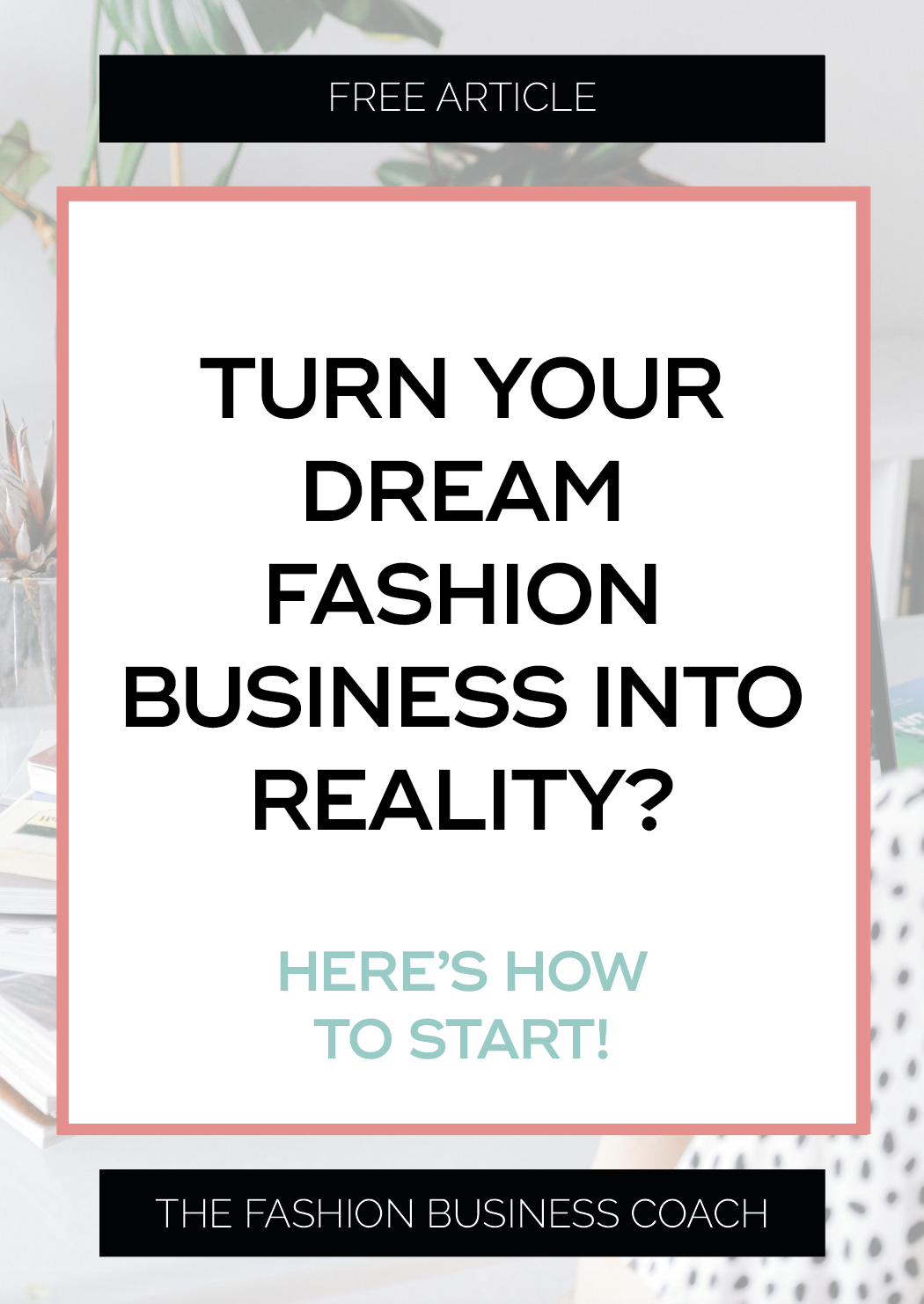
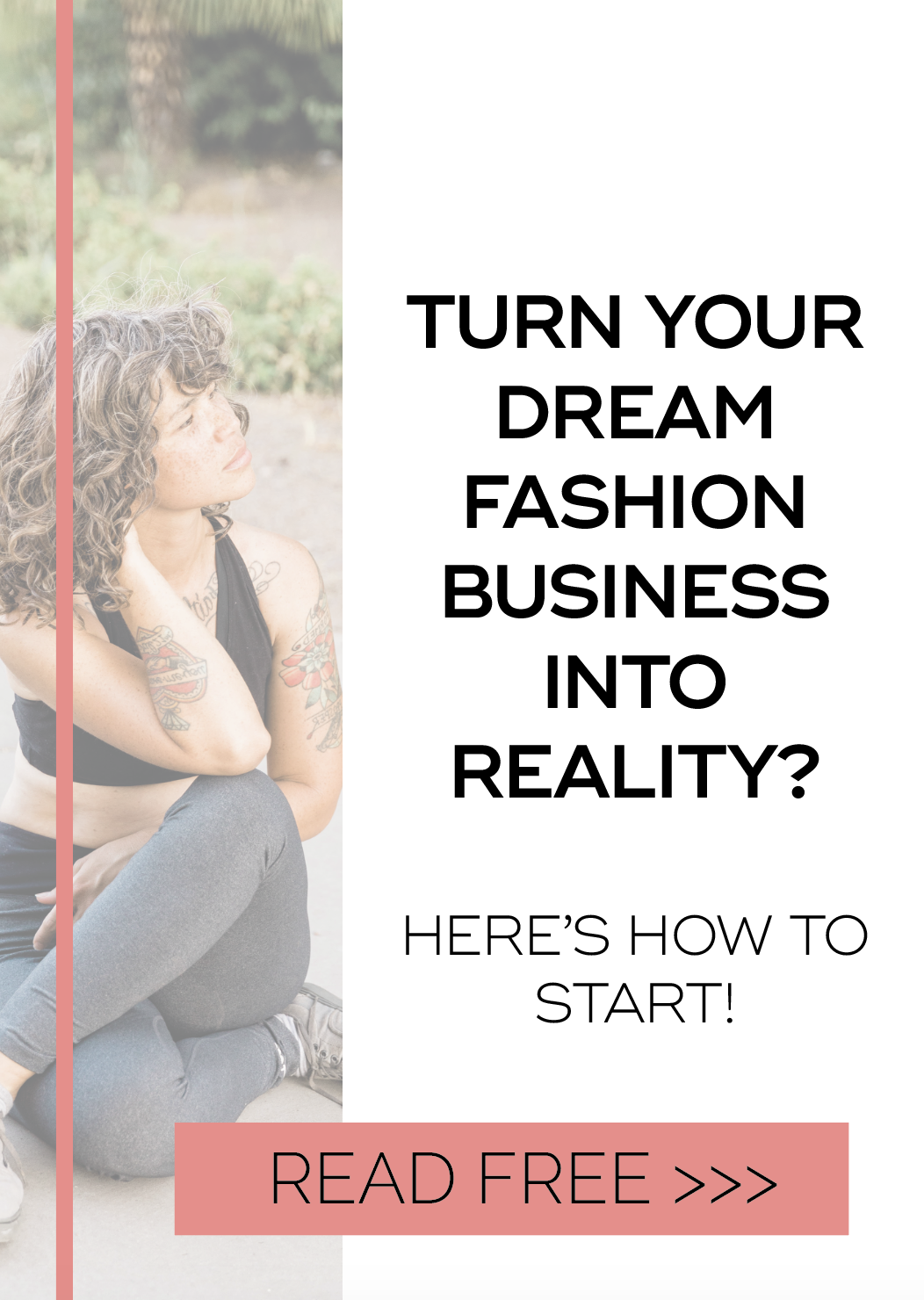
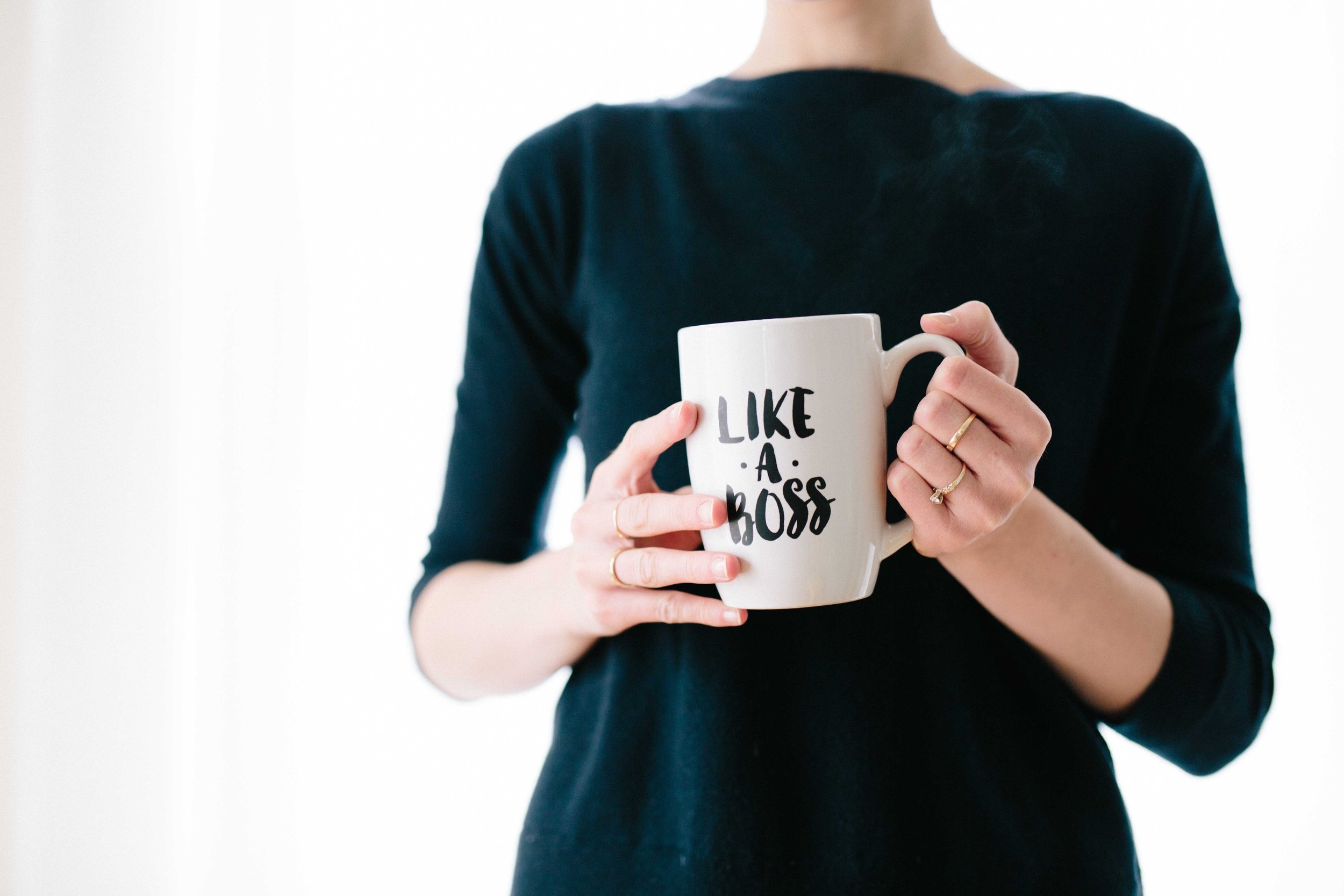






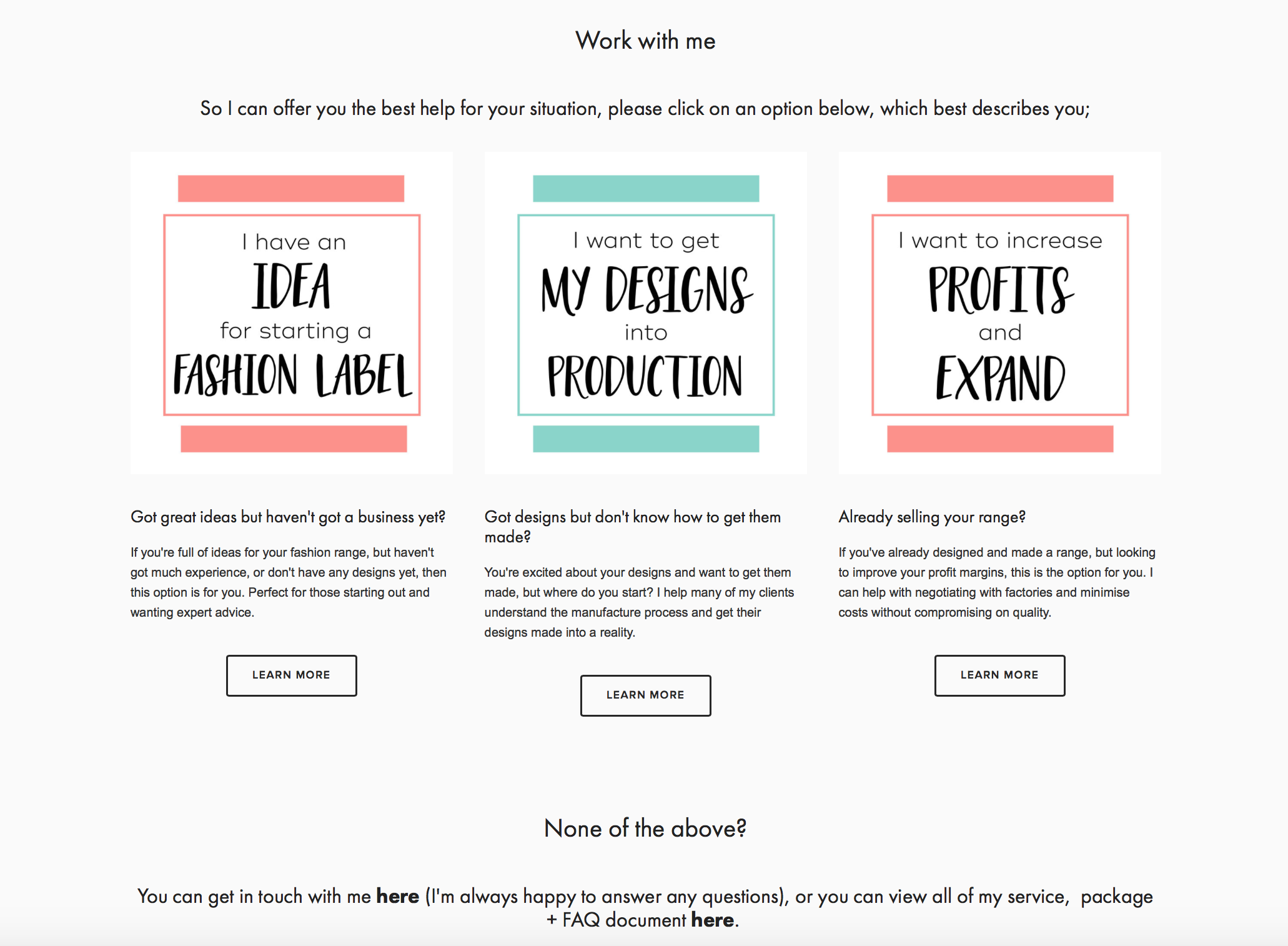




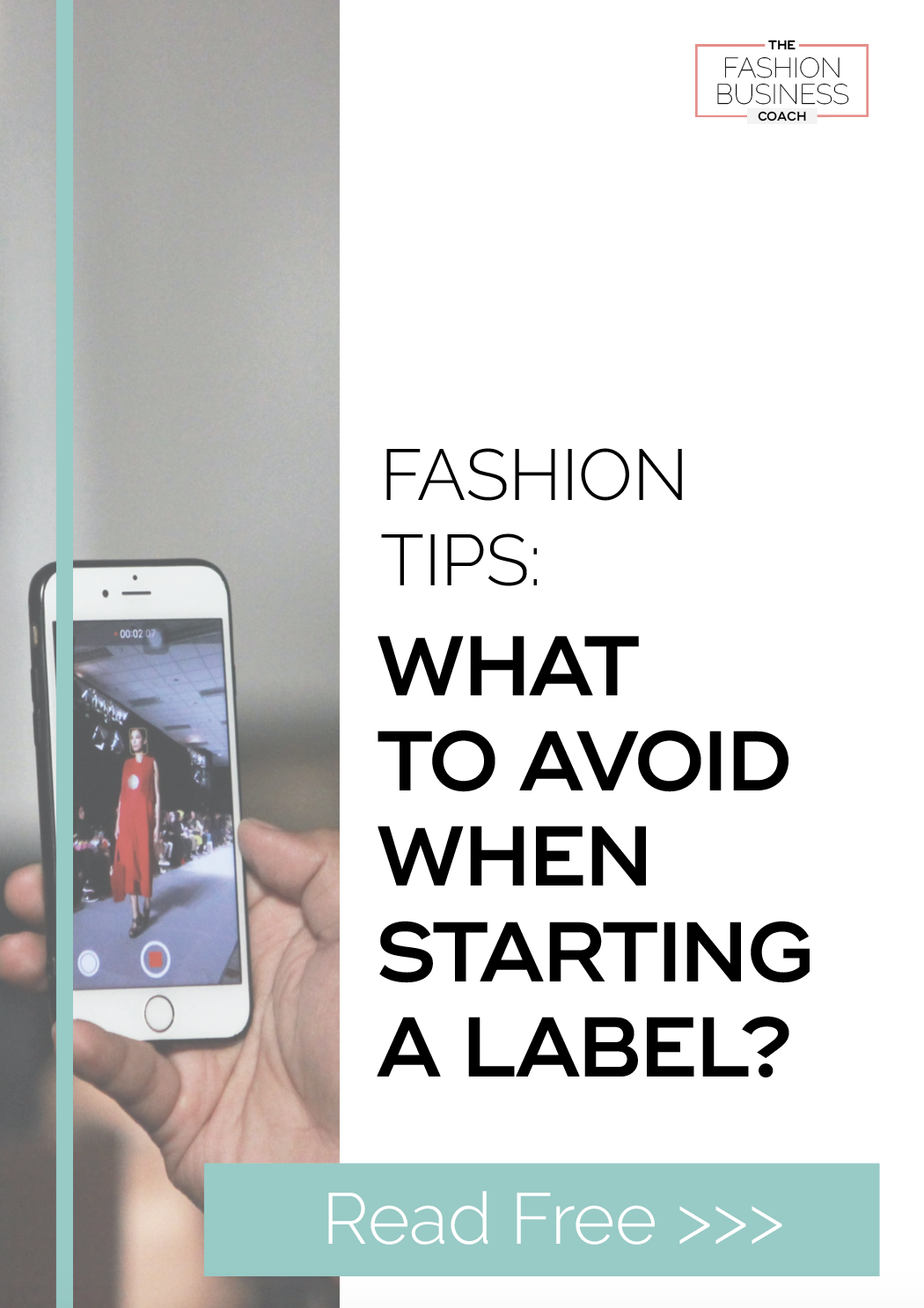
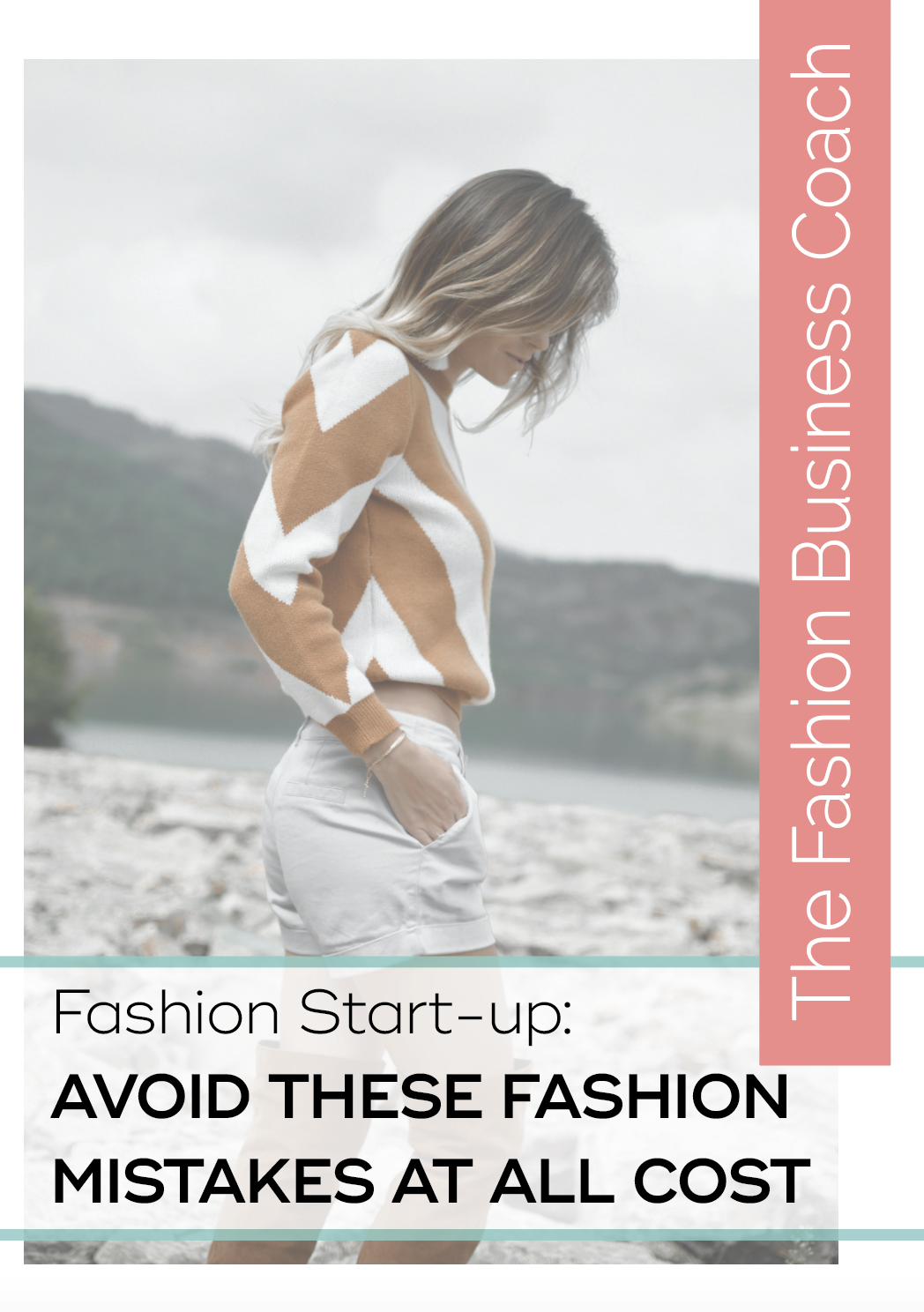




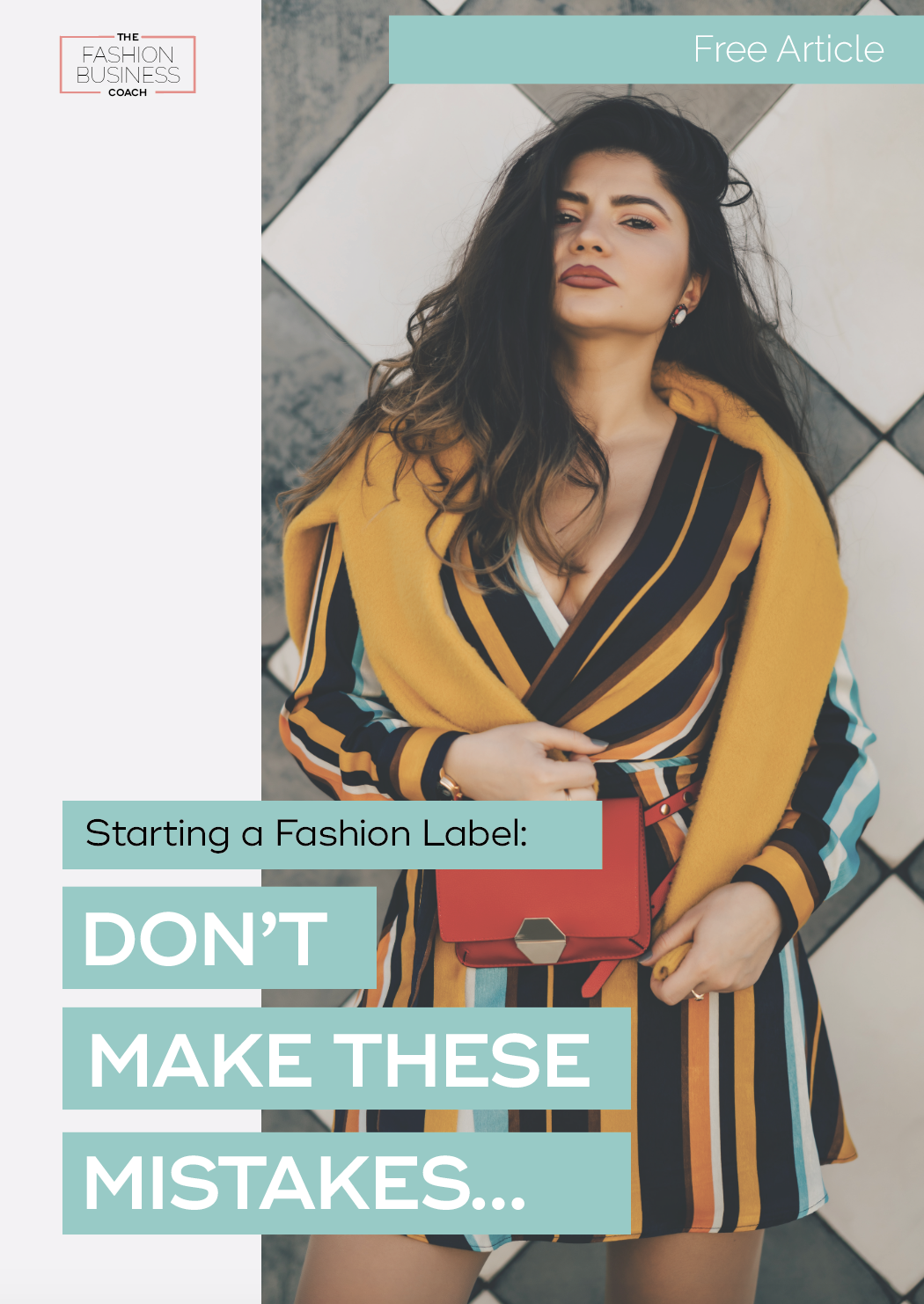
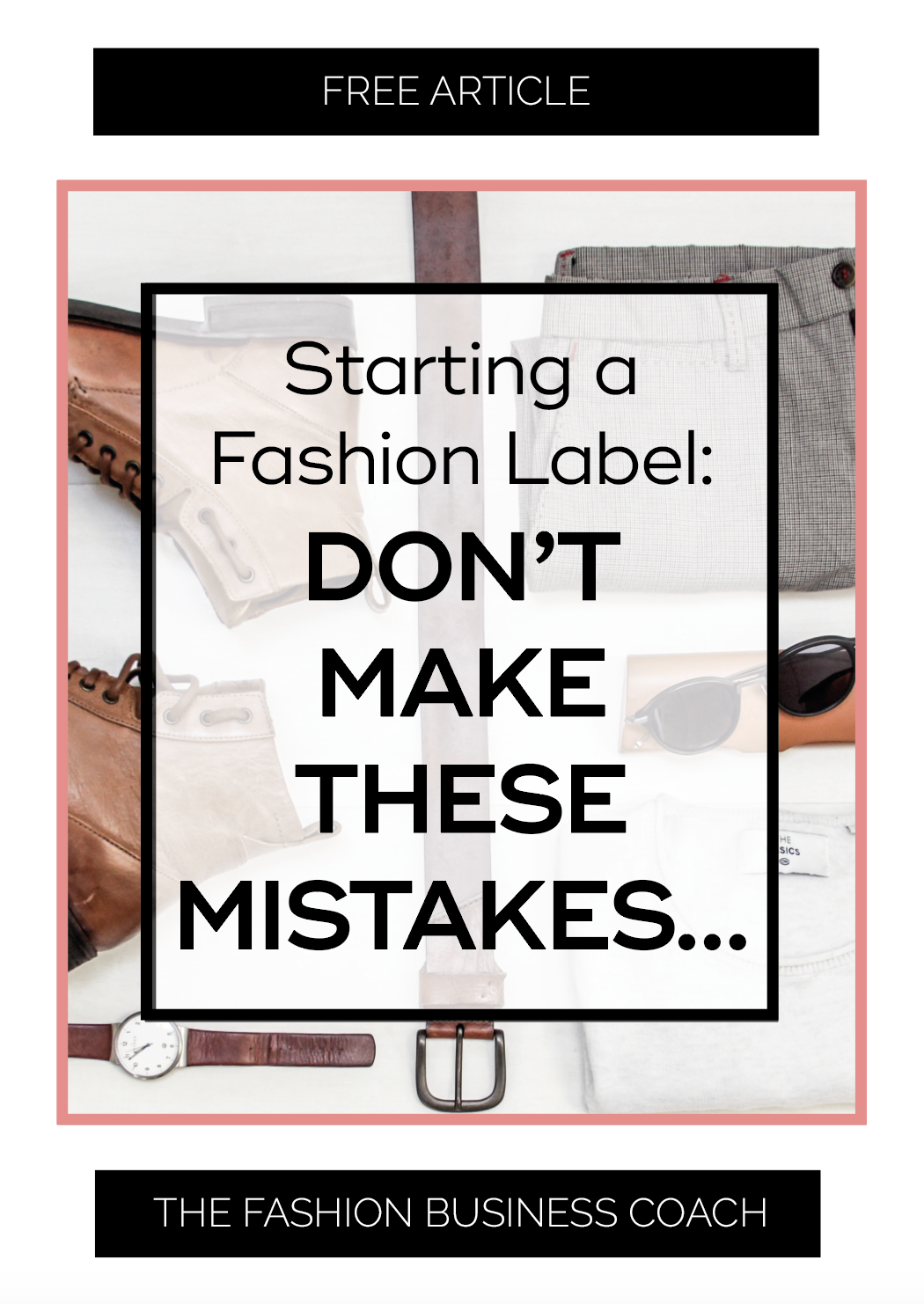
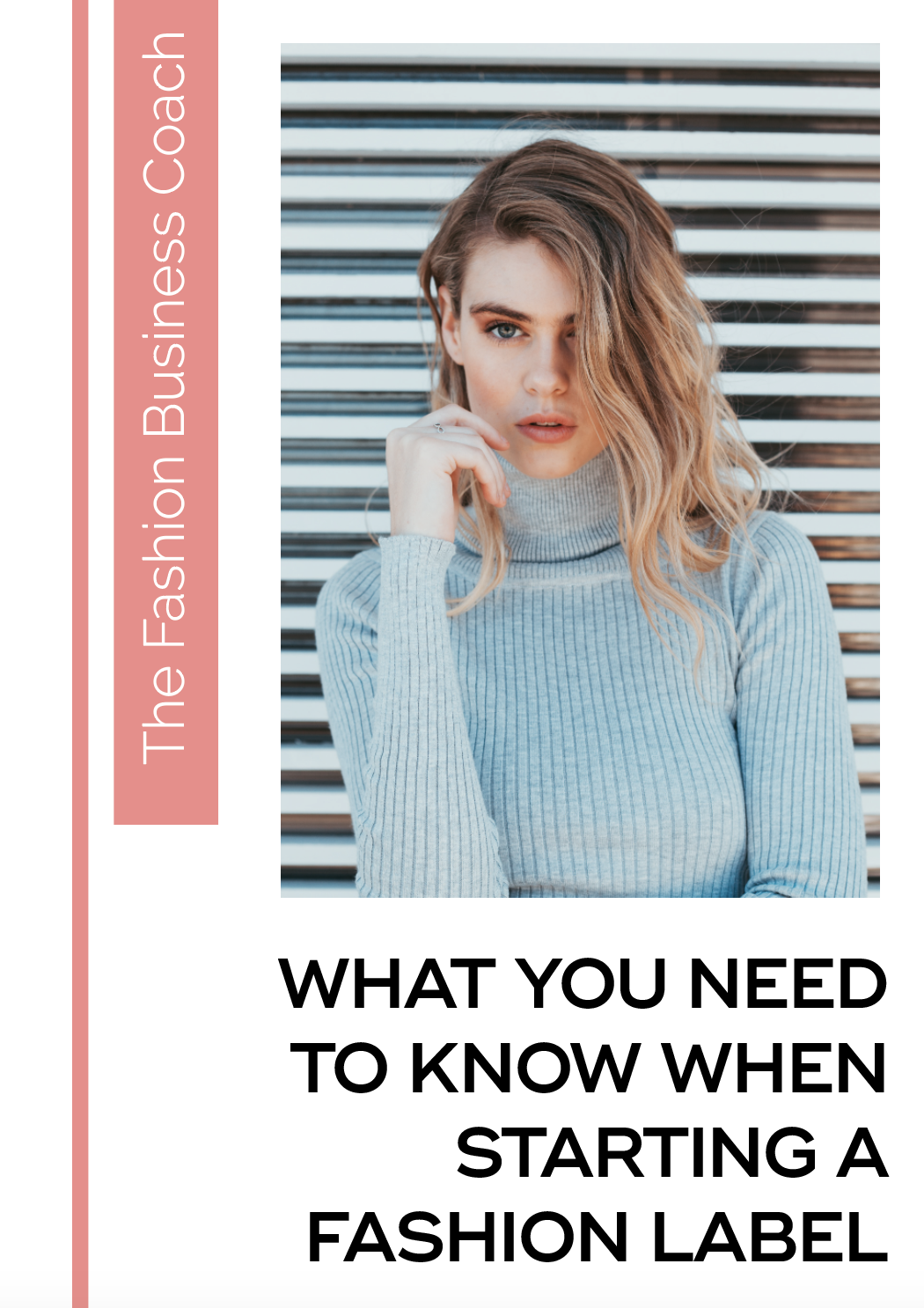

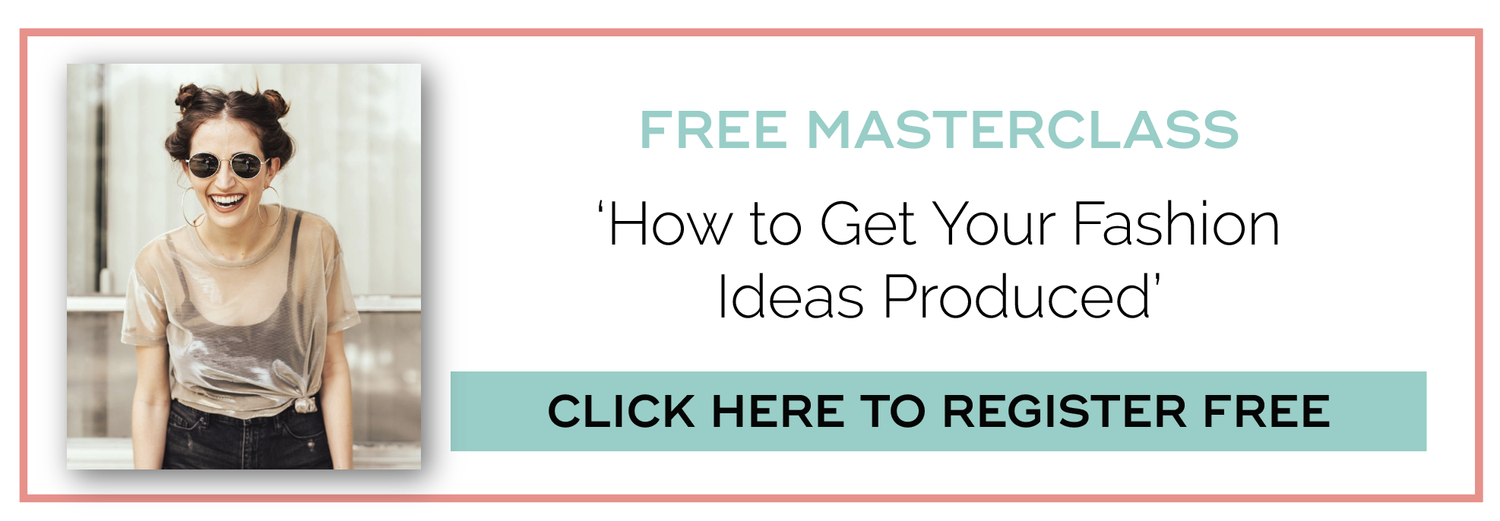







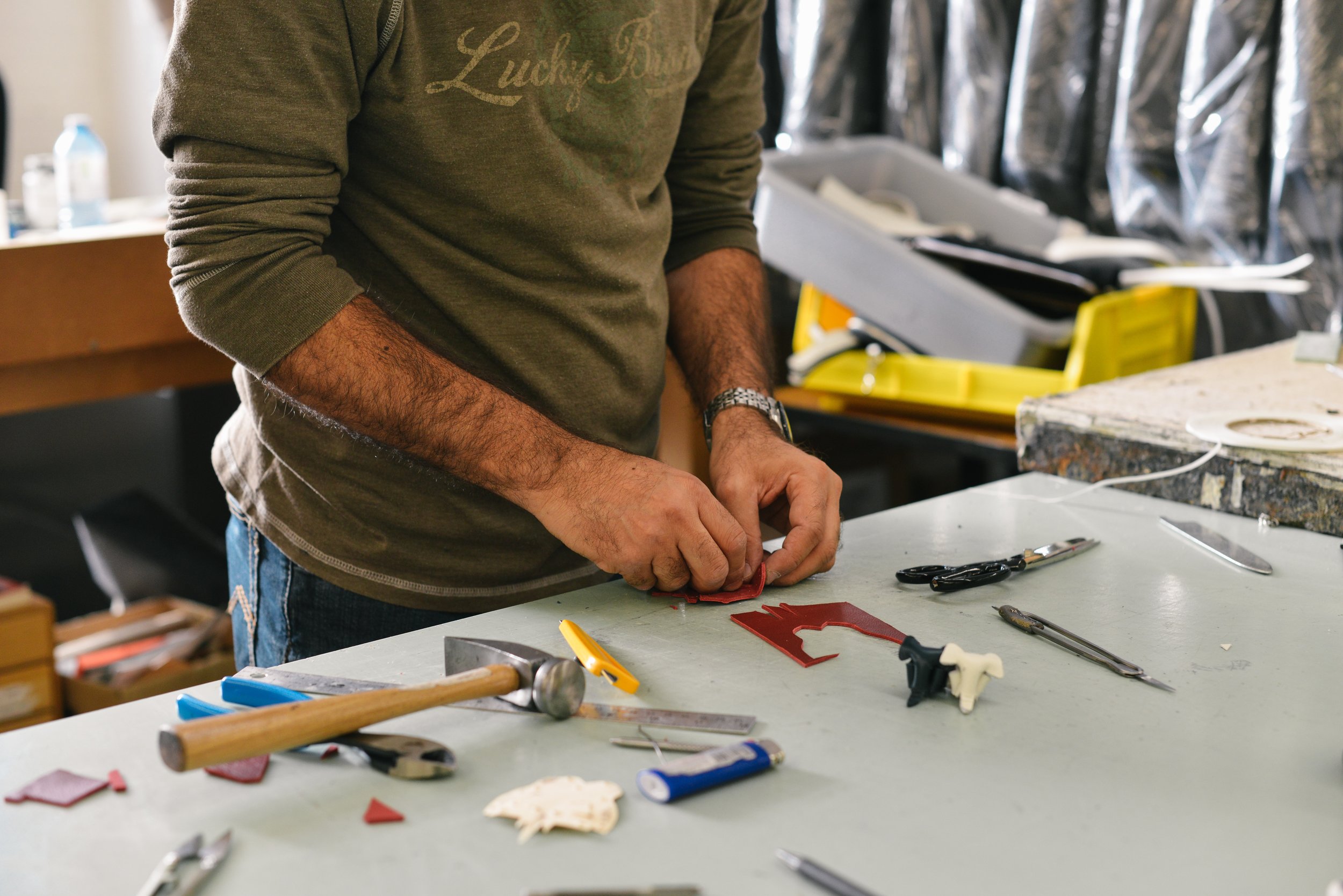






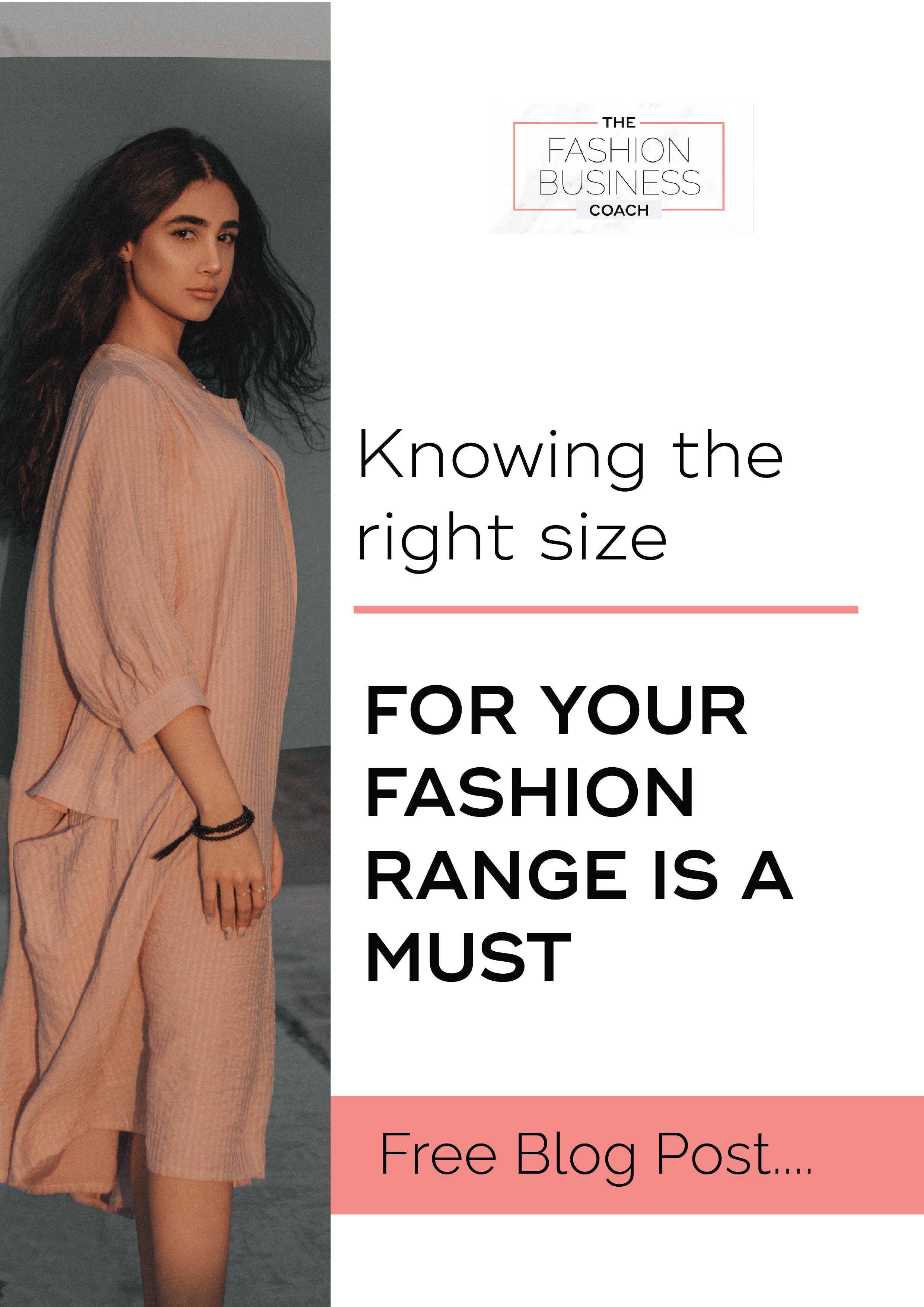
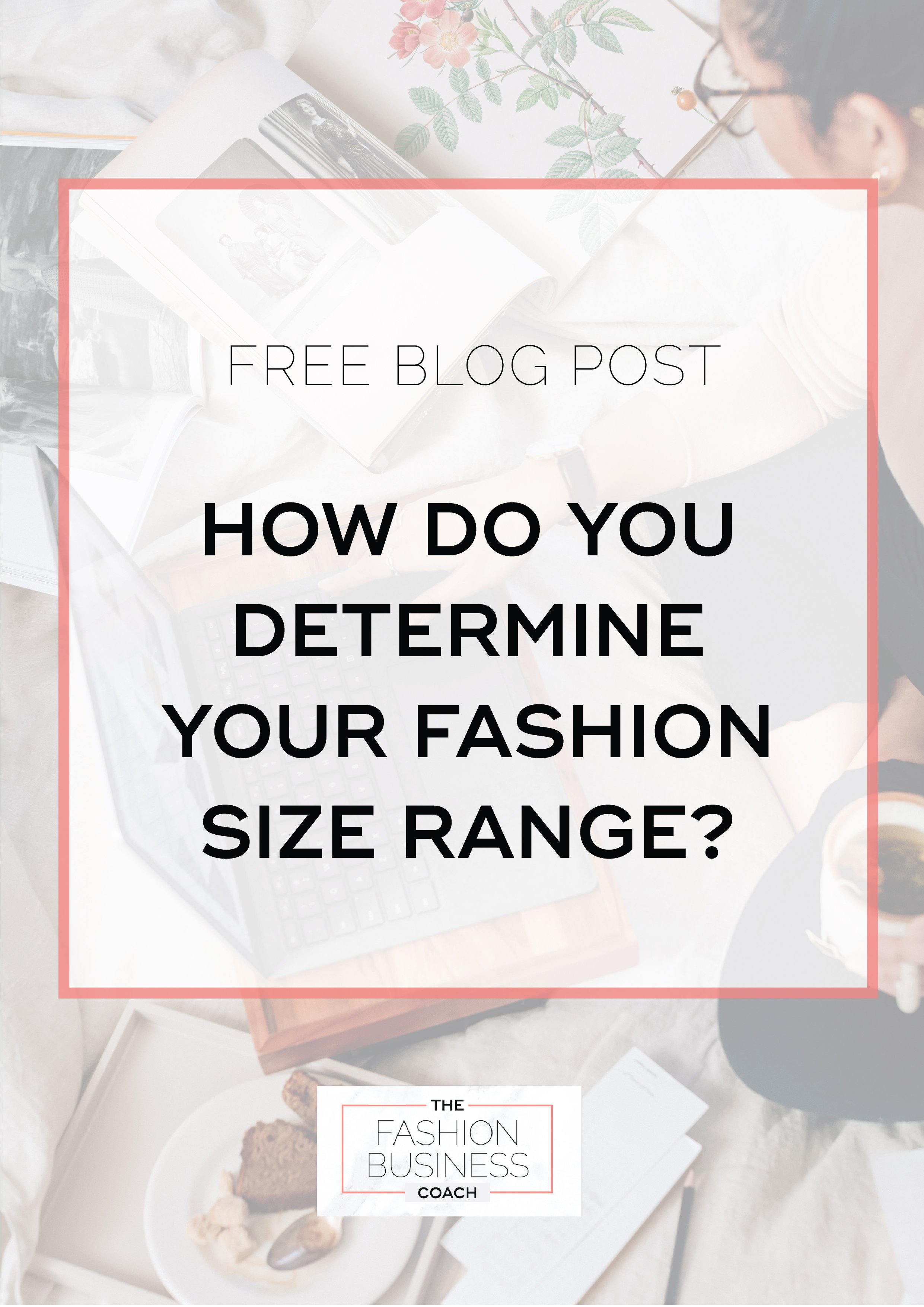
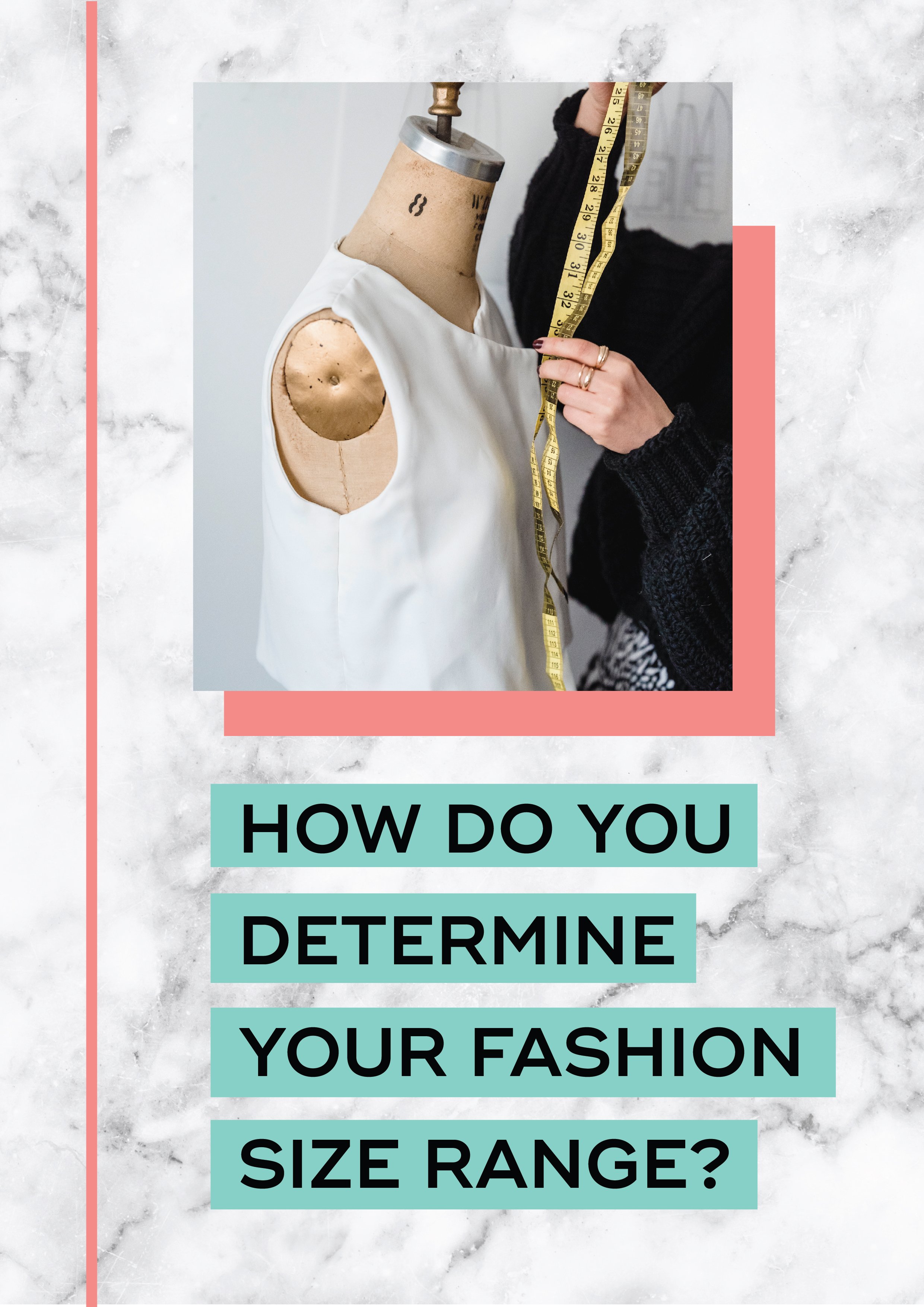
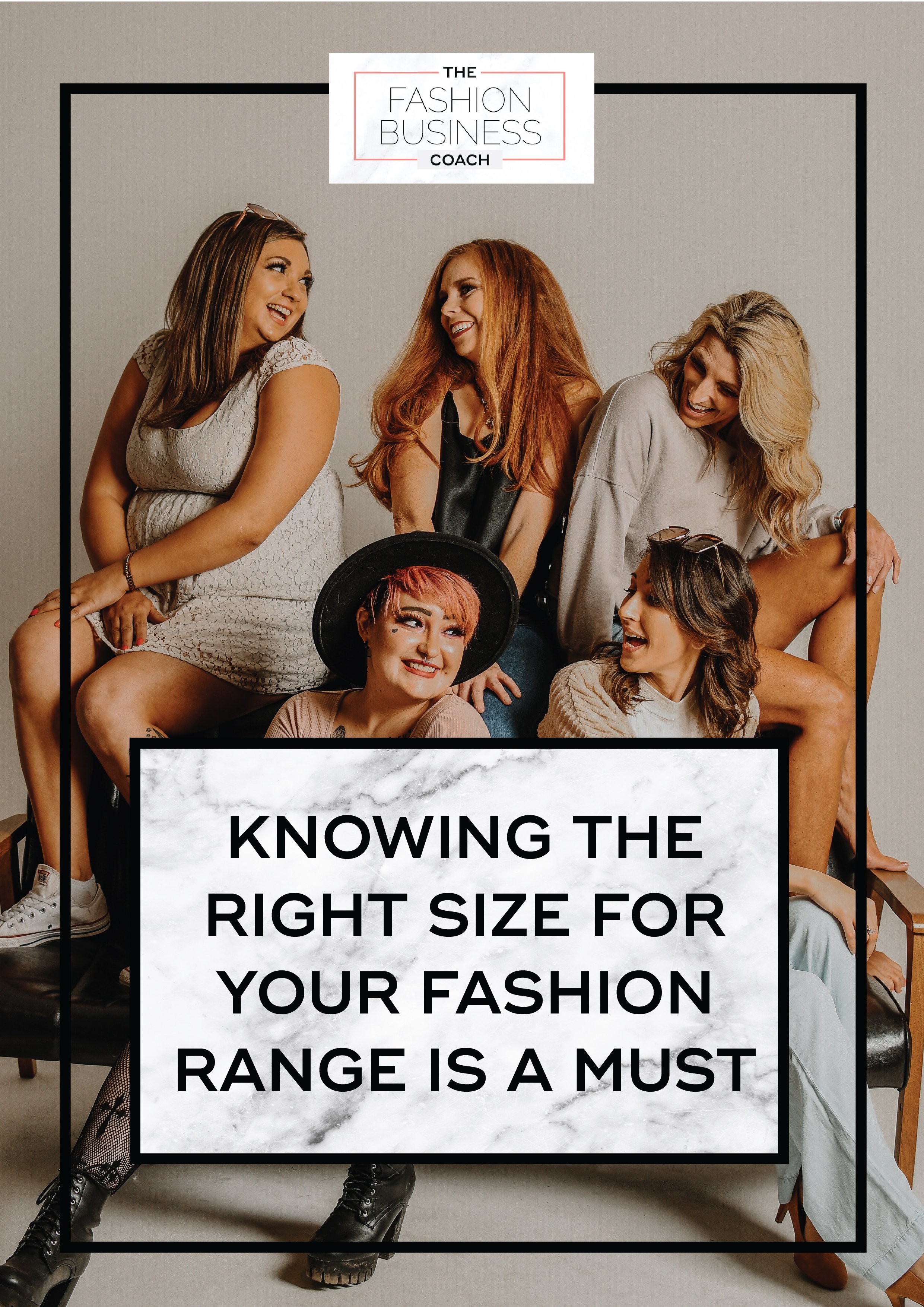
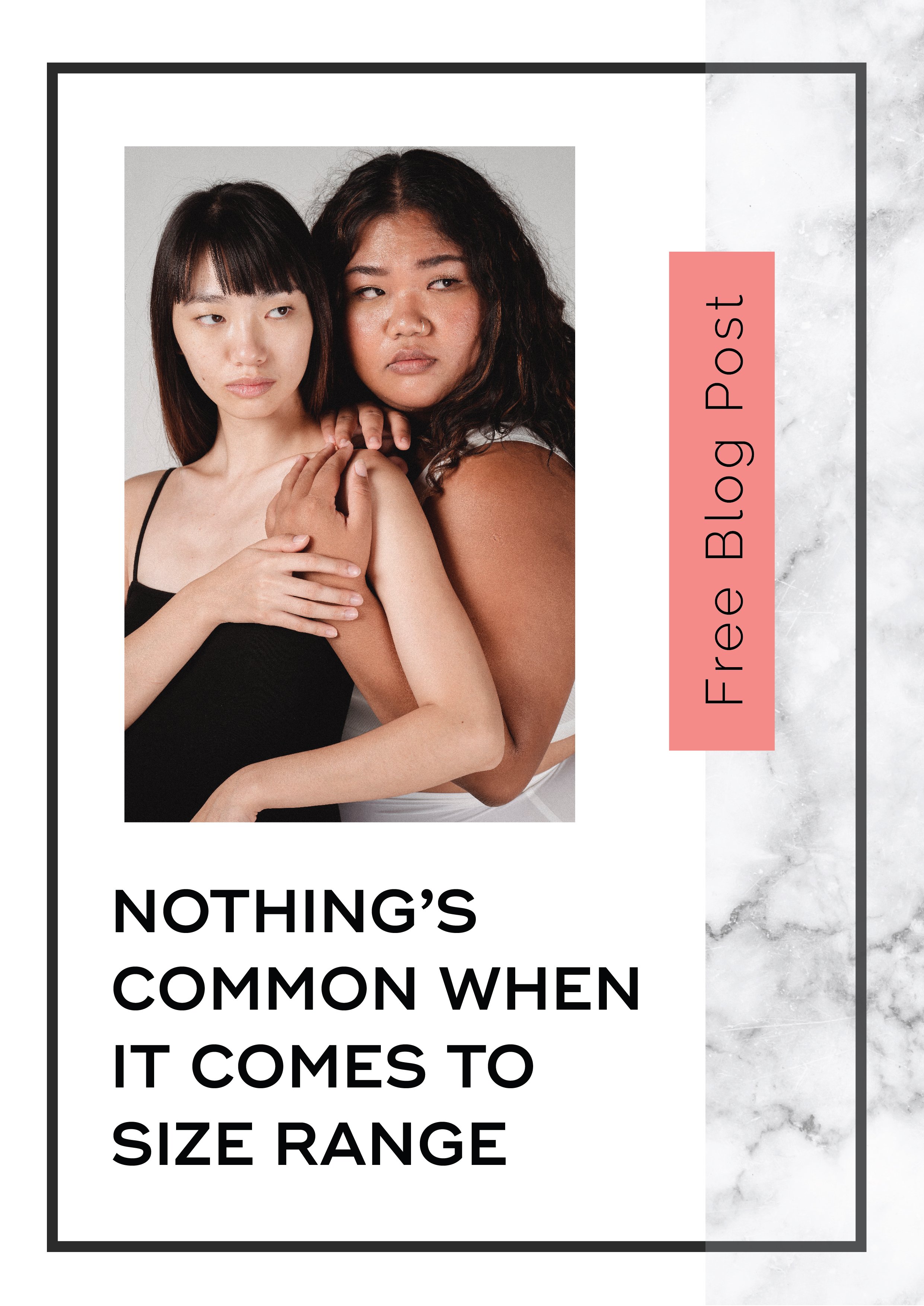
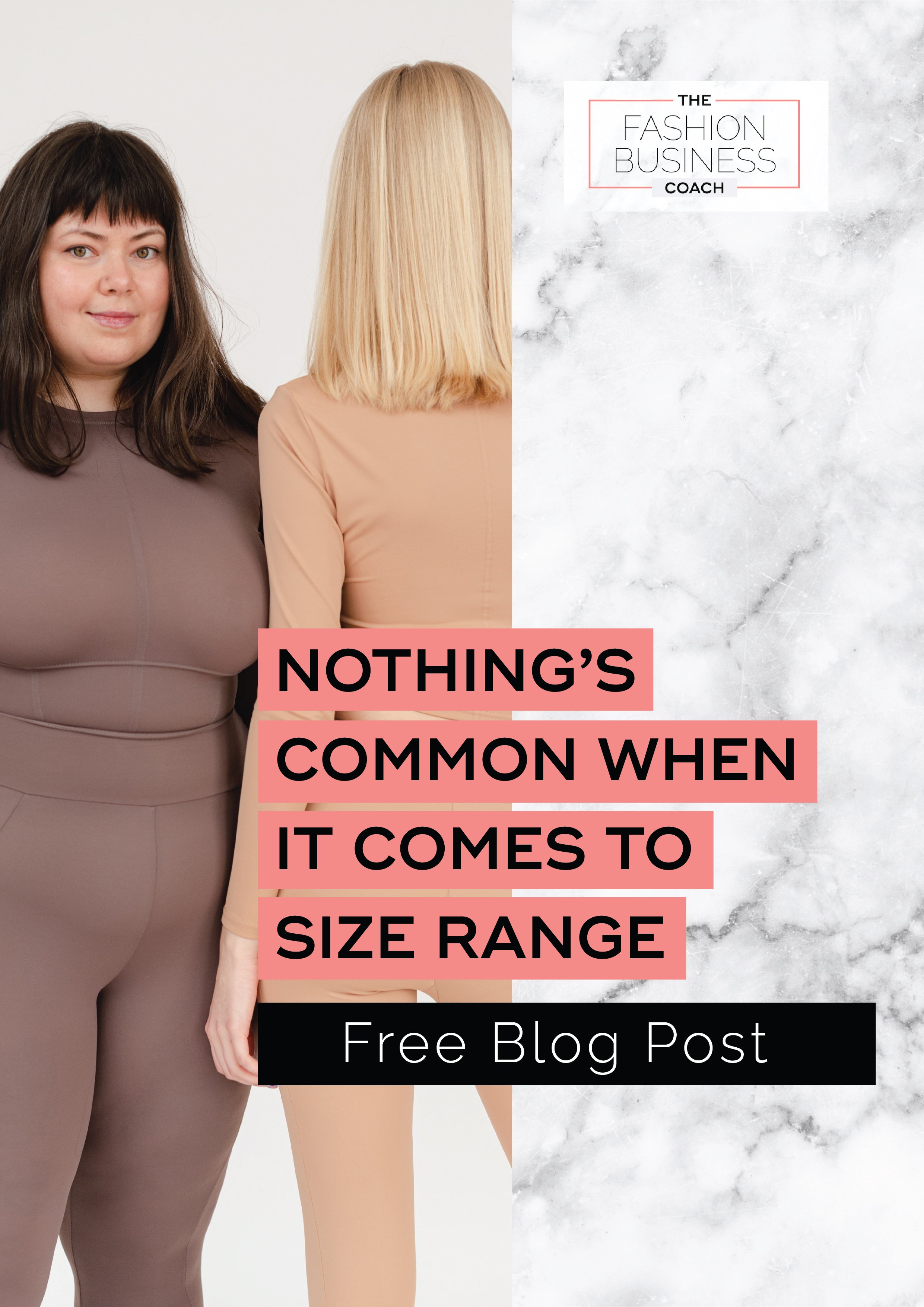
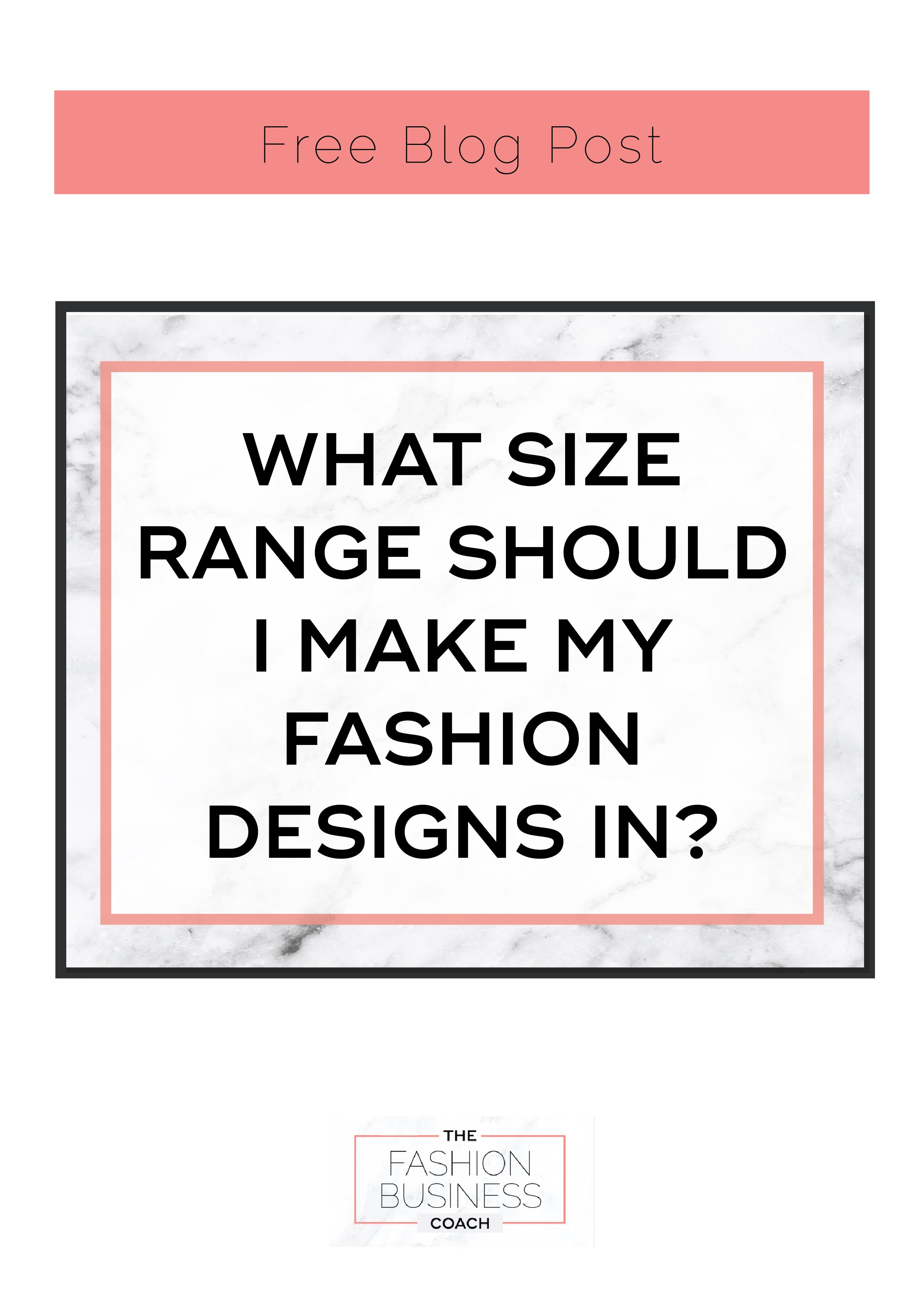
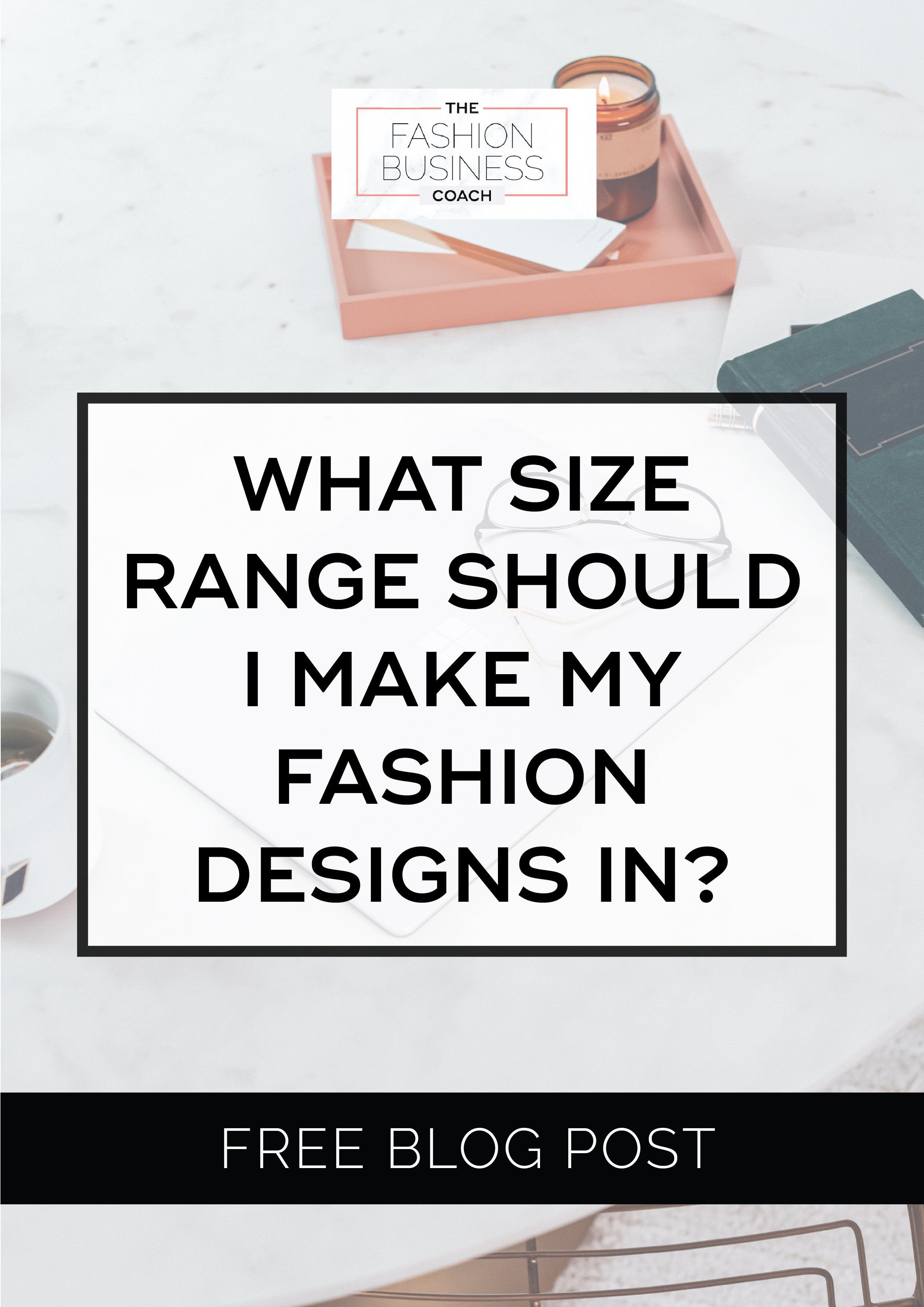
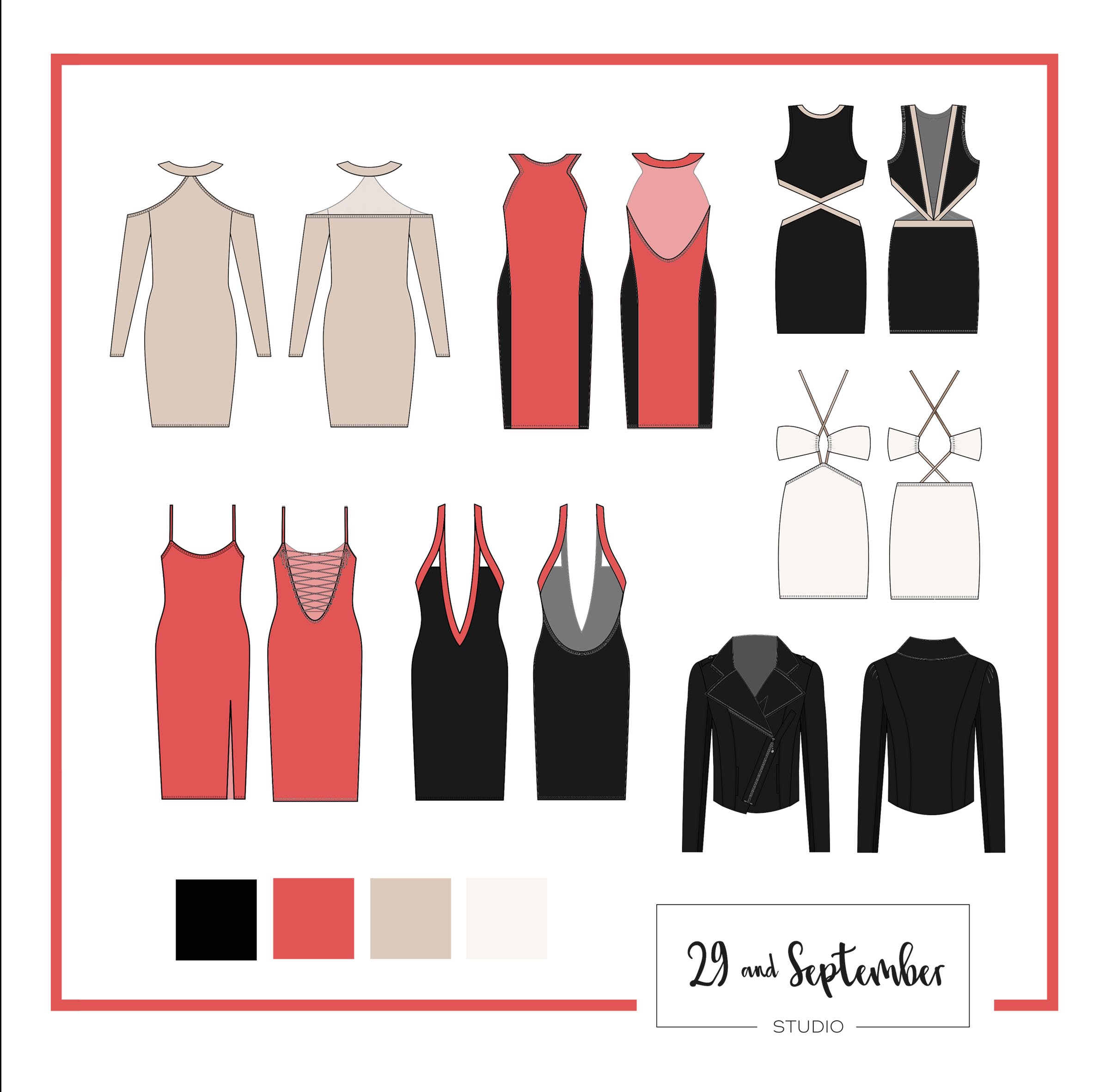







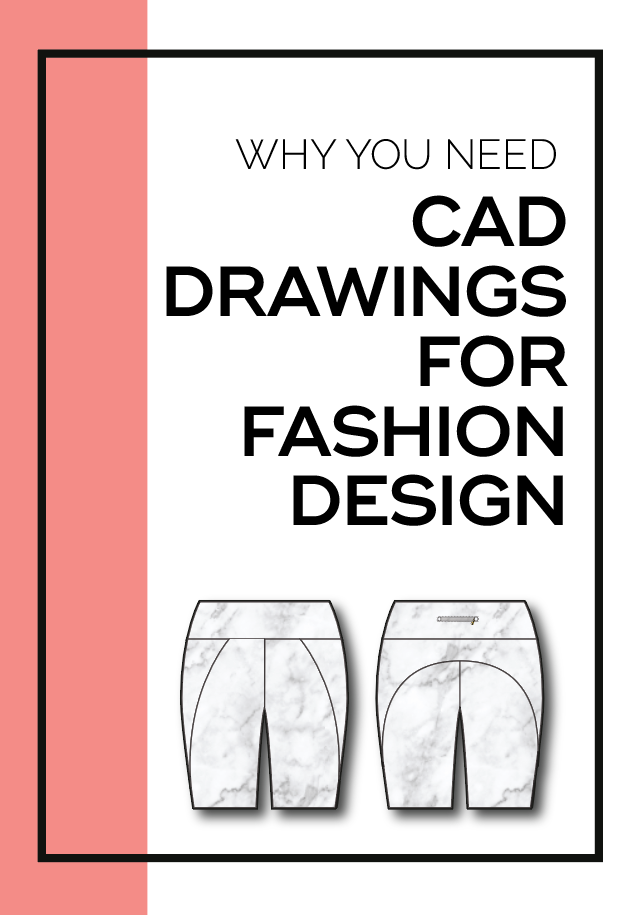
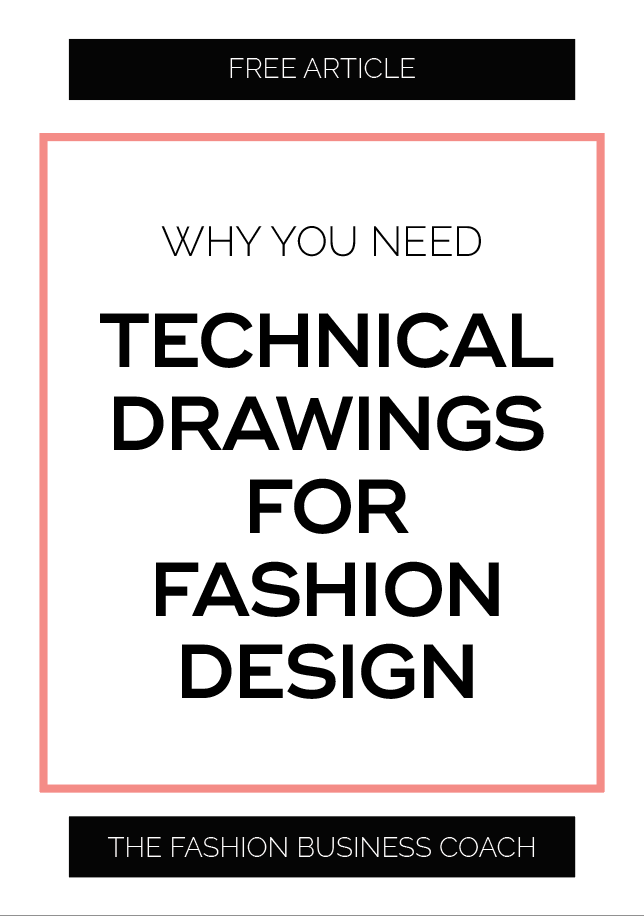
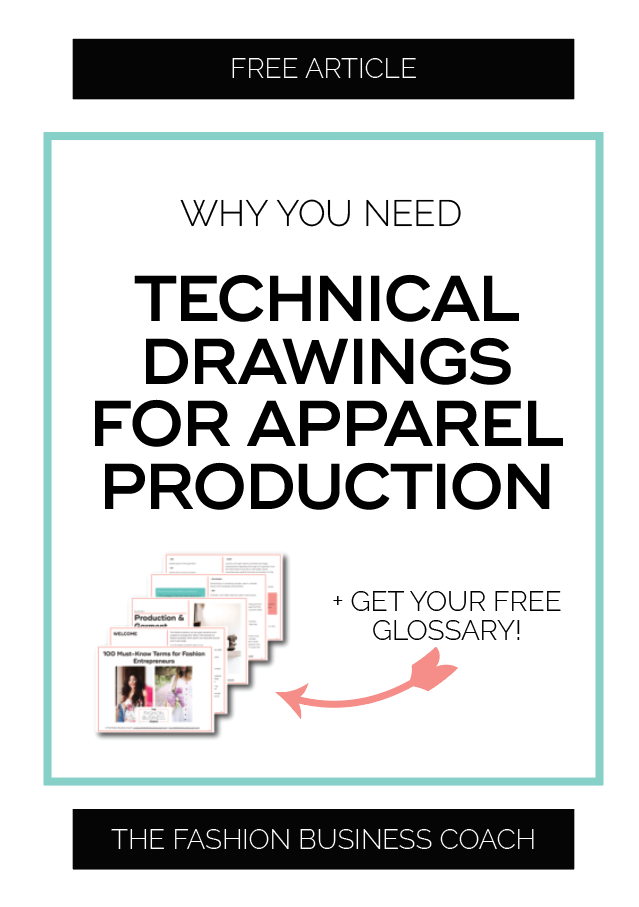
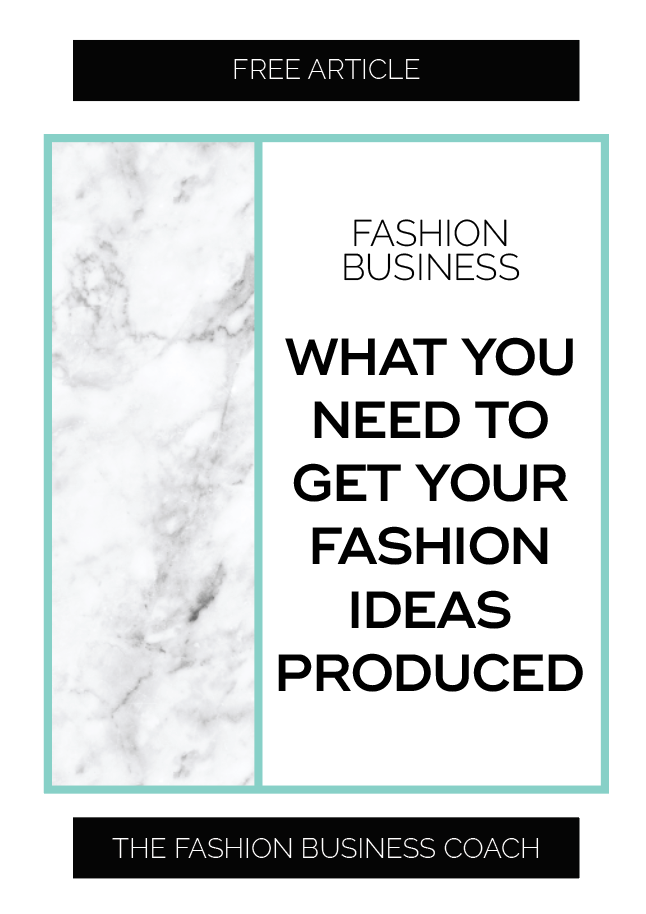
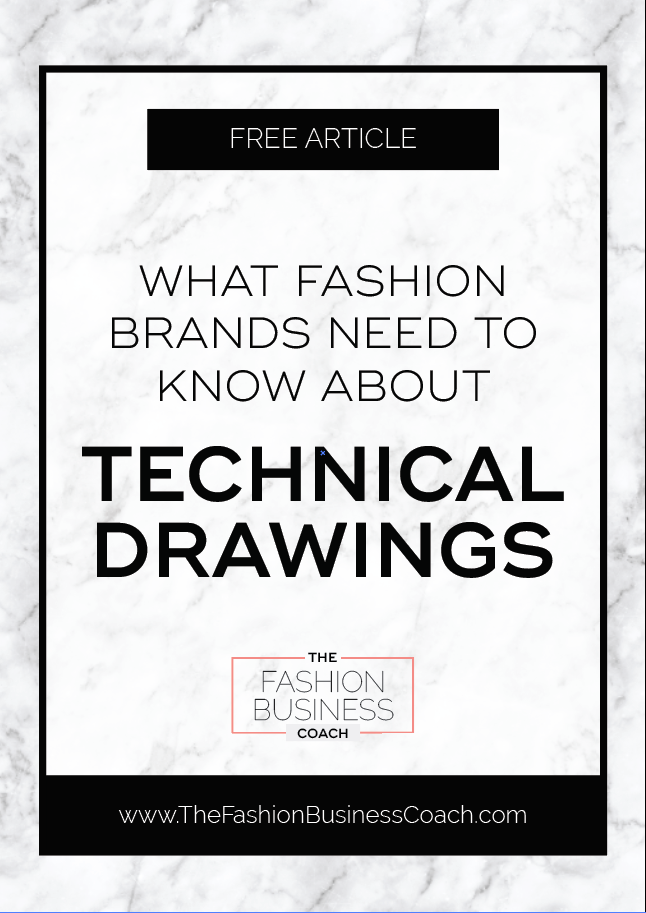
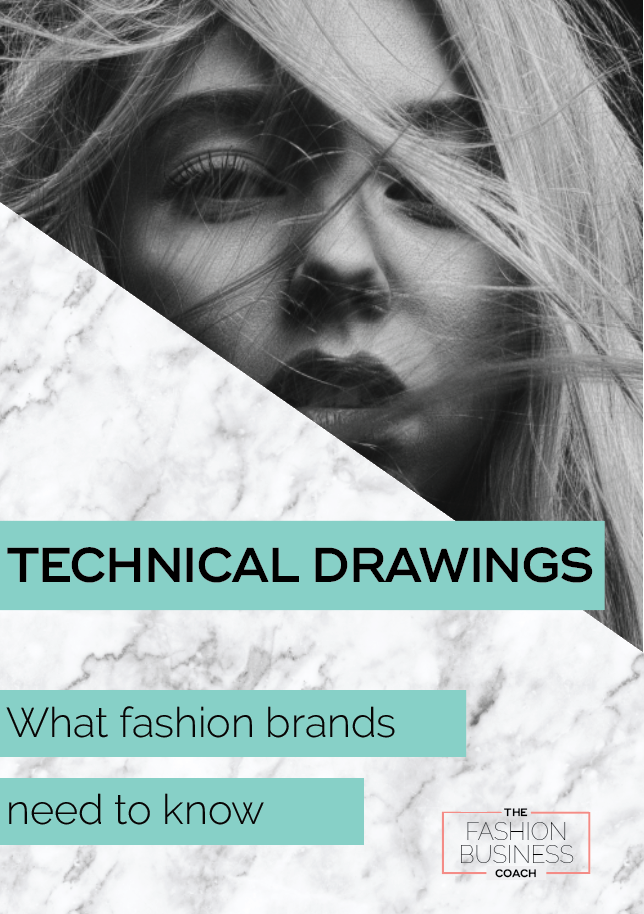
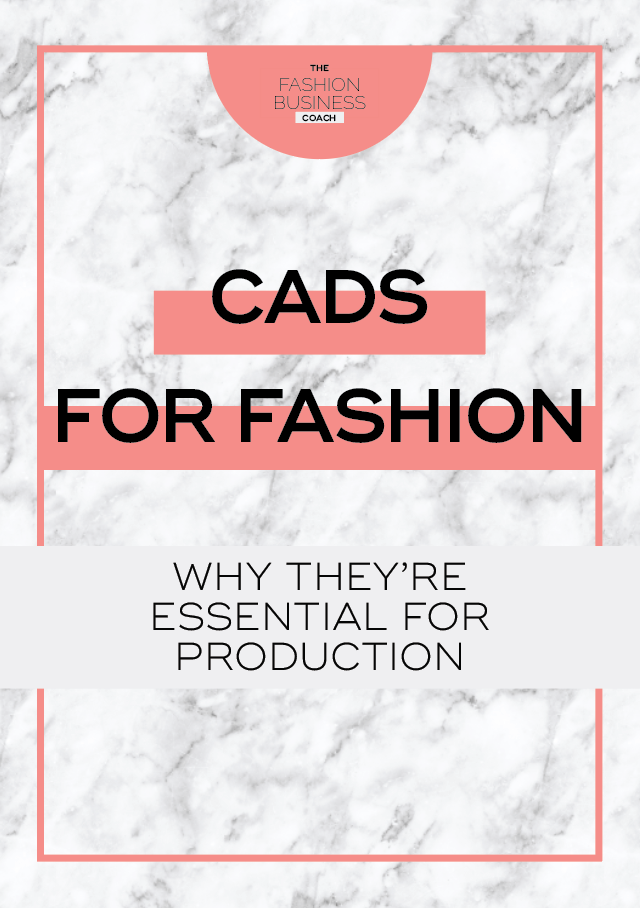
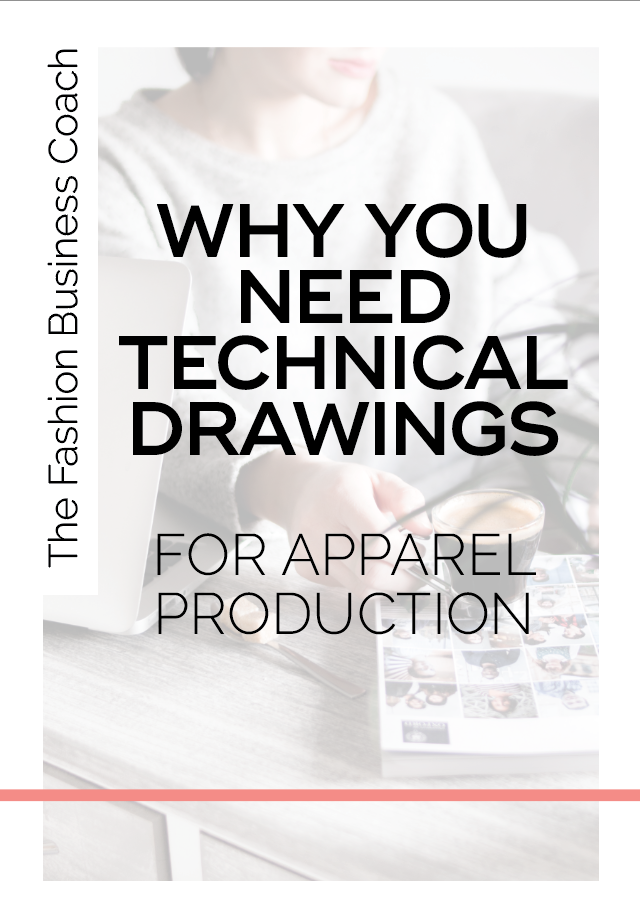
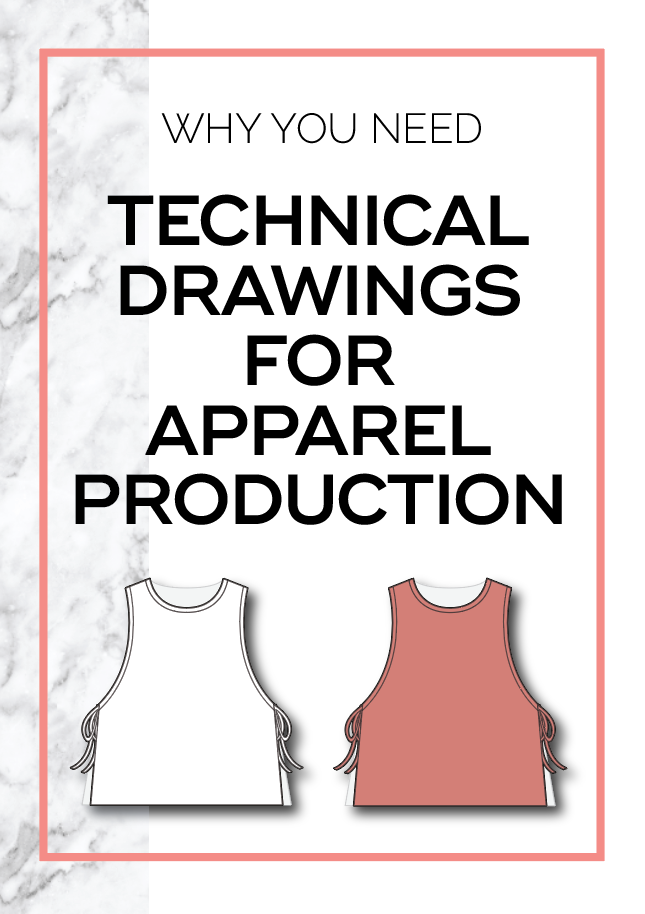
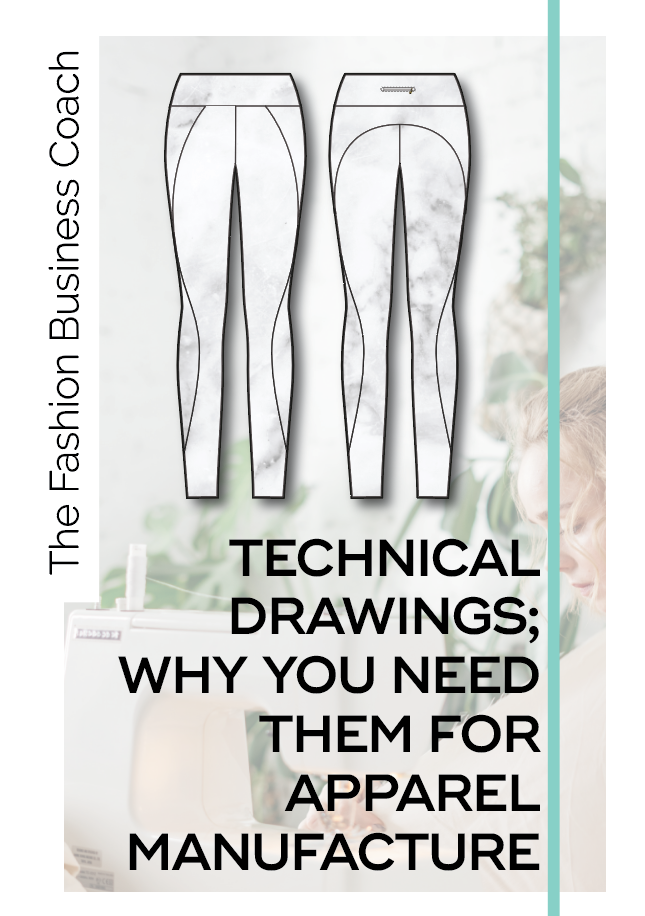
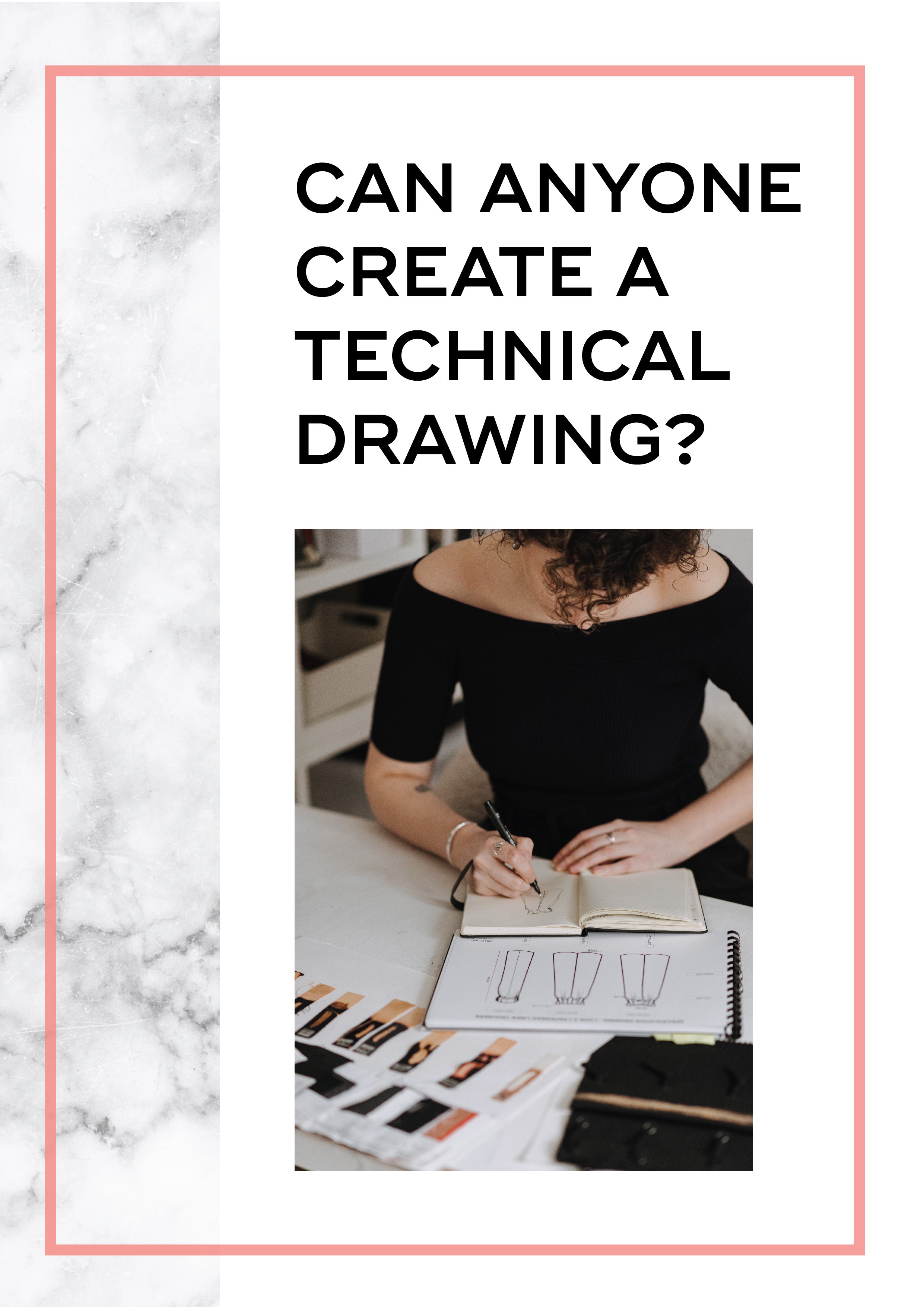
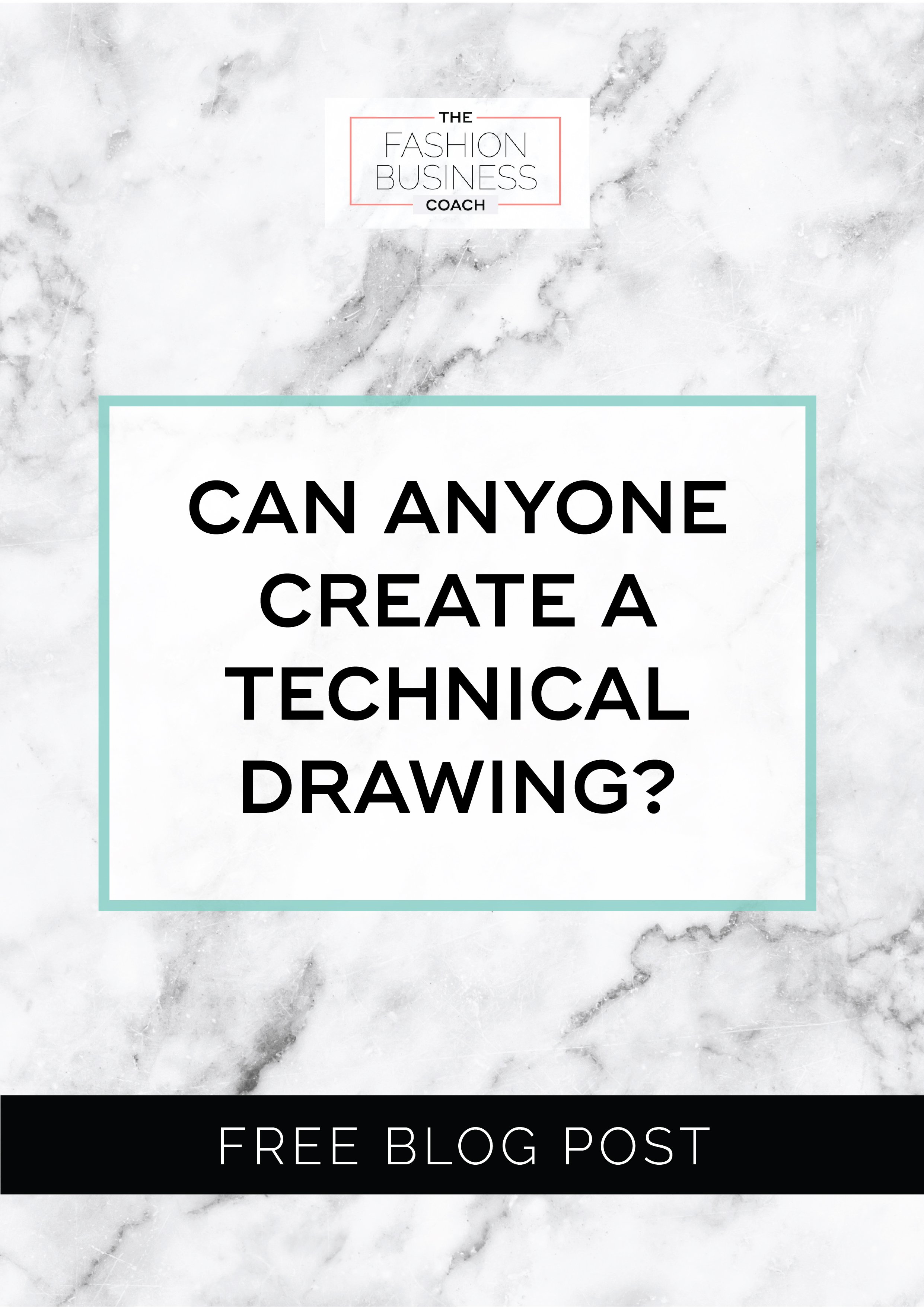

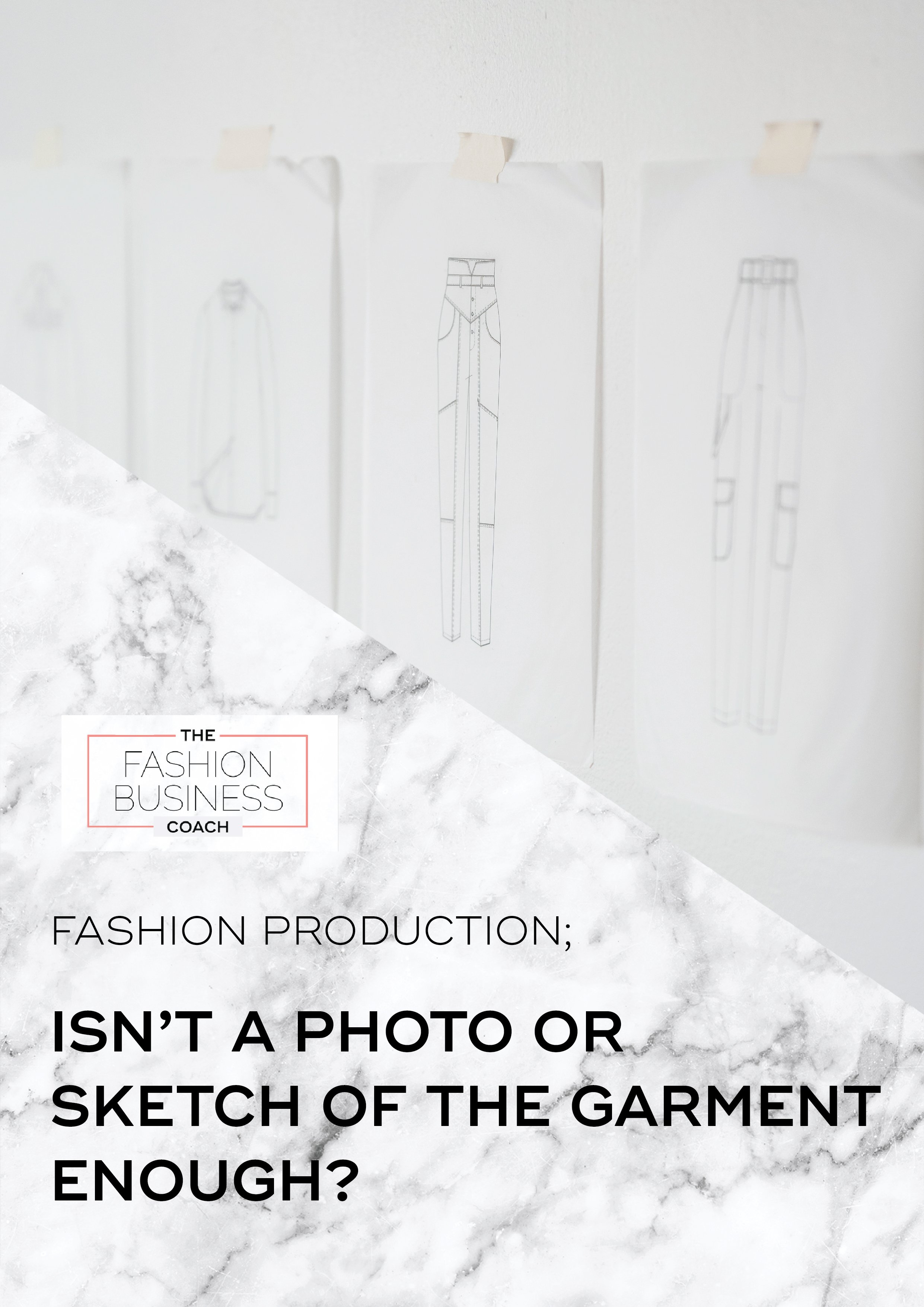
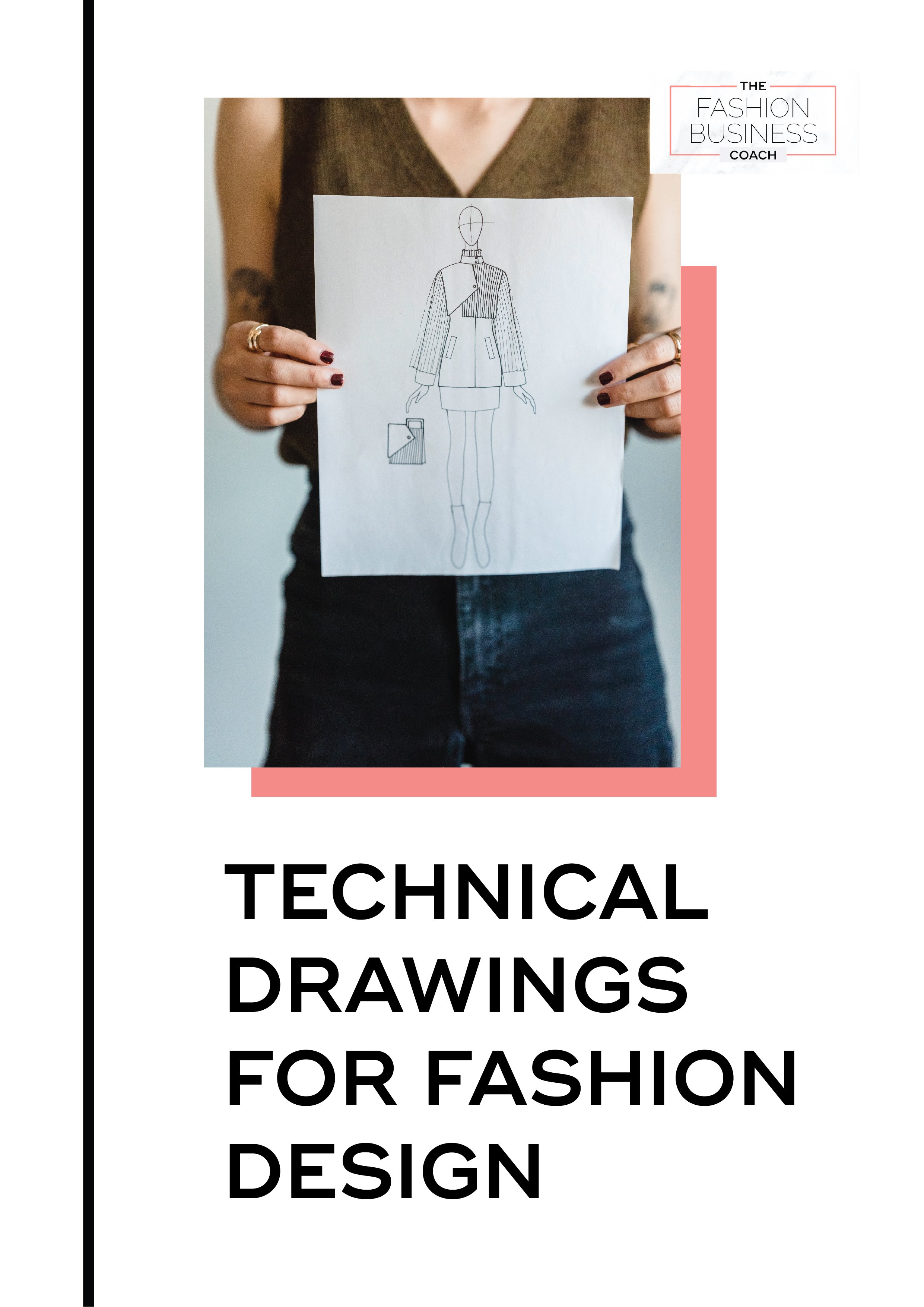
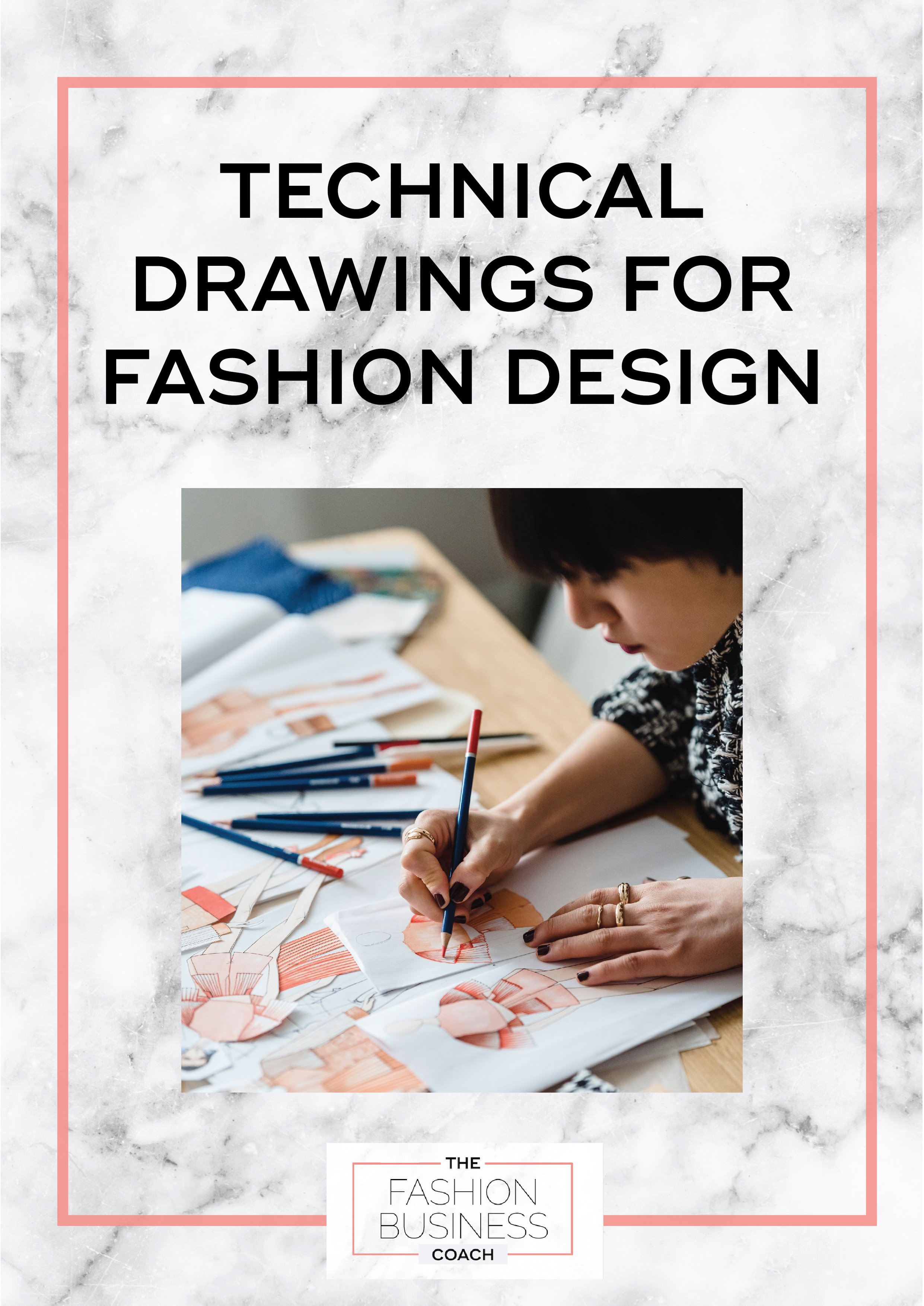
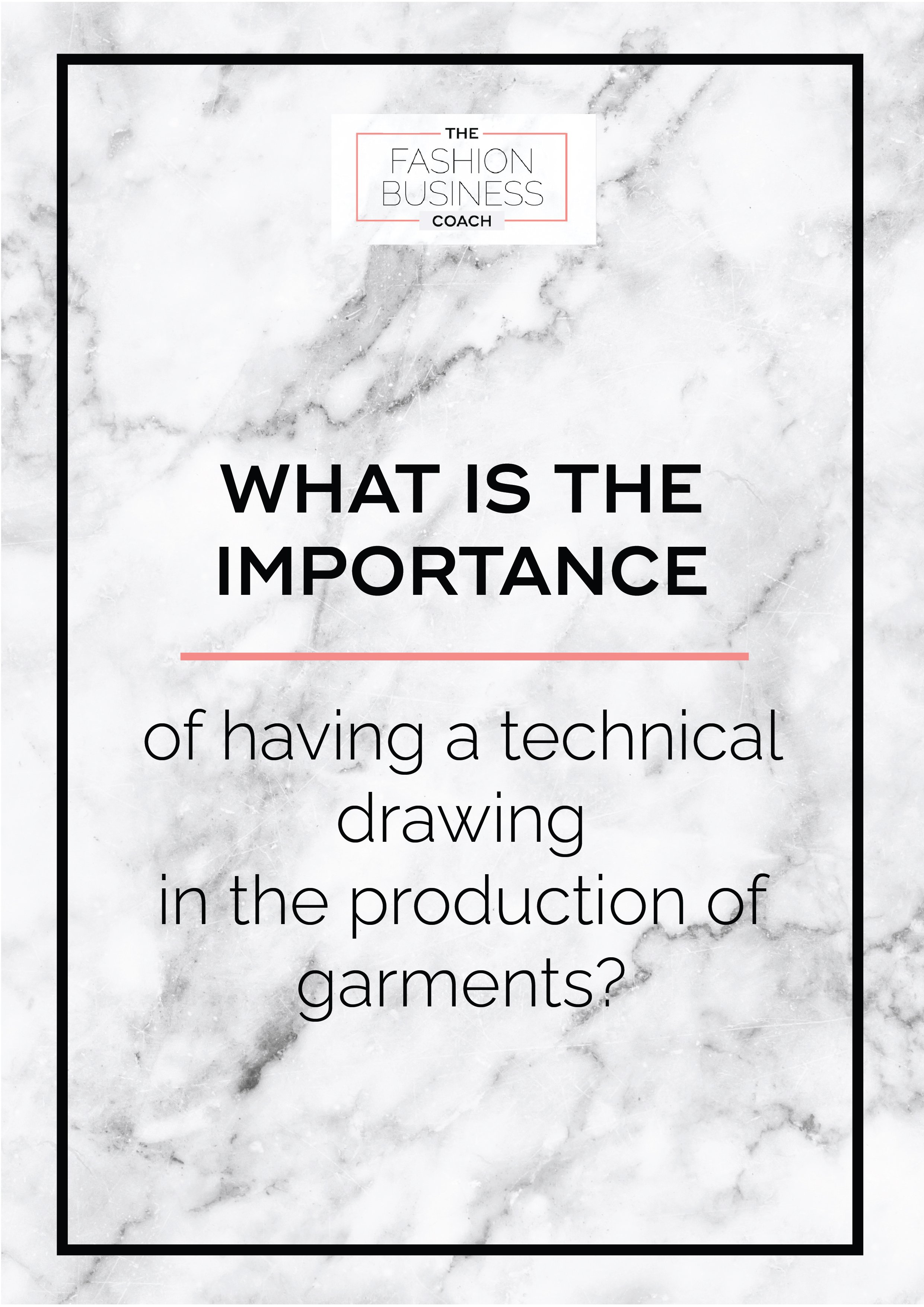
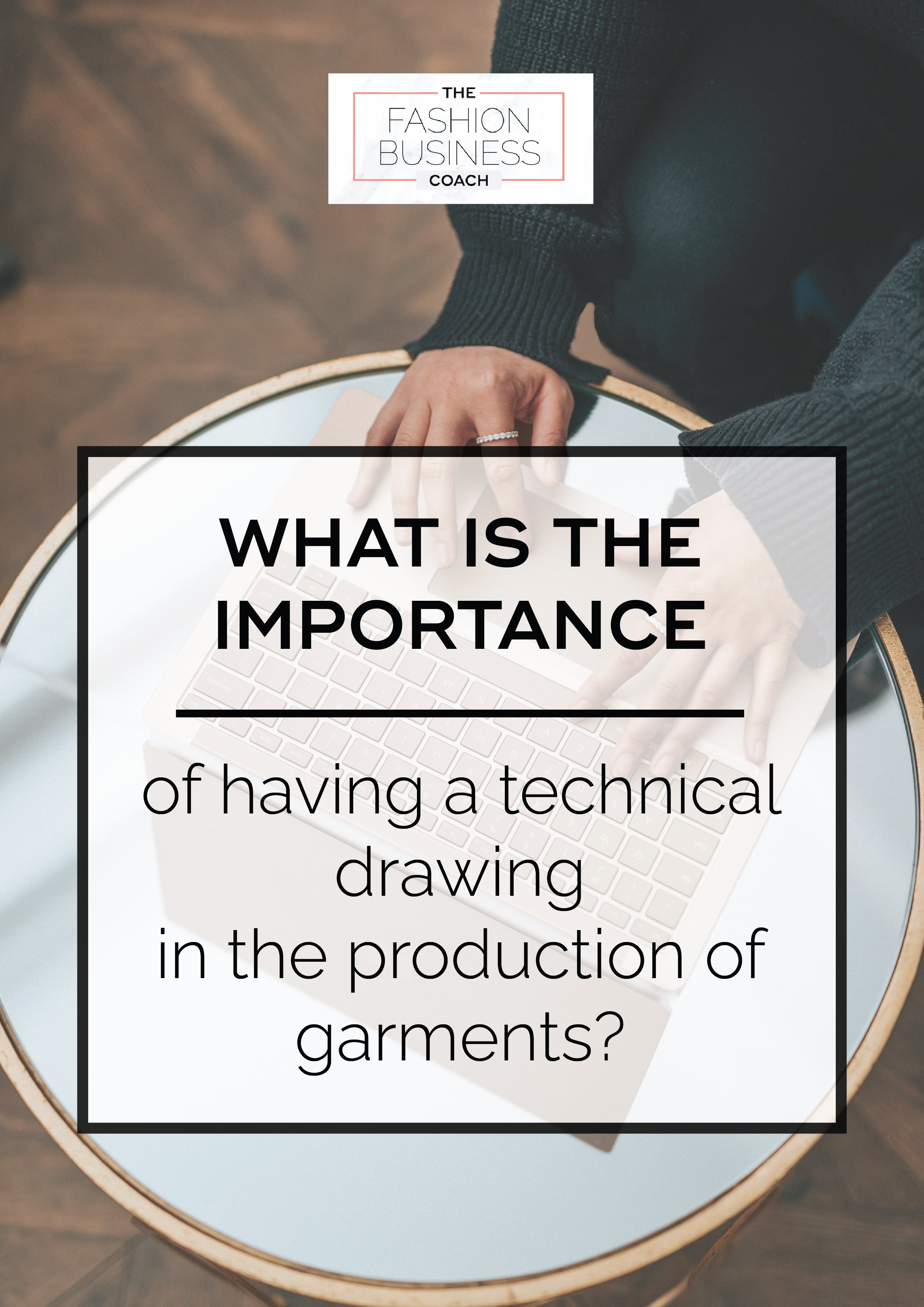
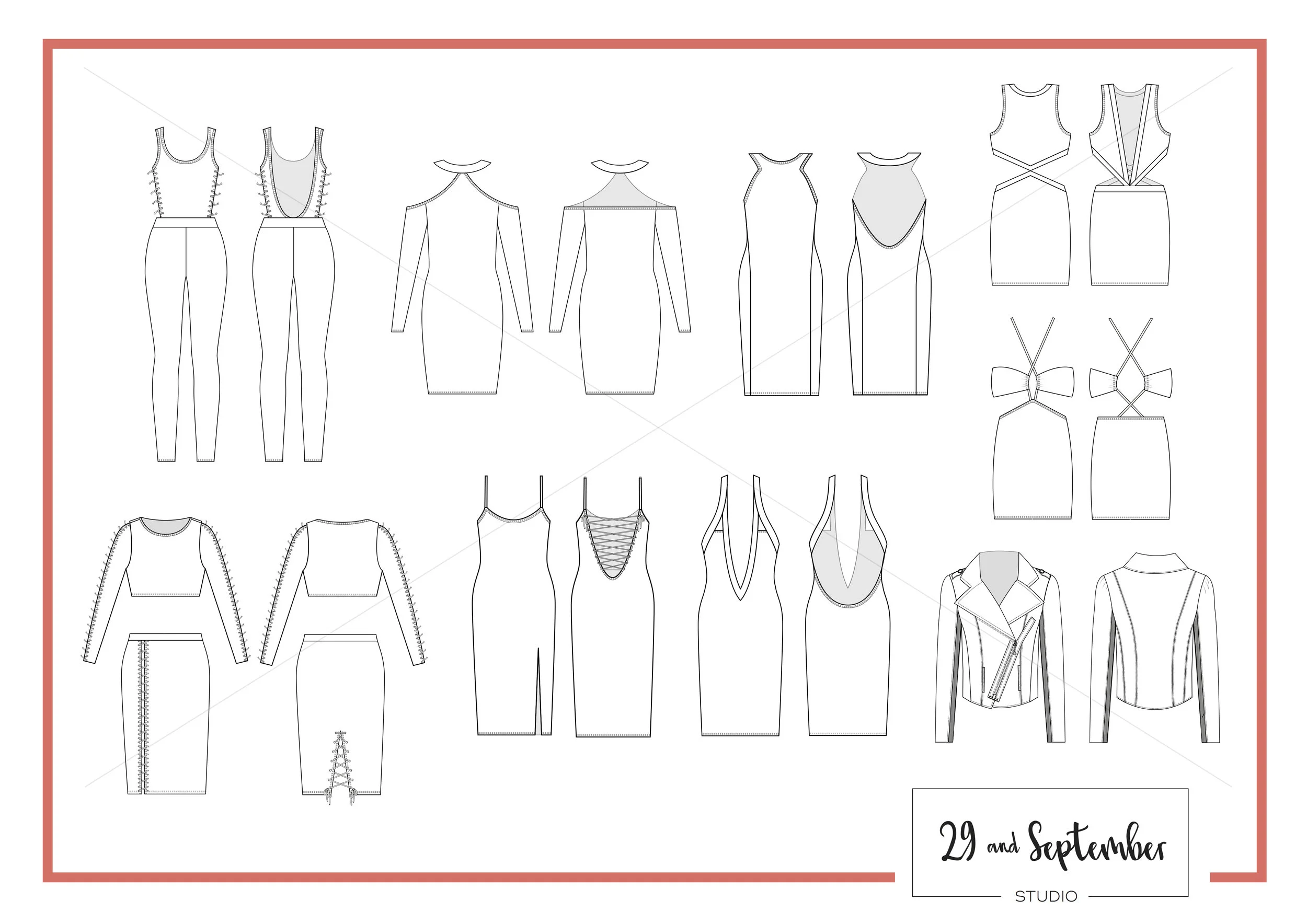














Pickleball outfit inspiration……